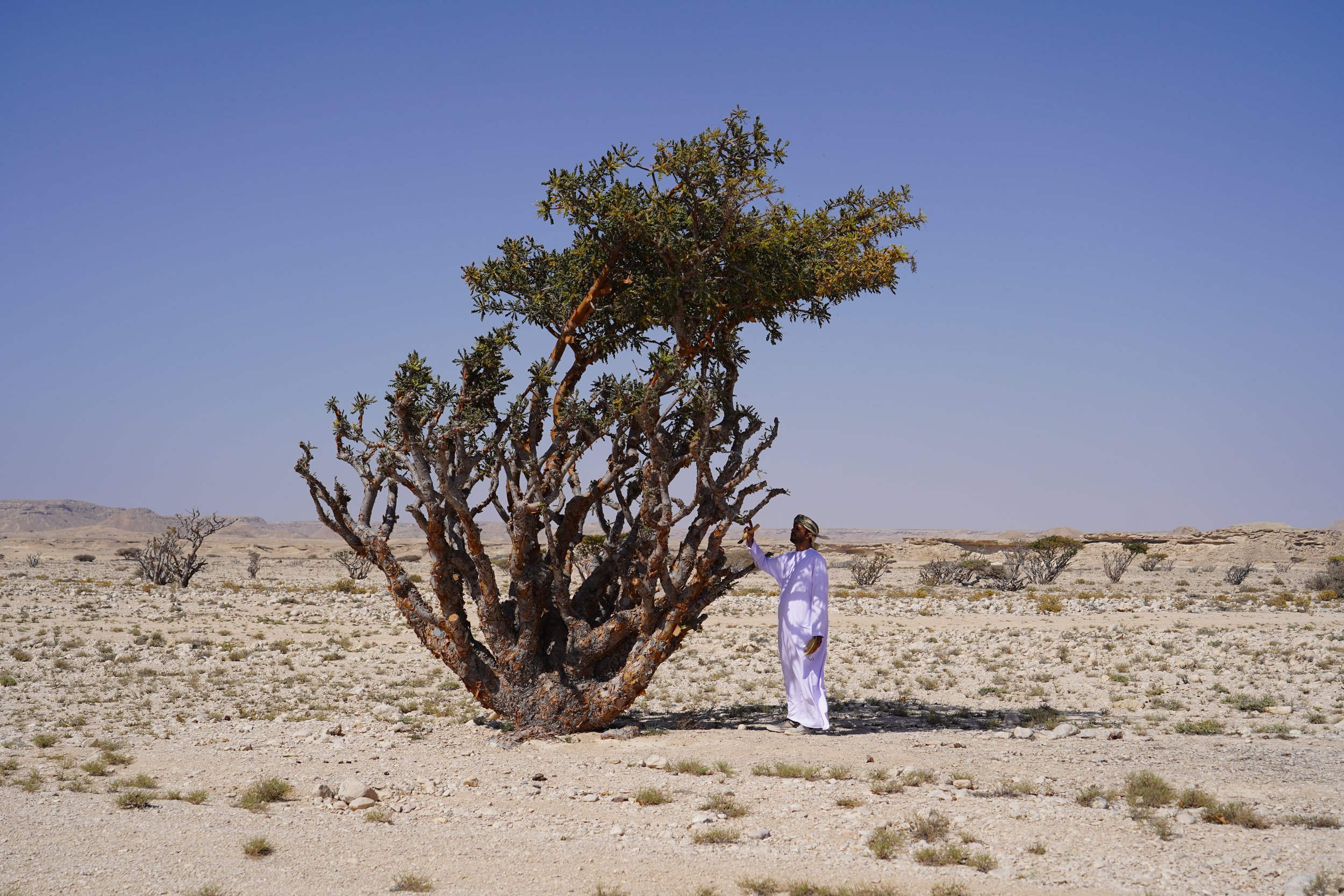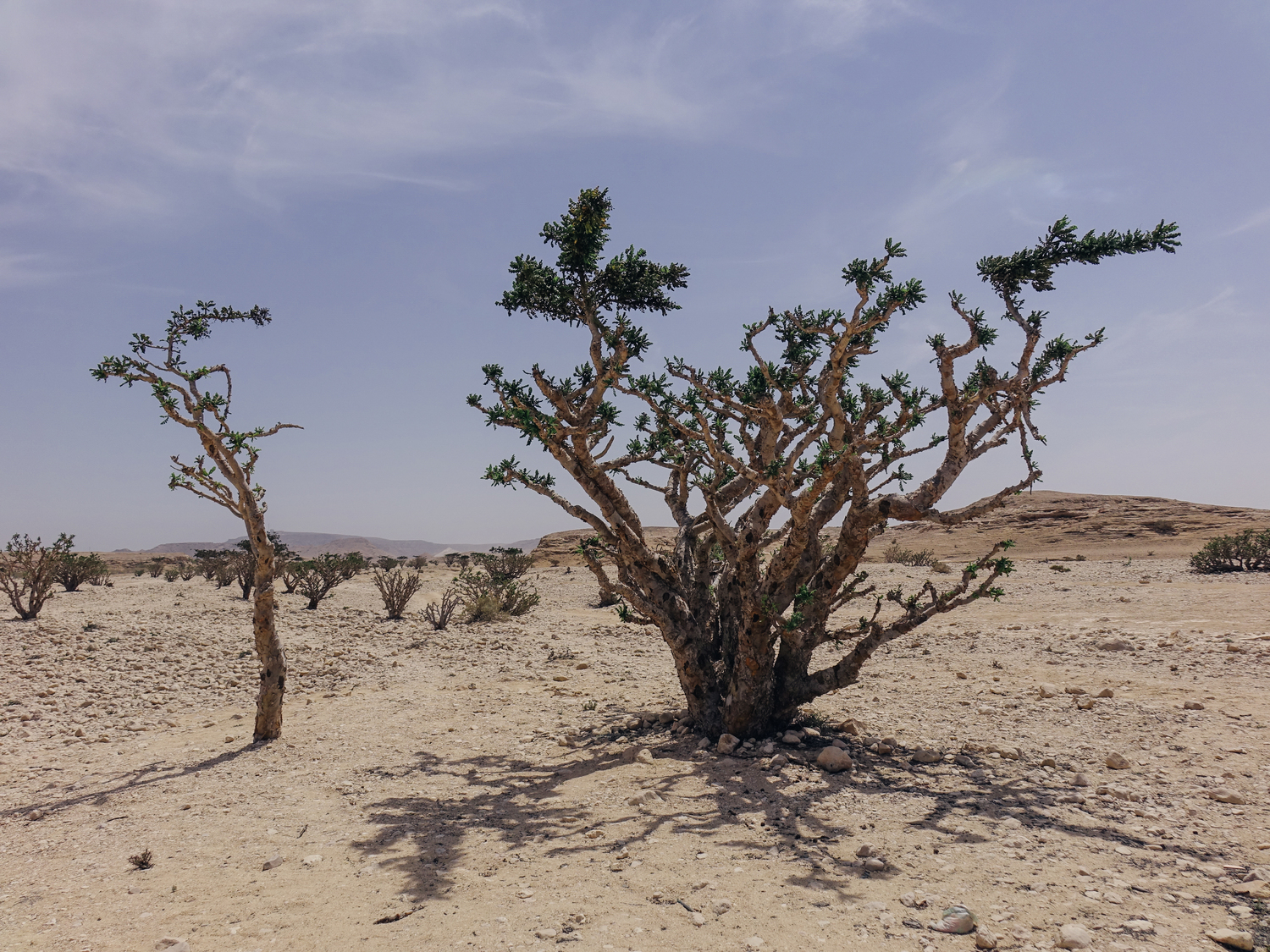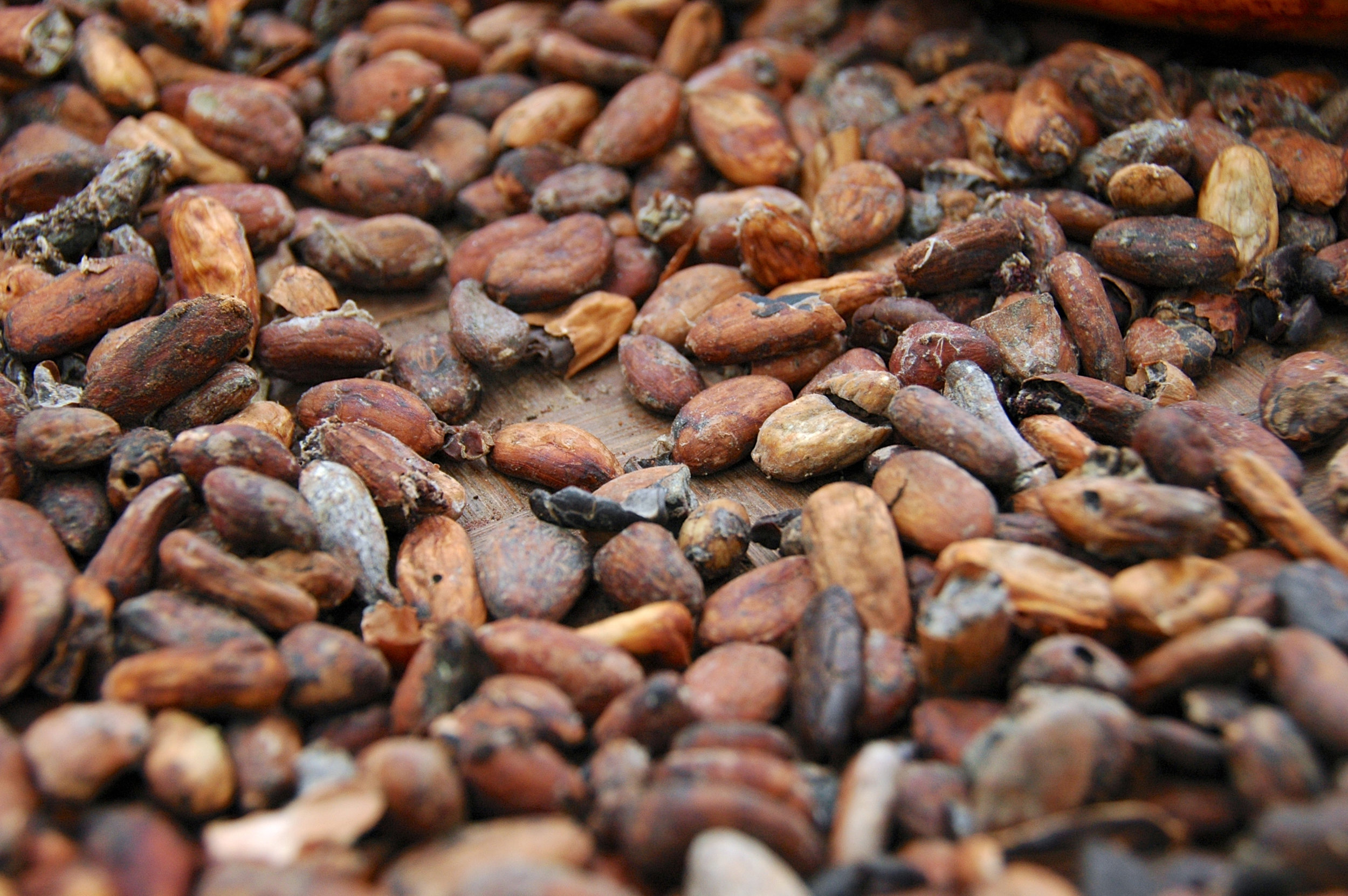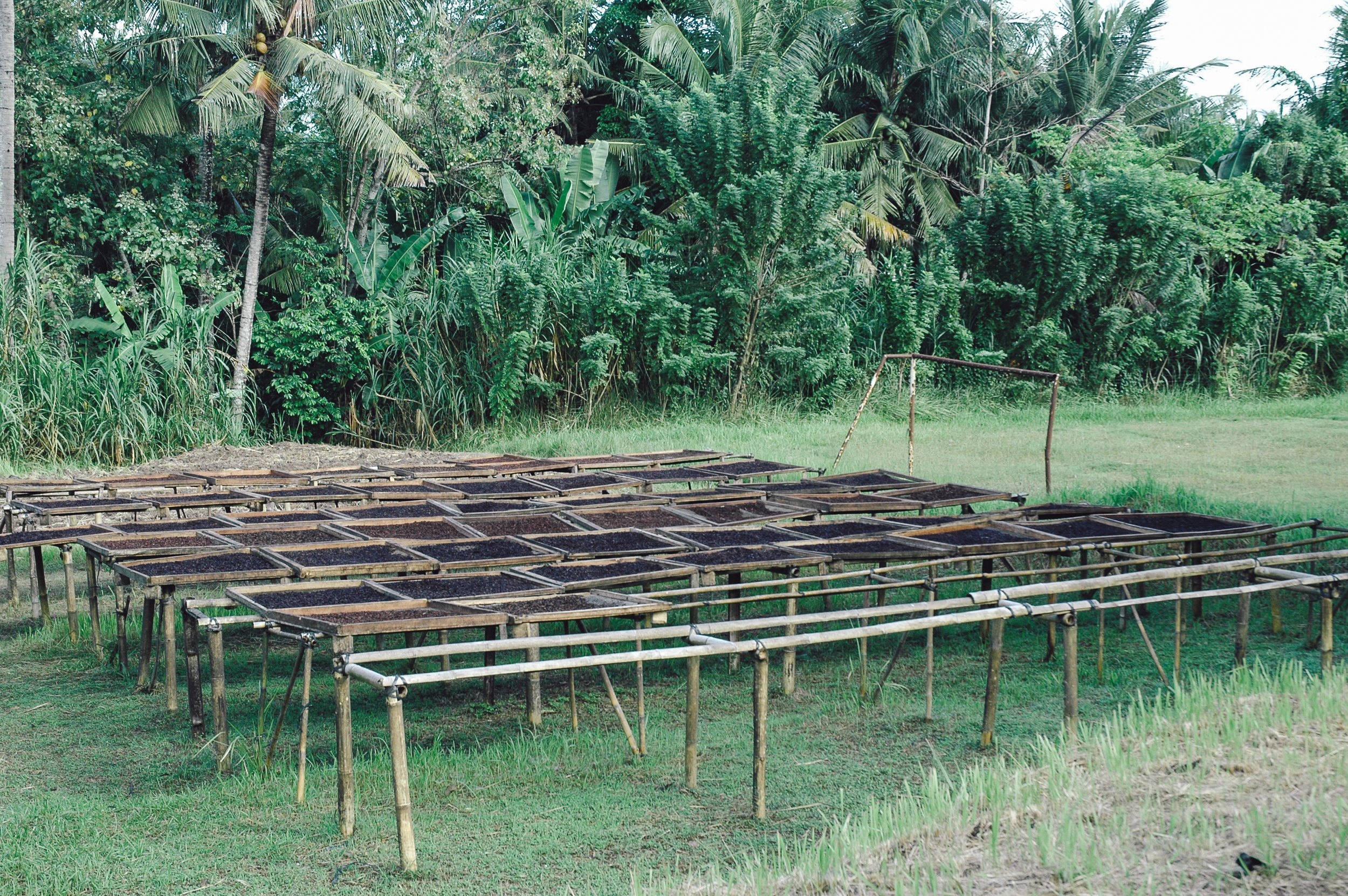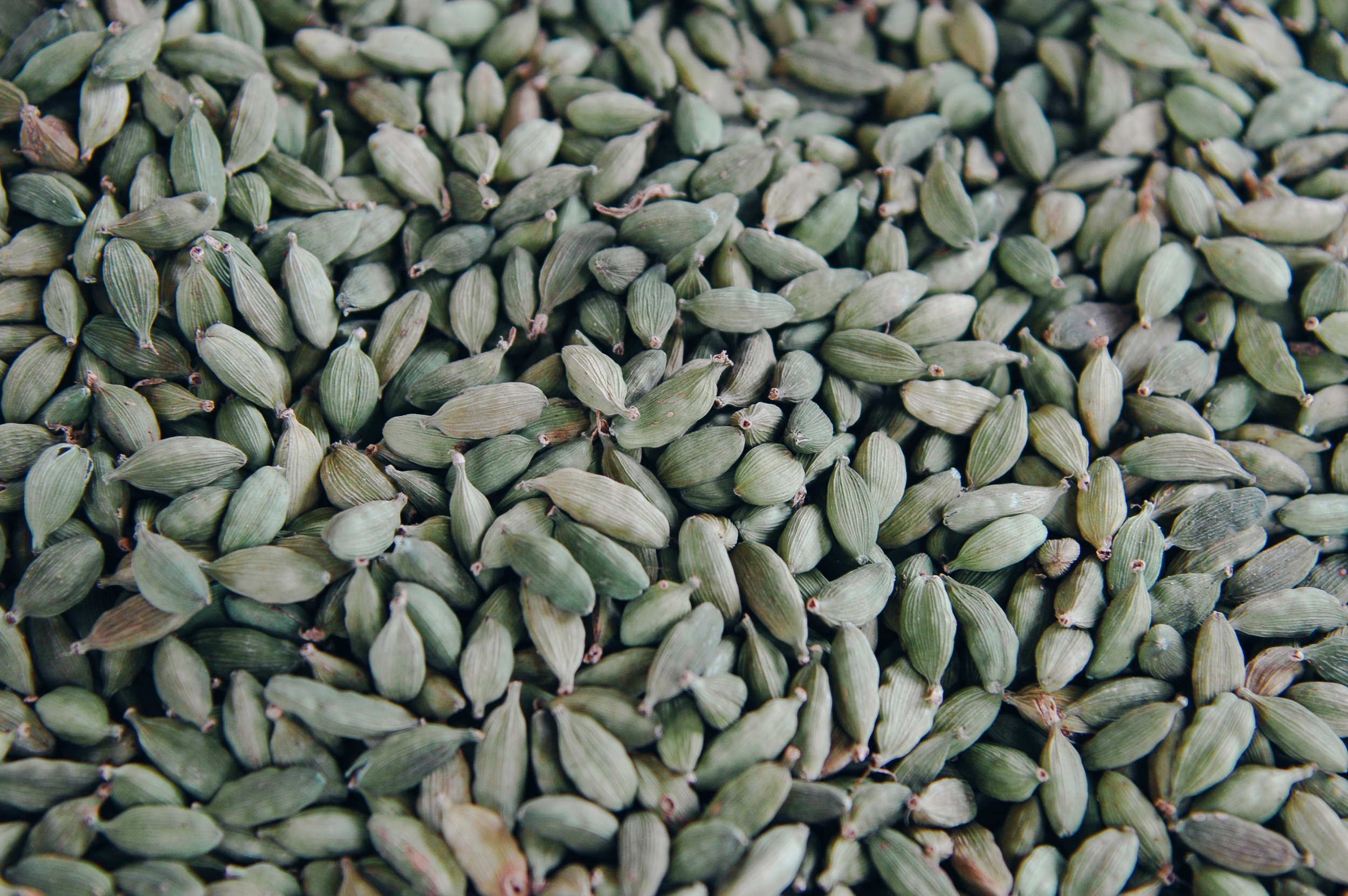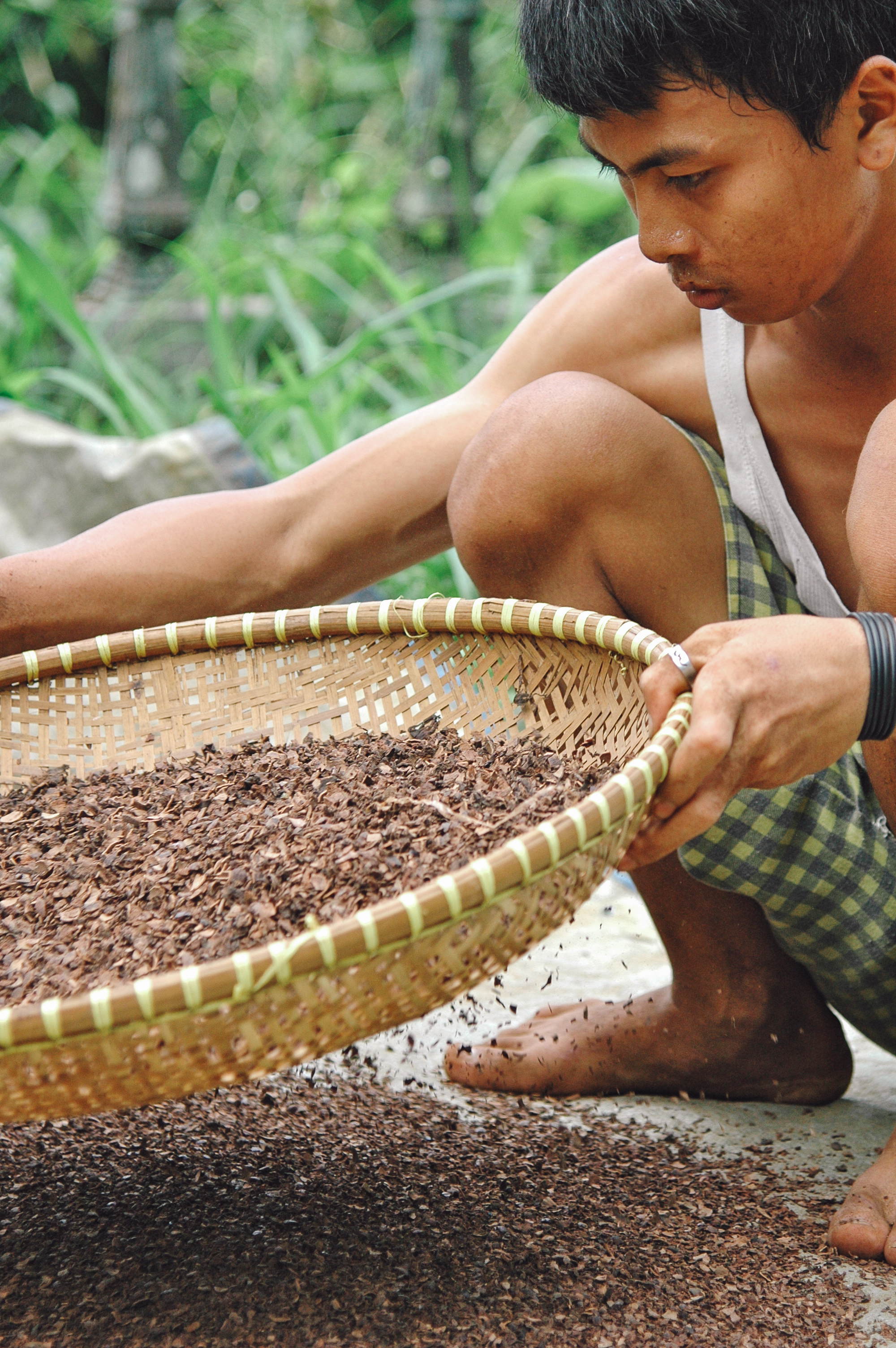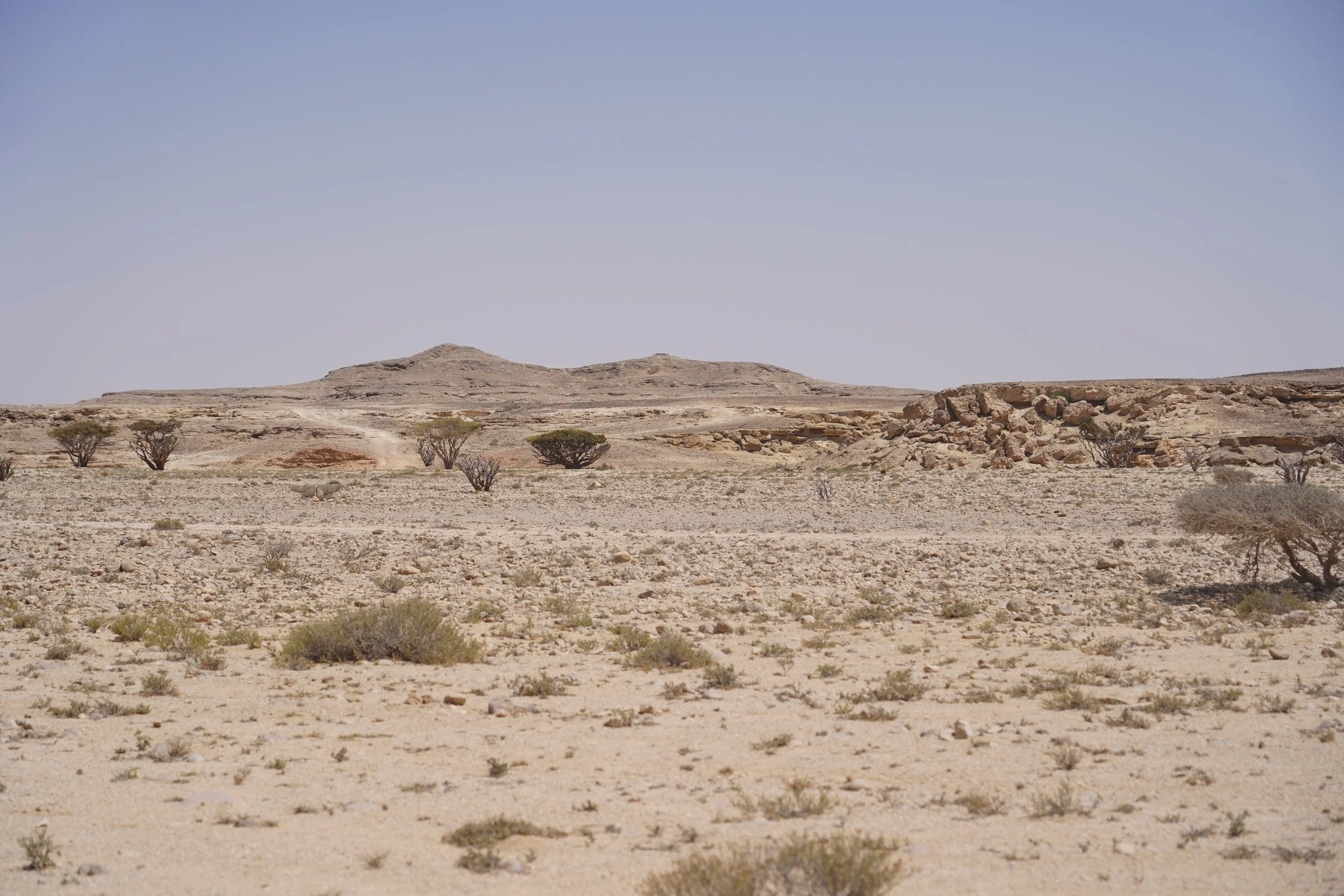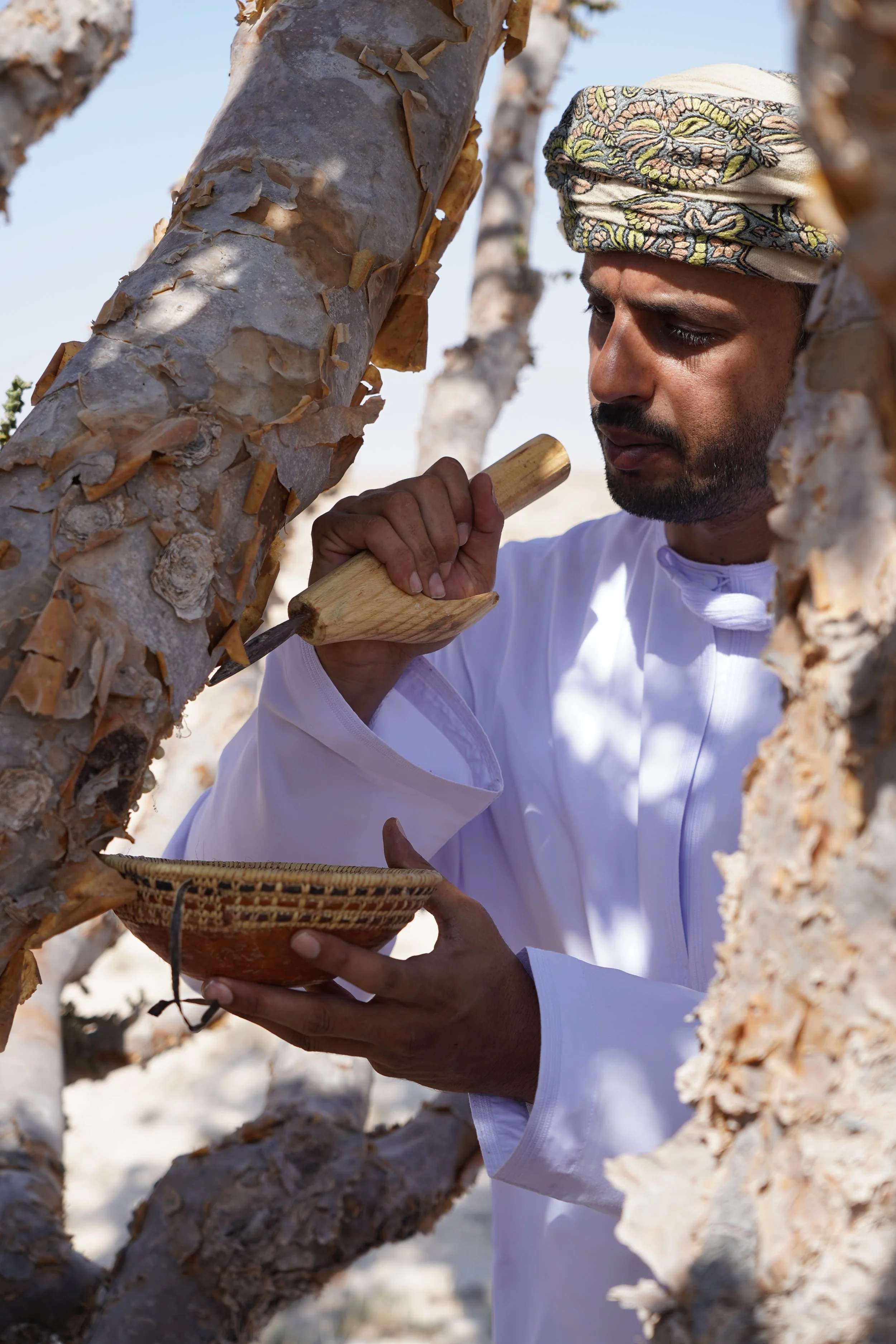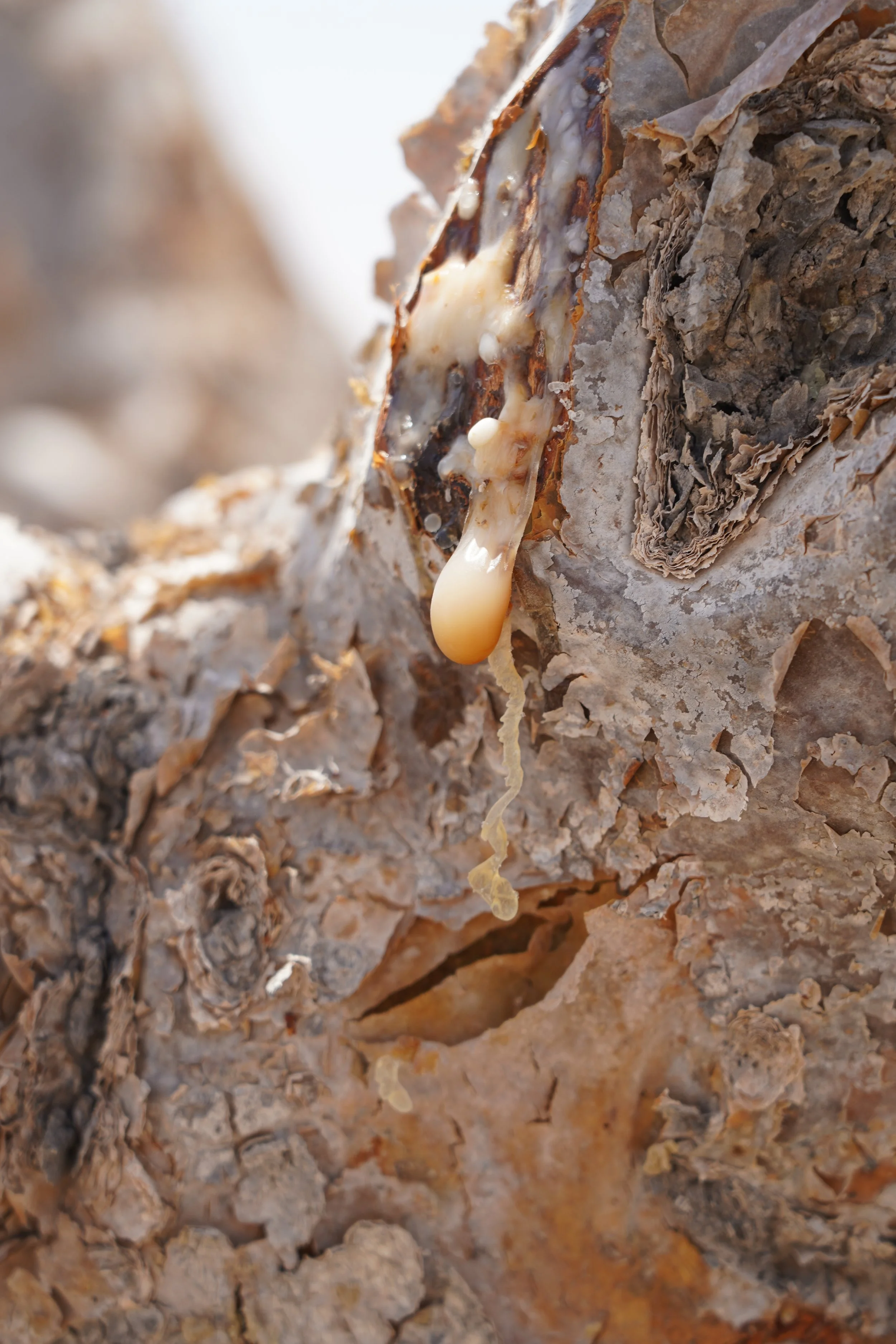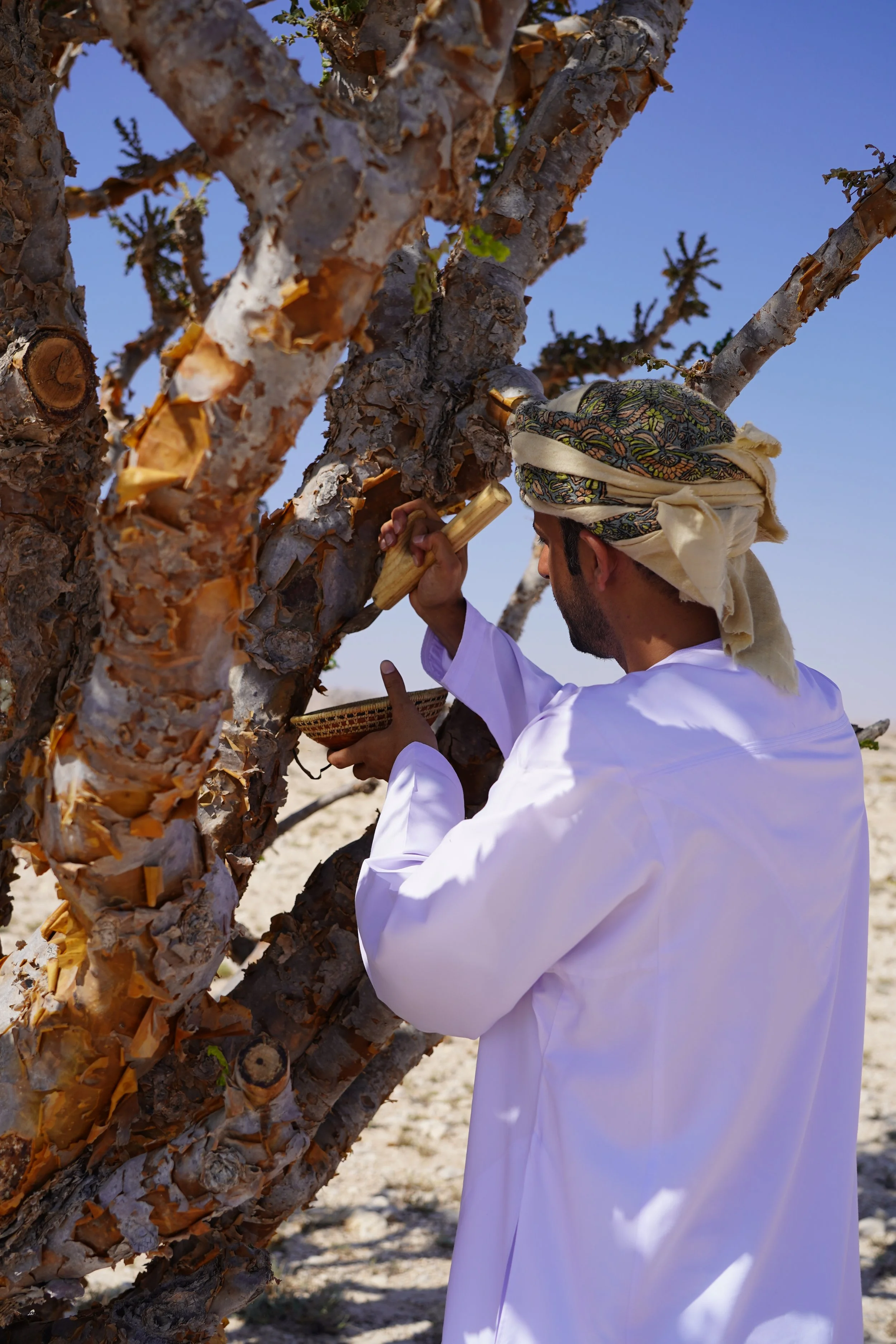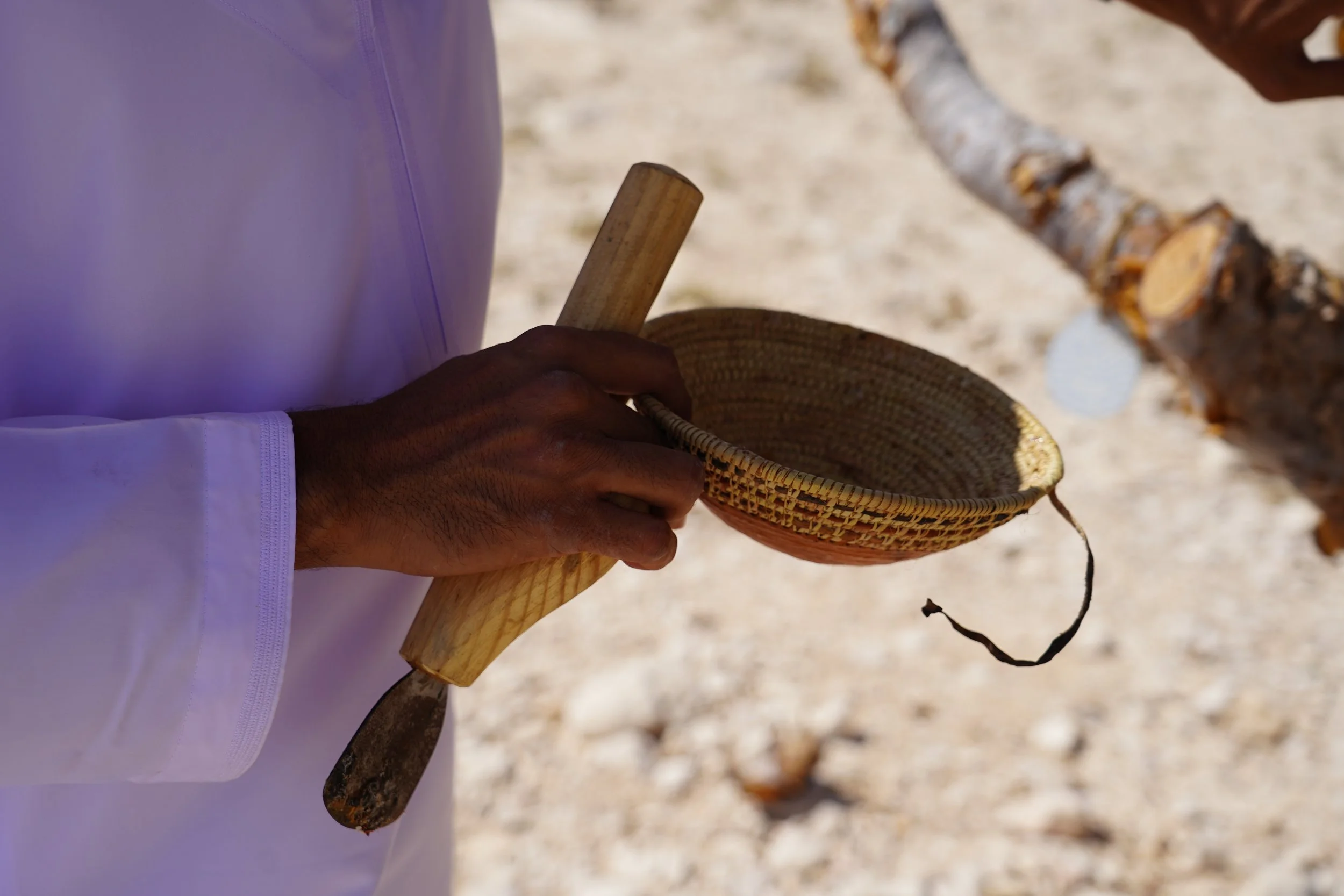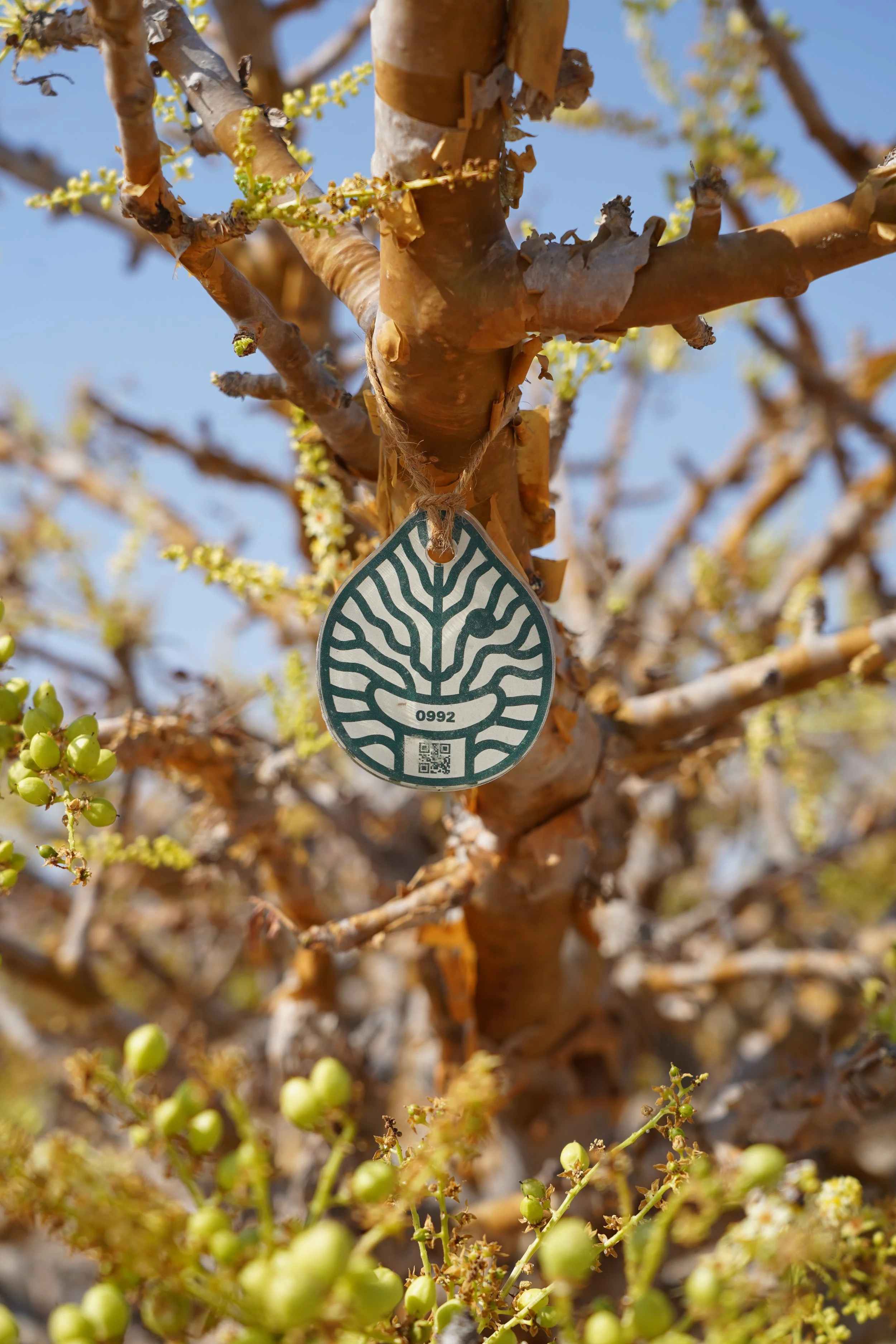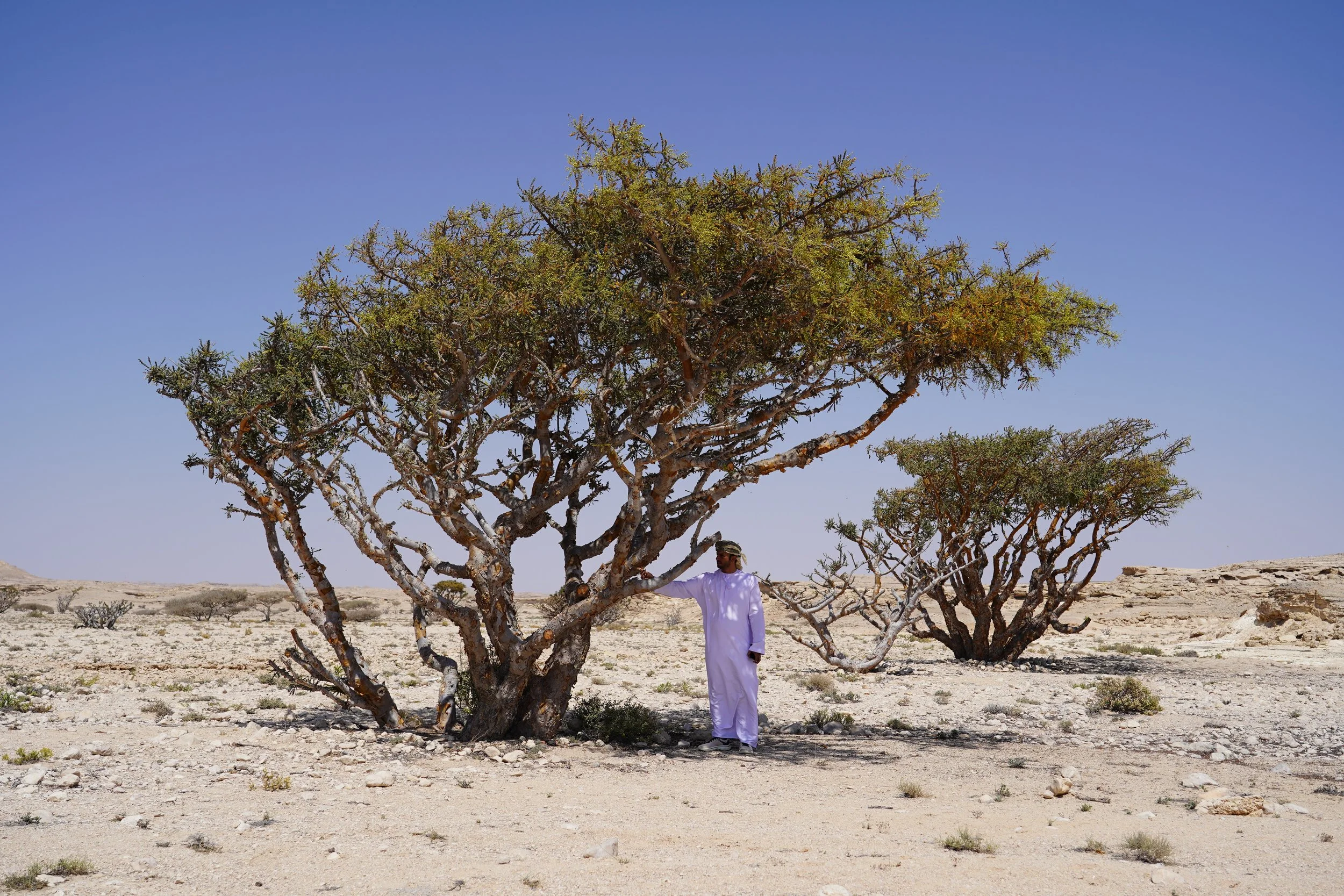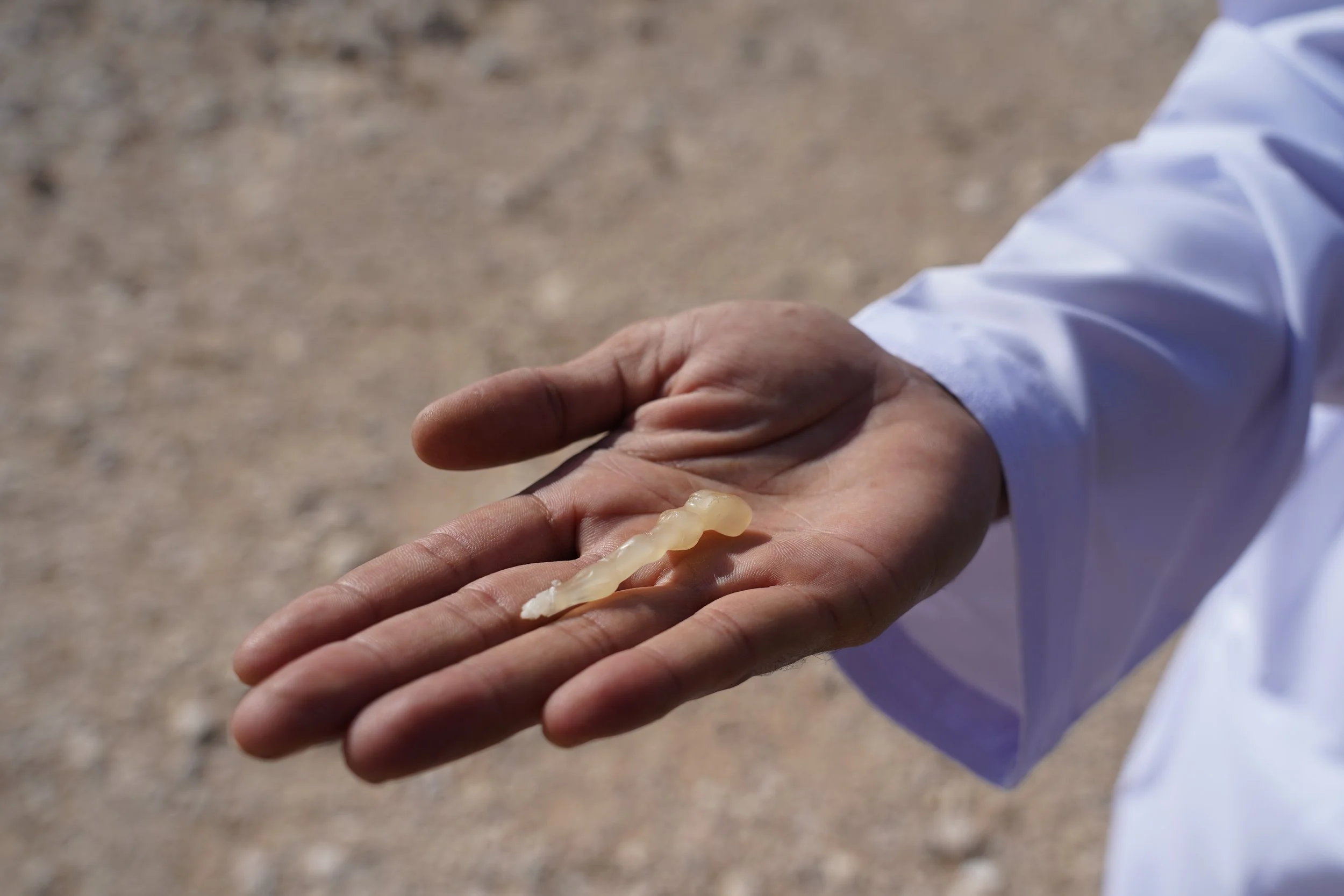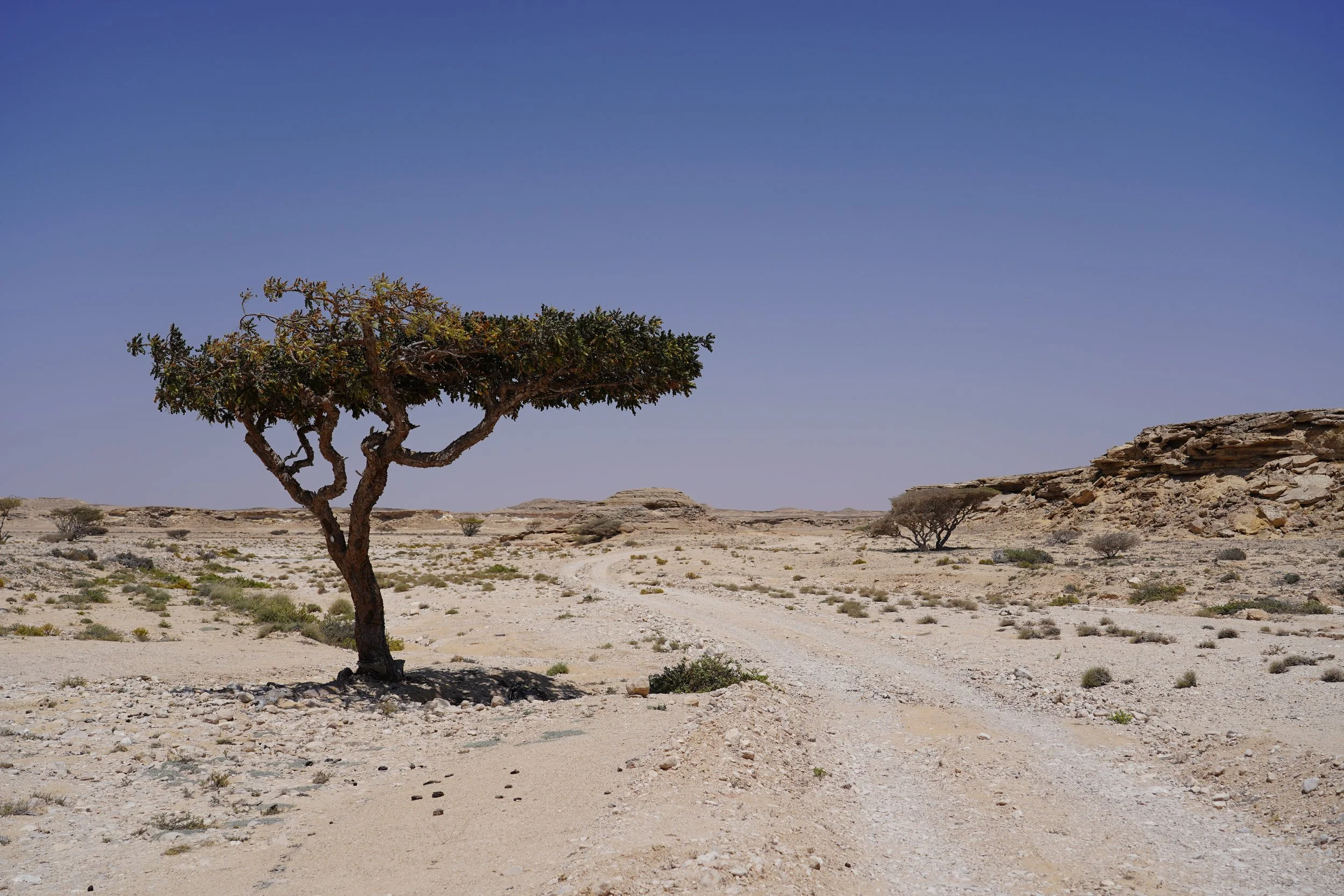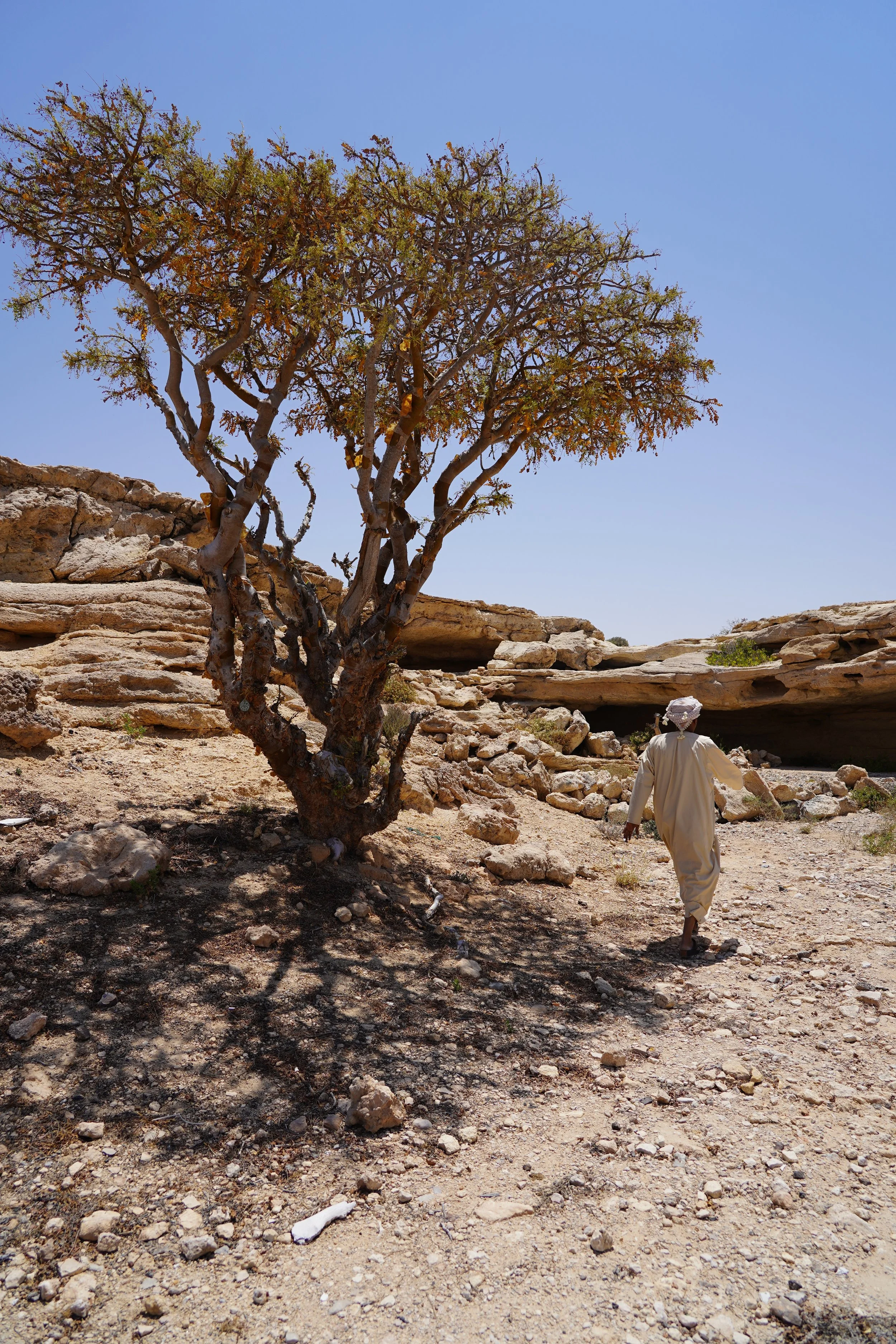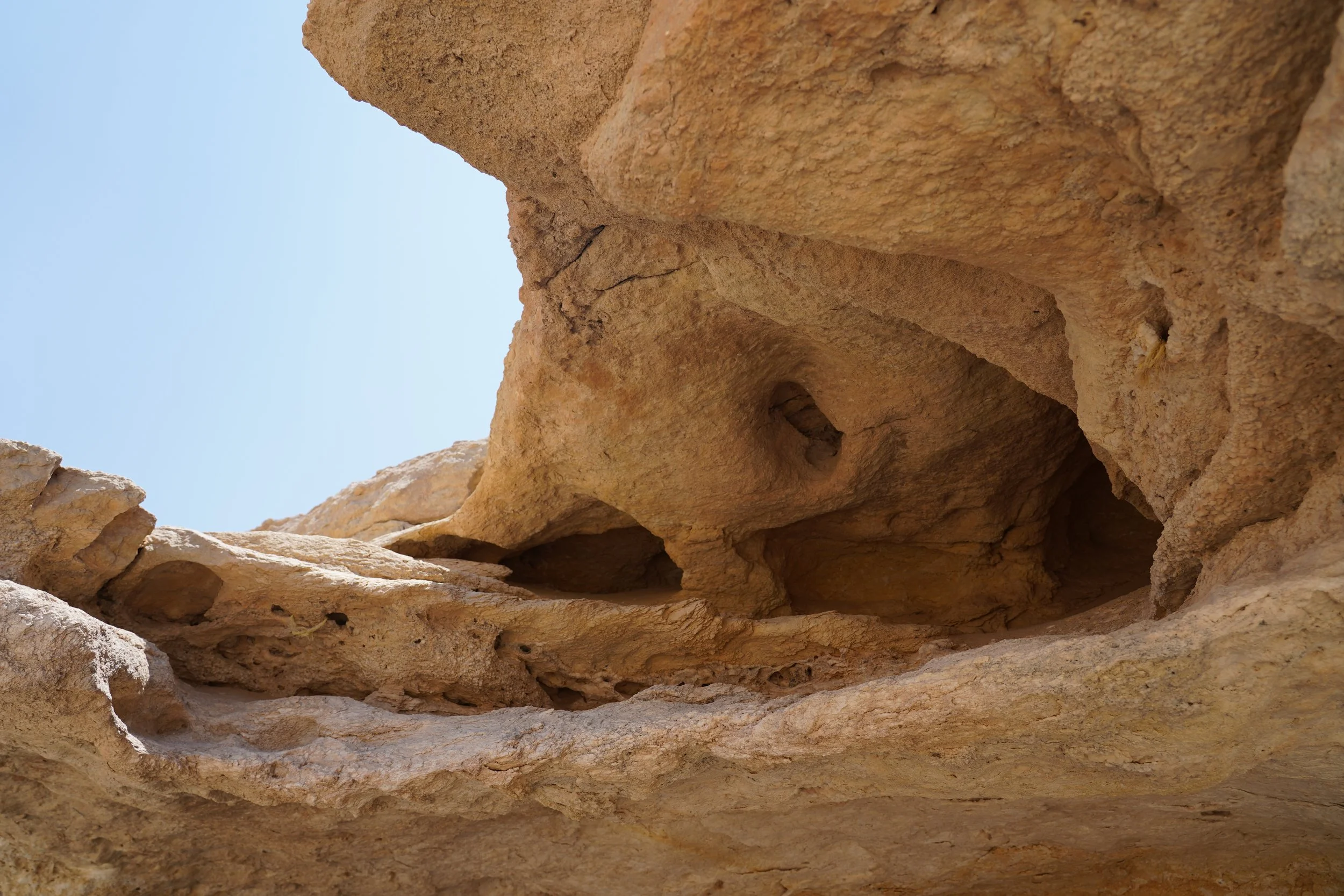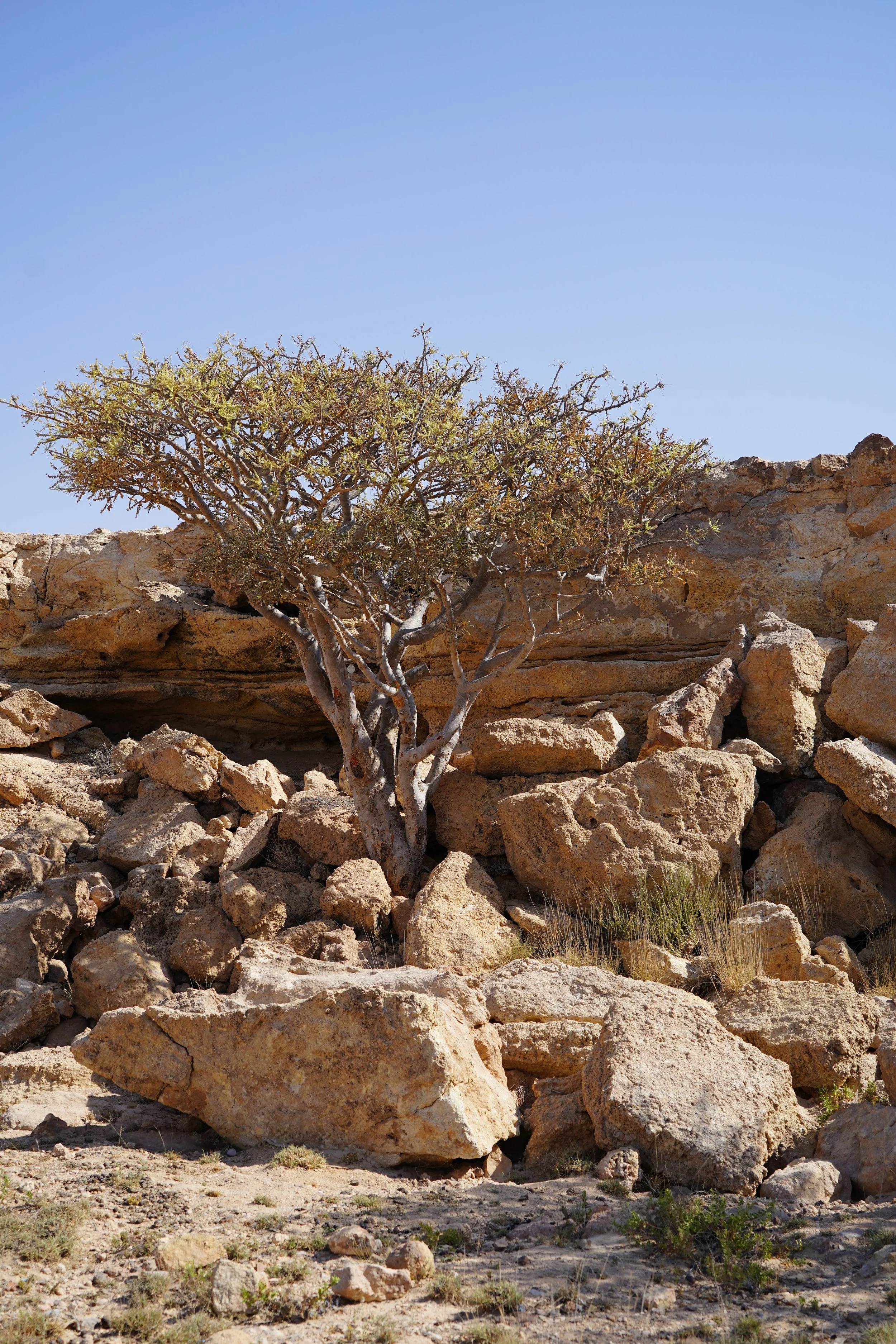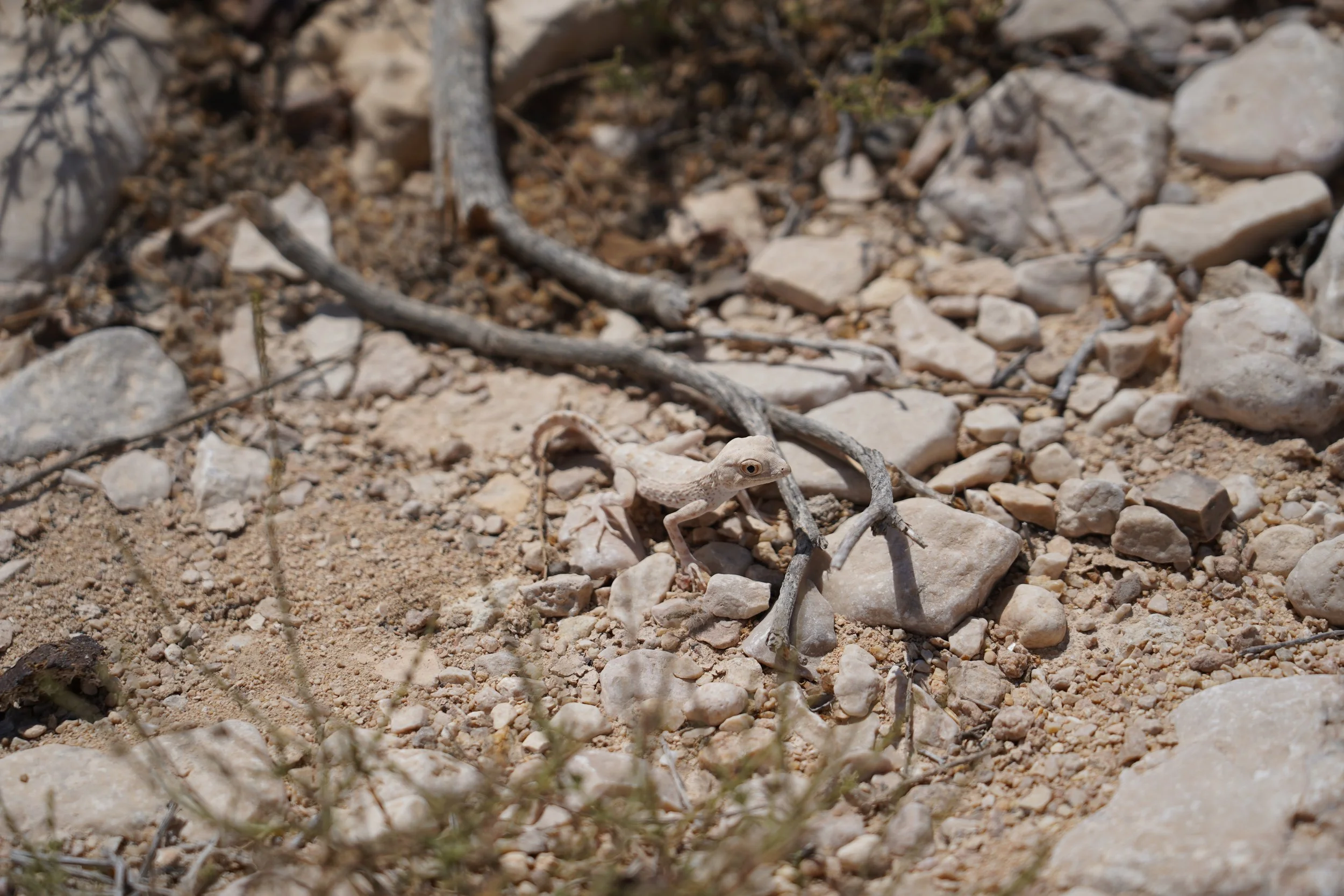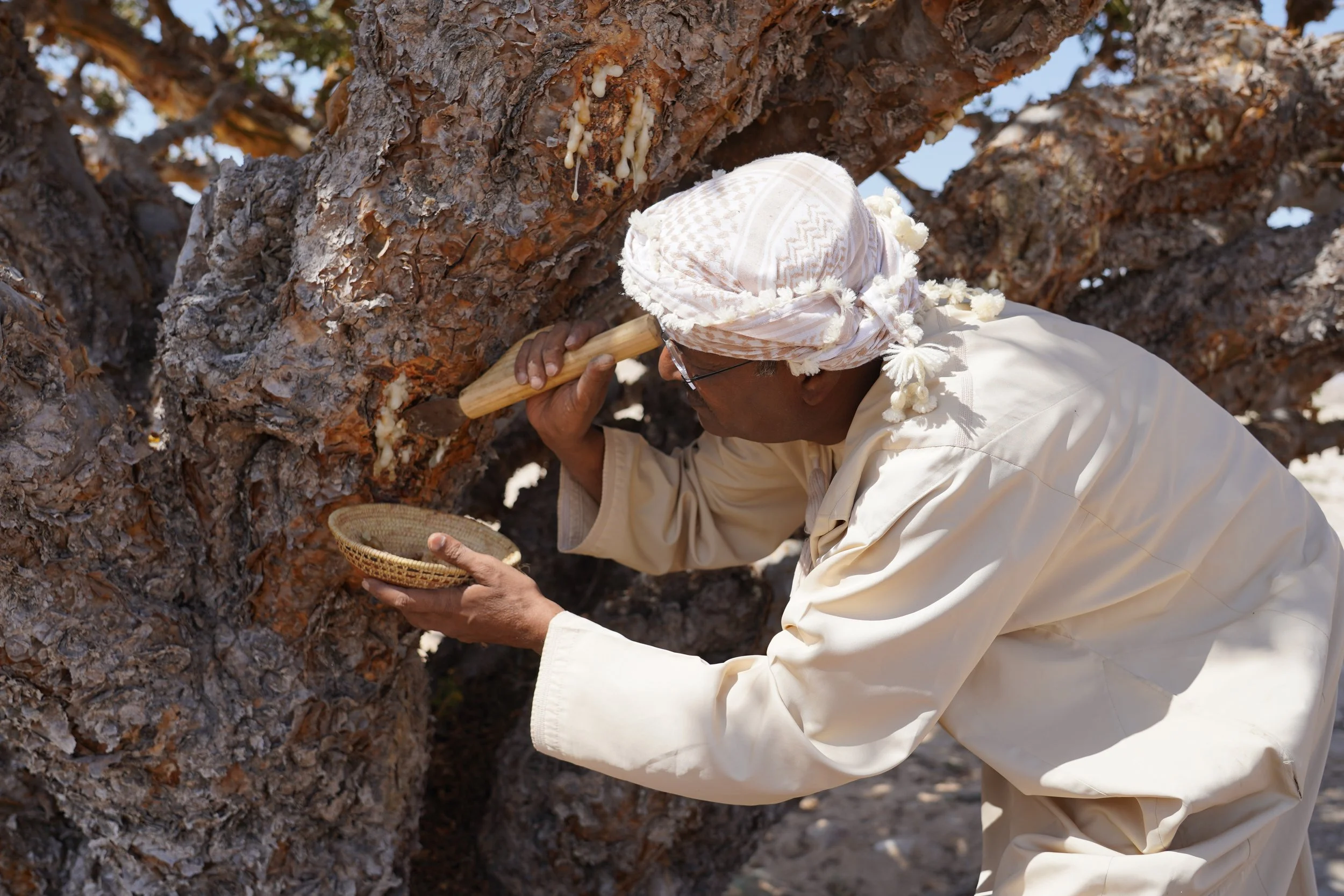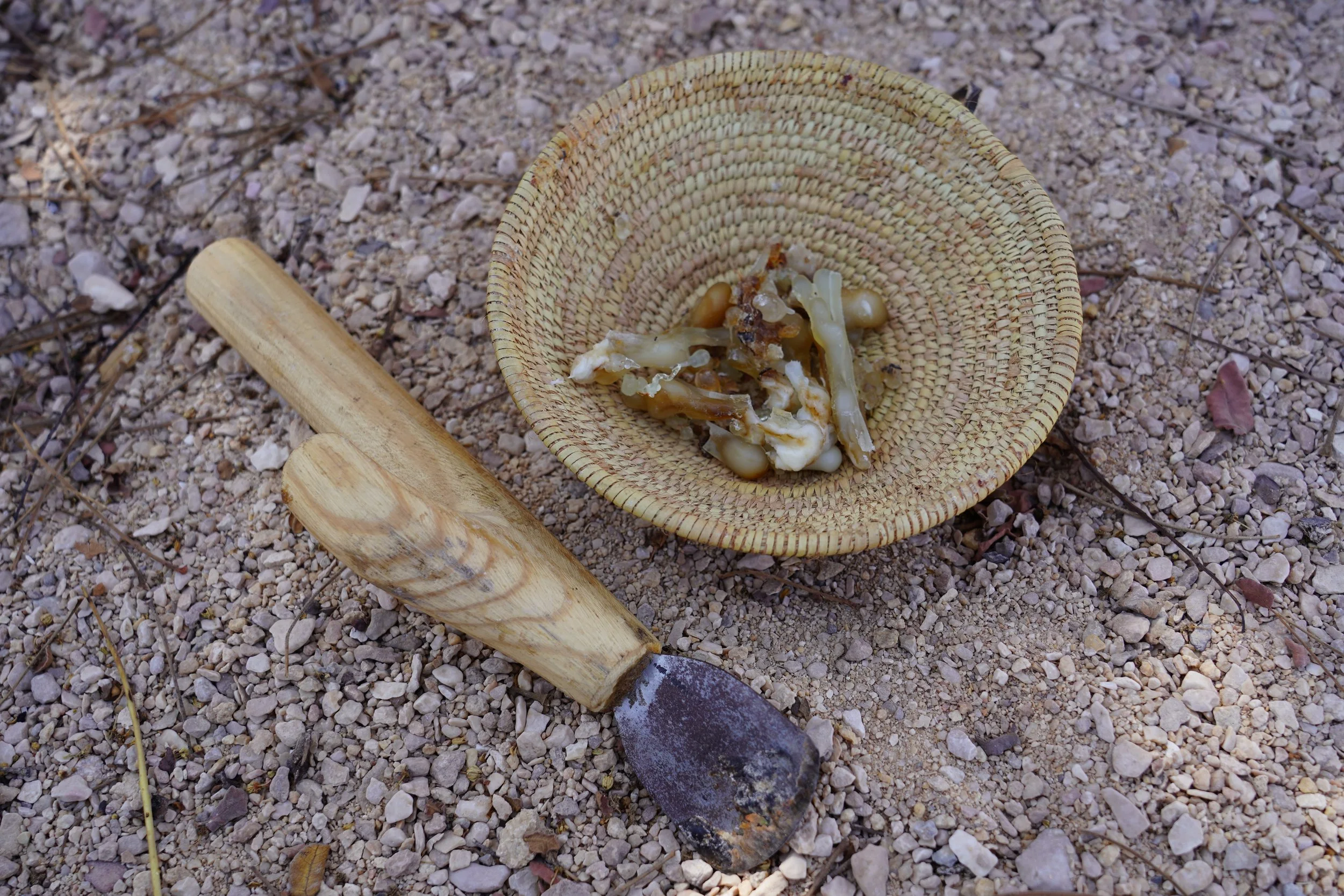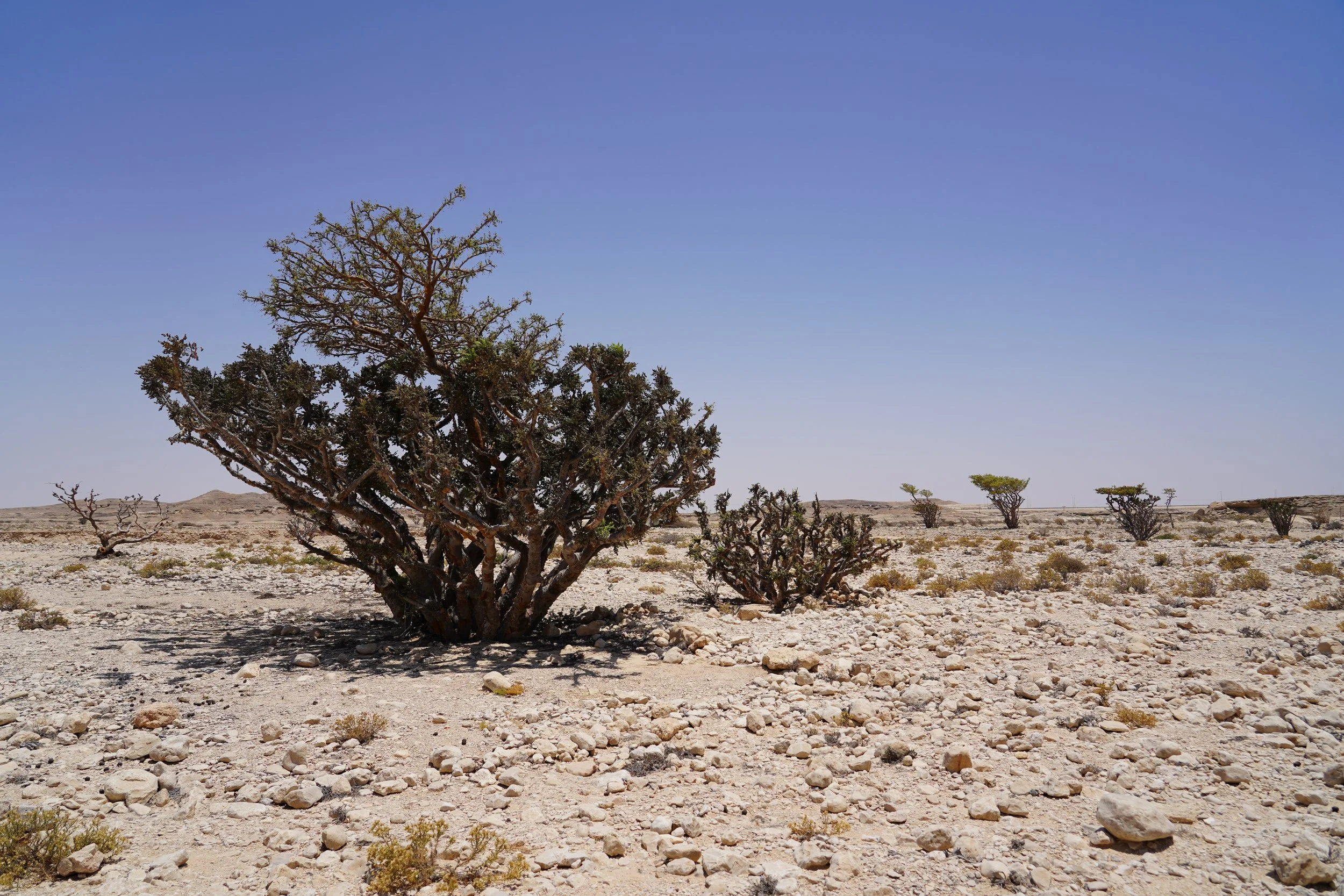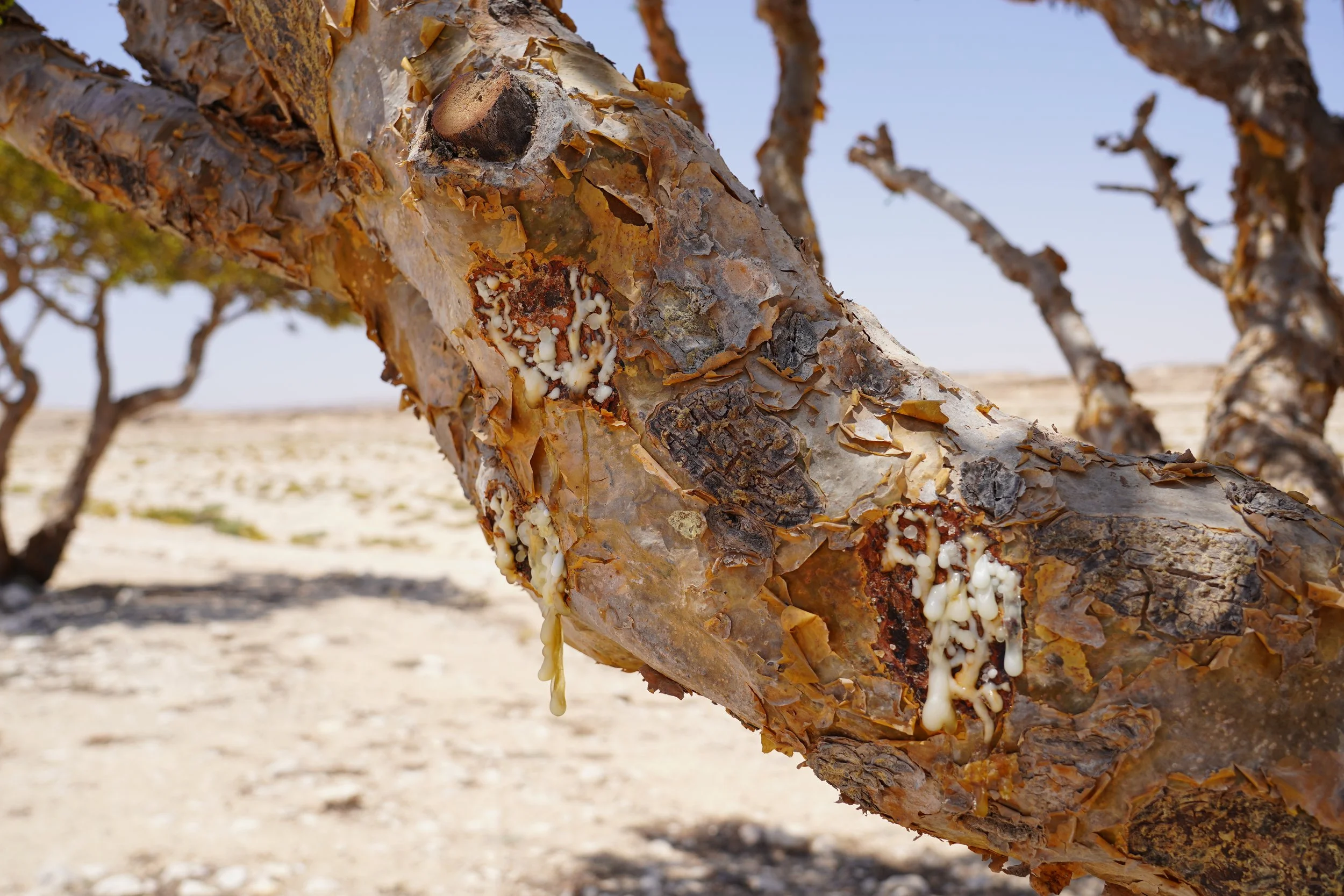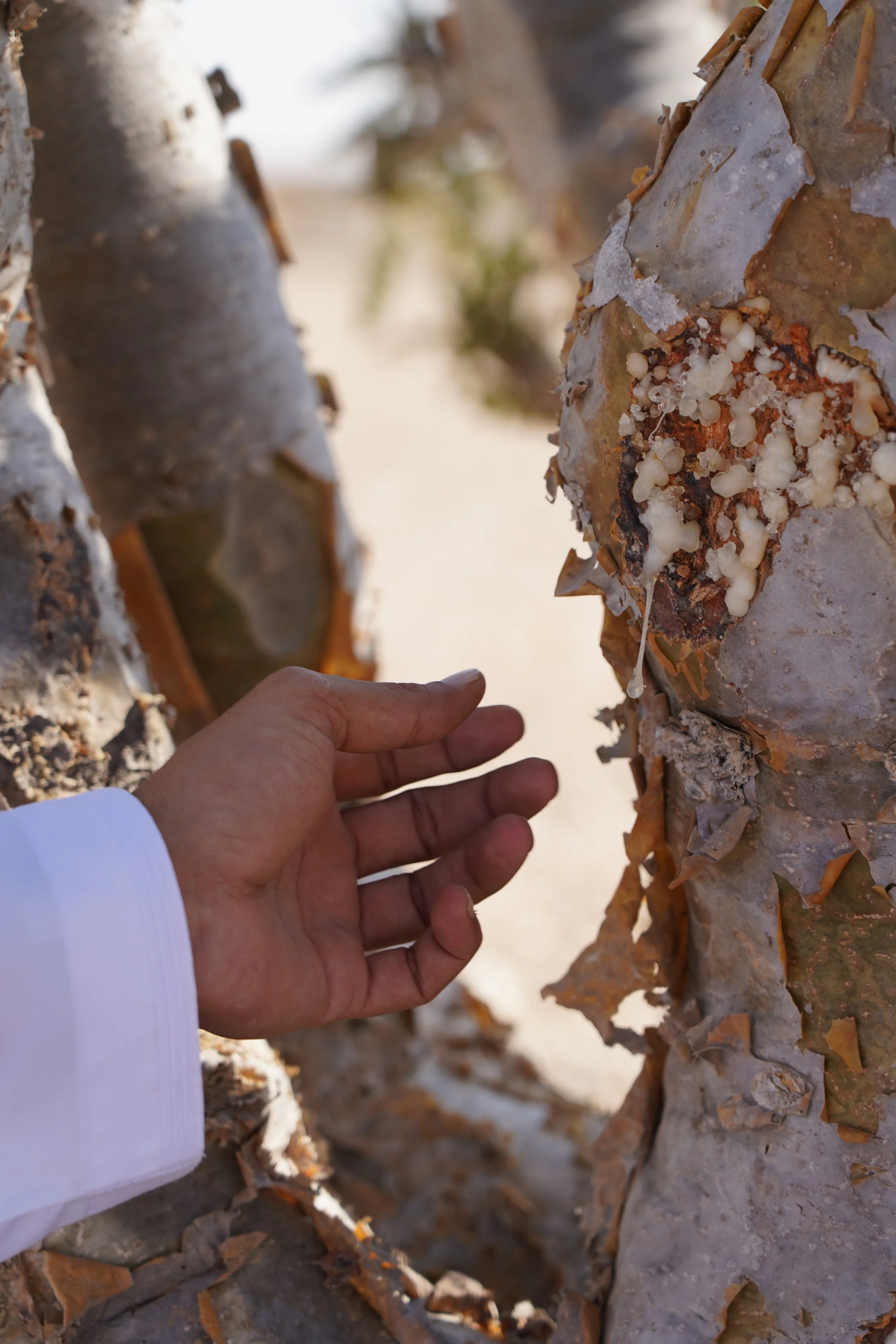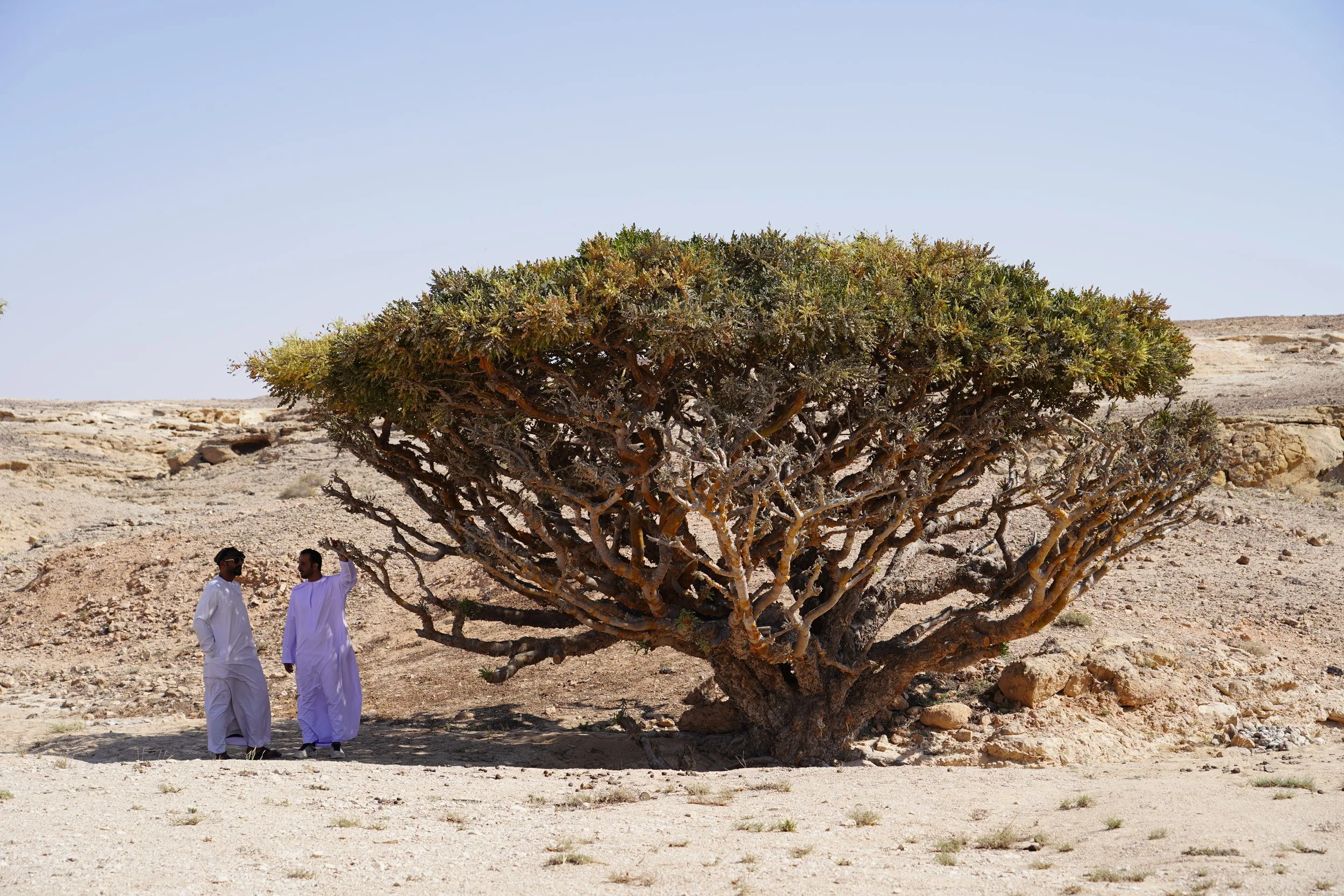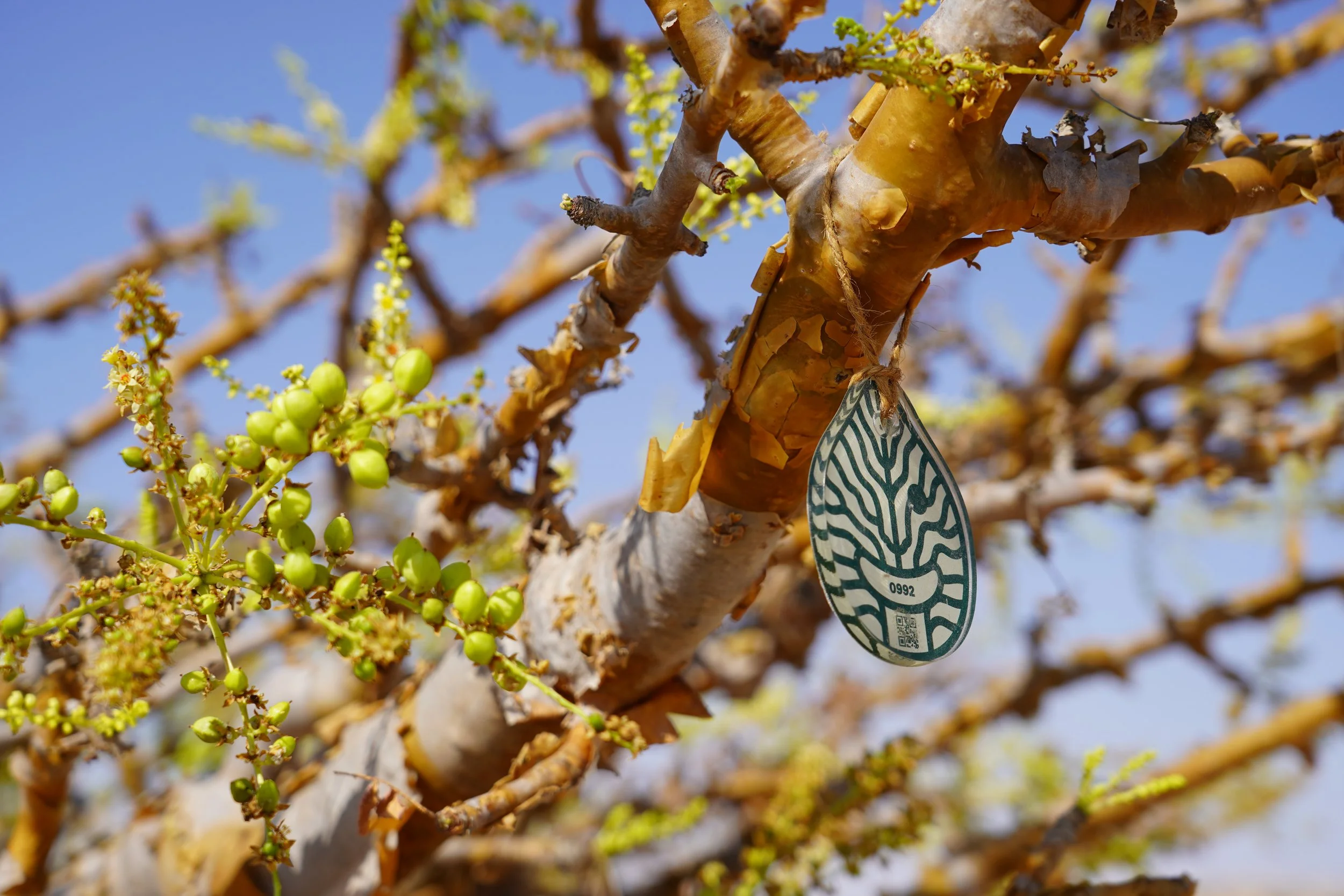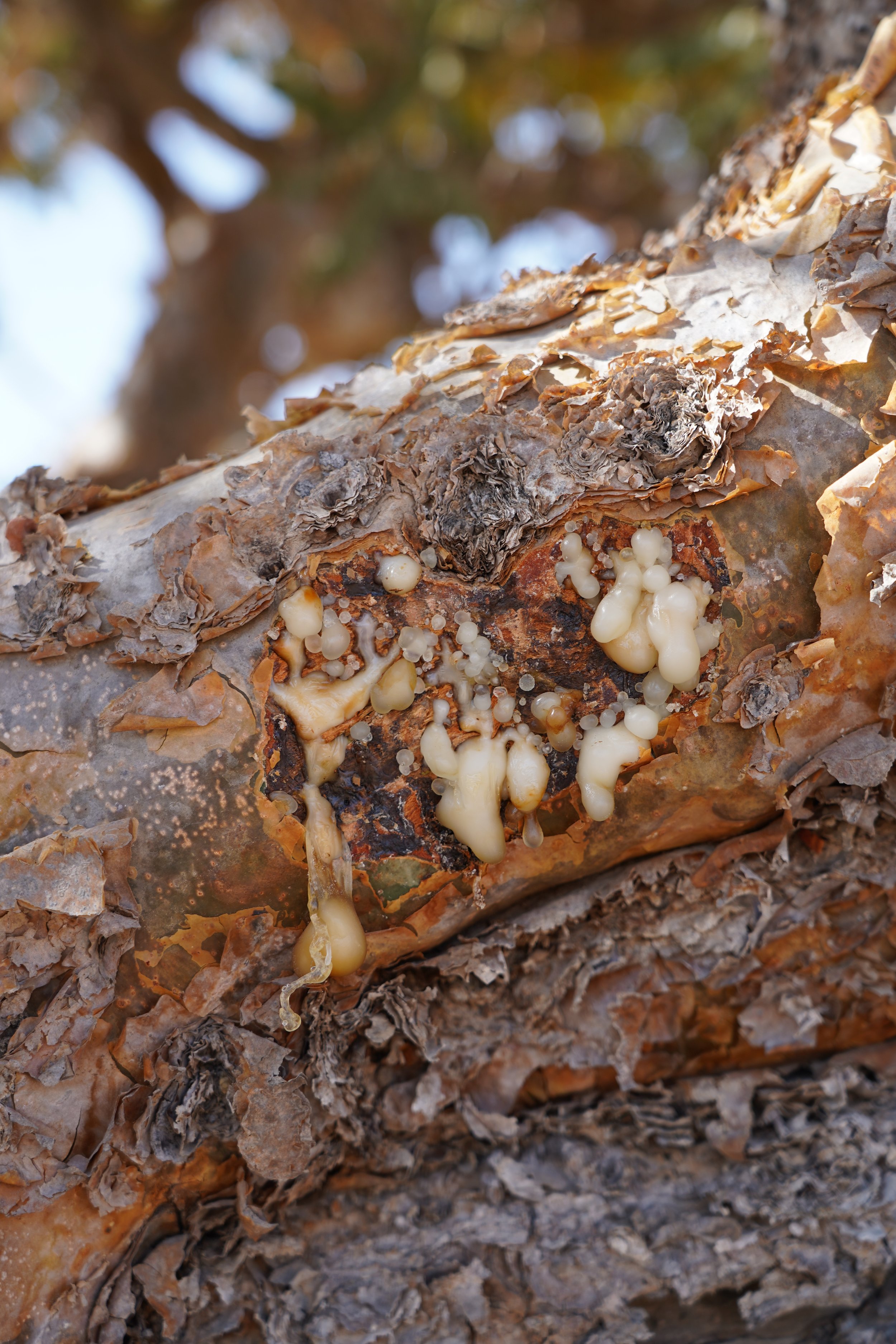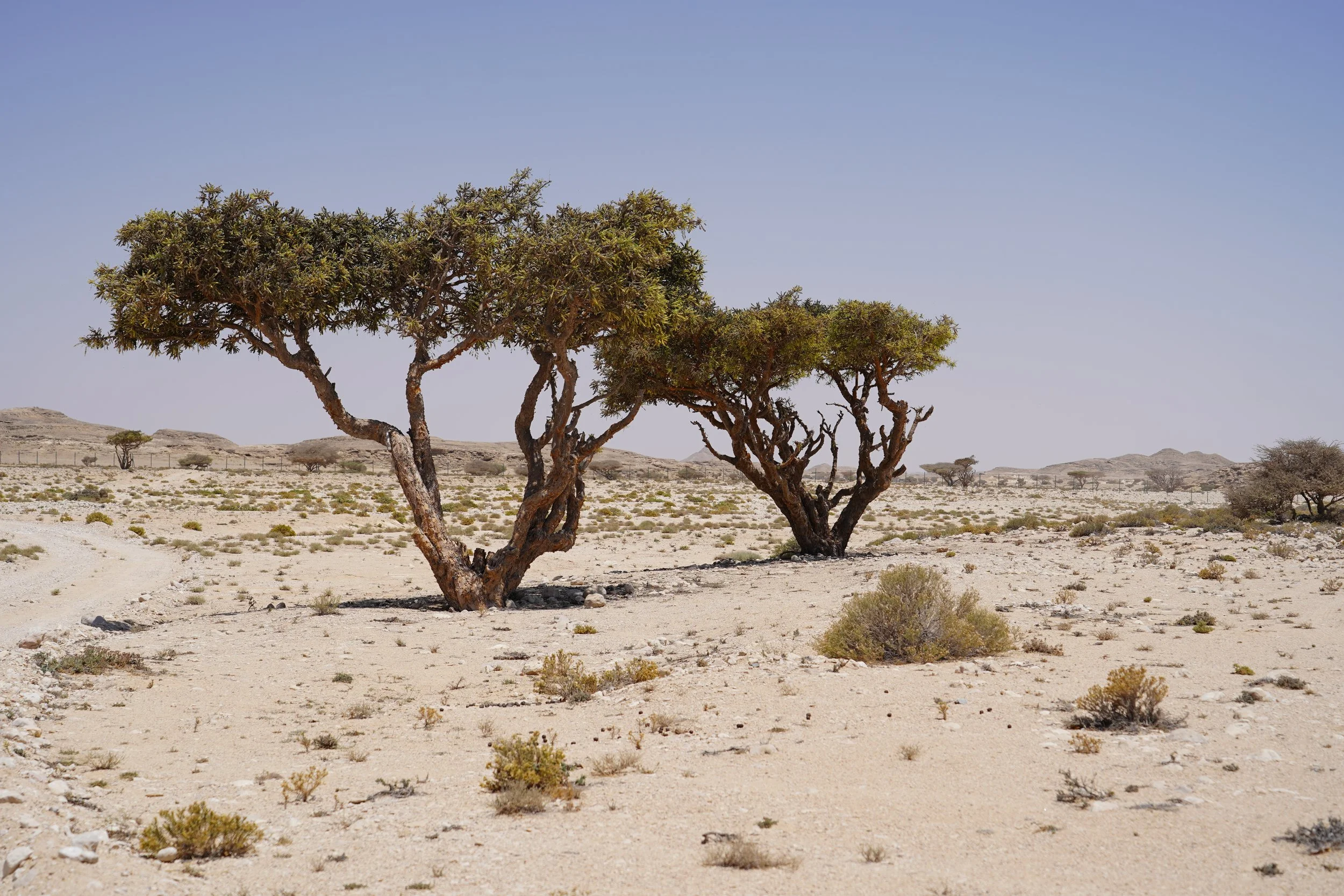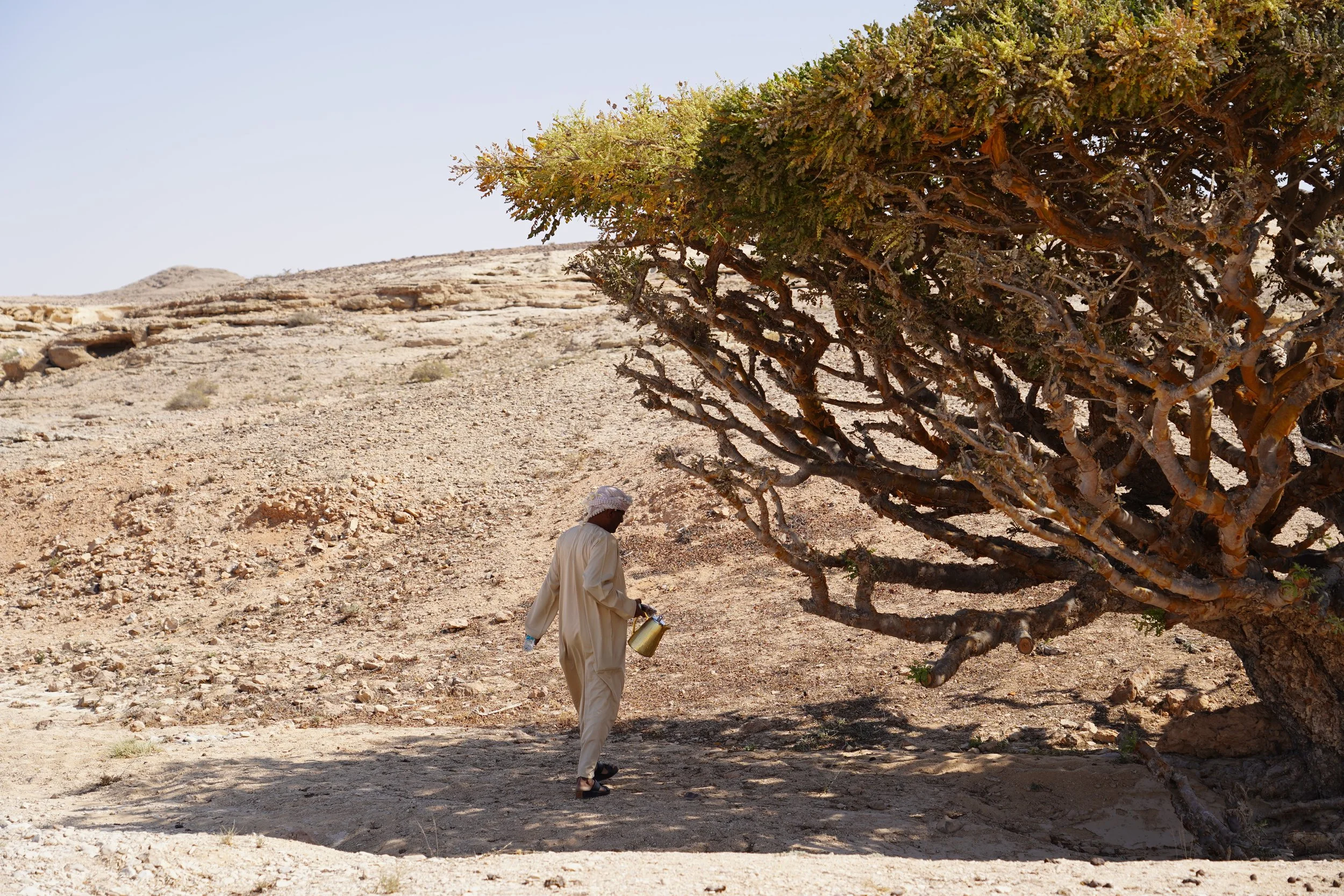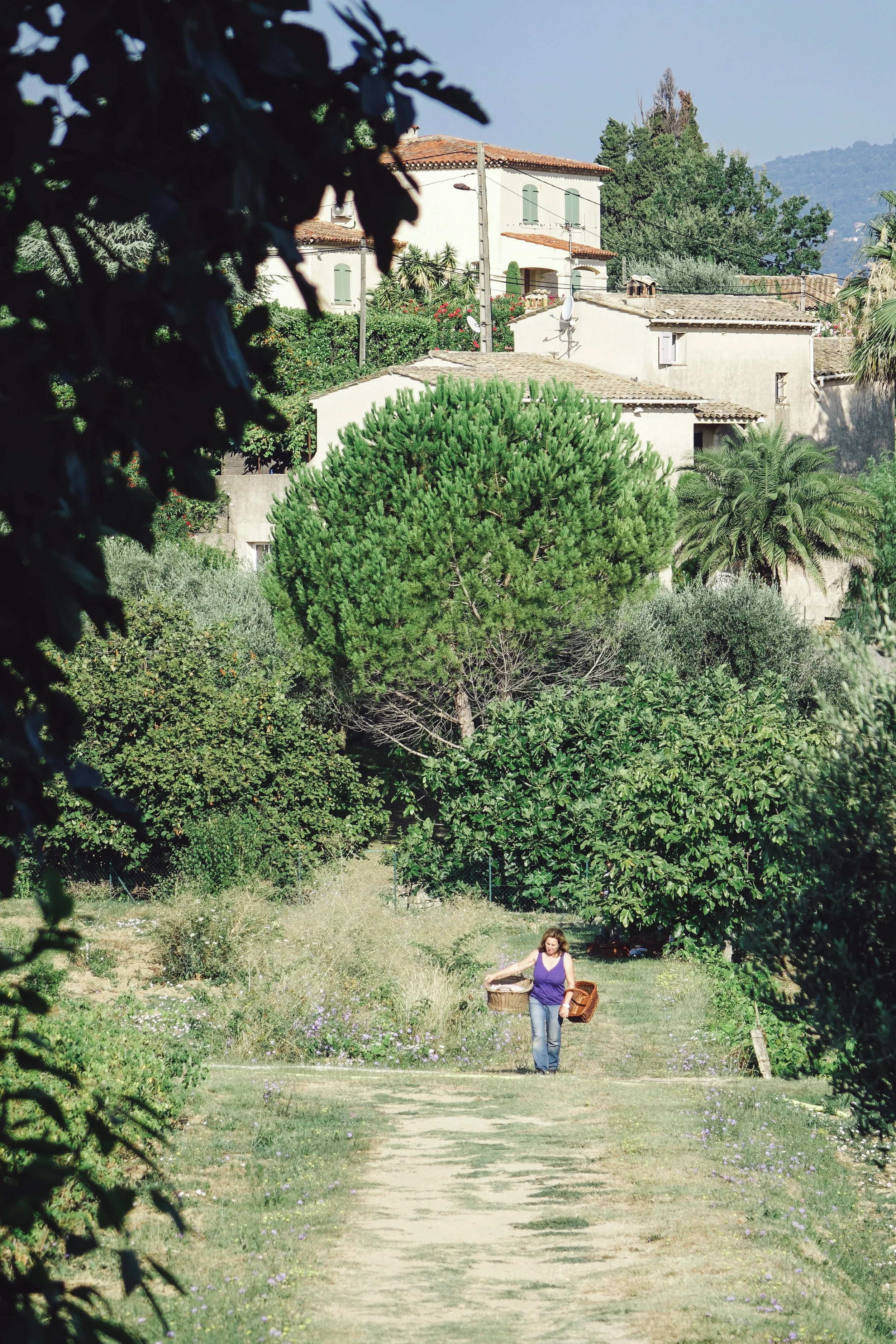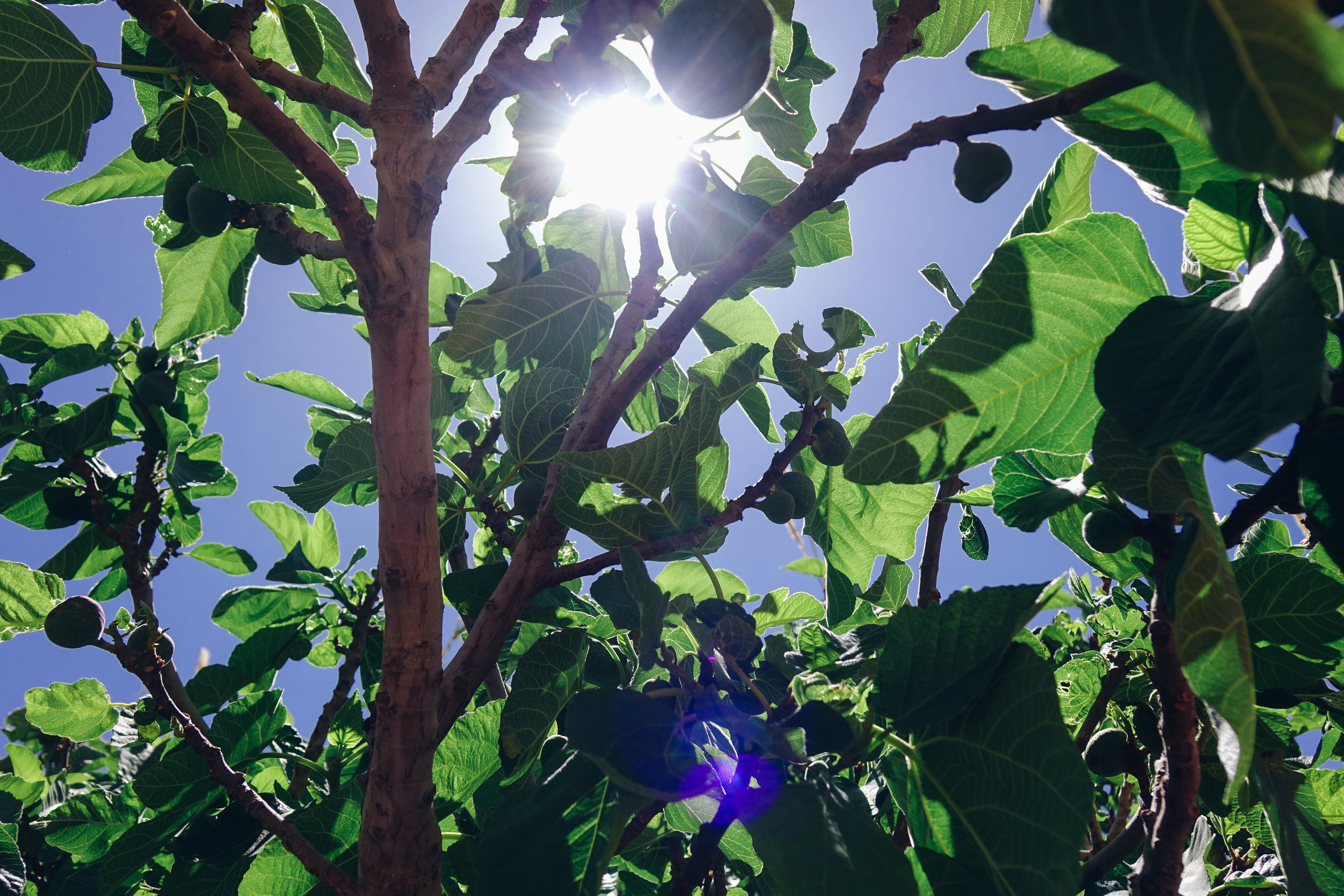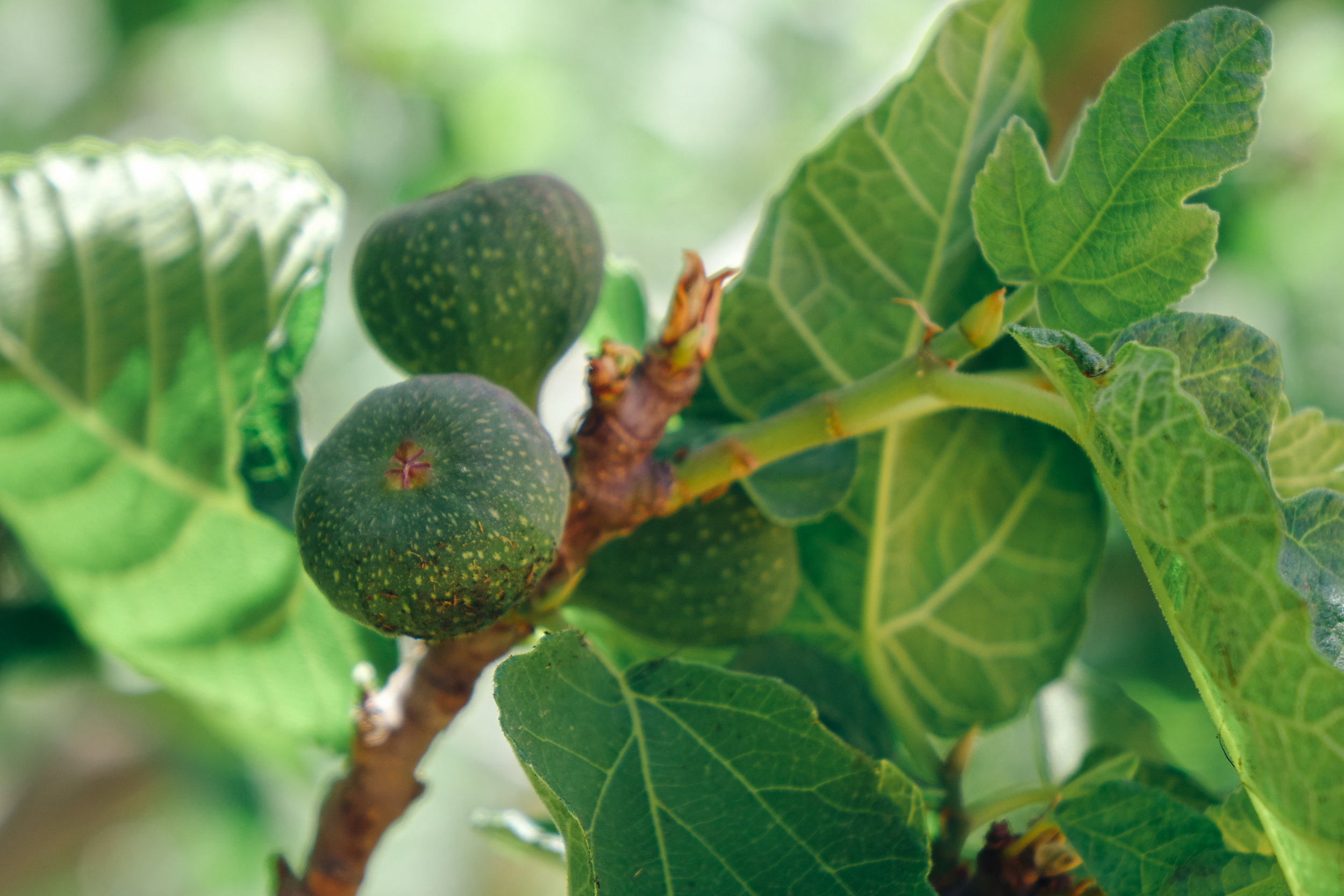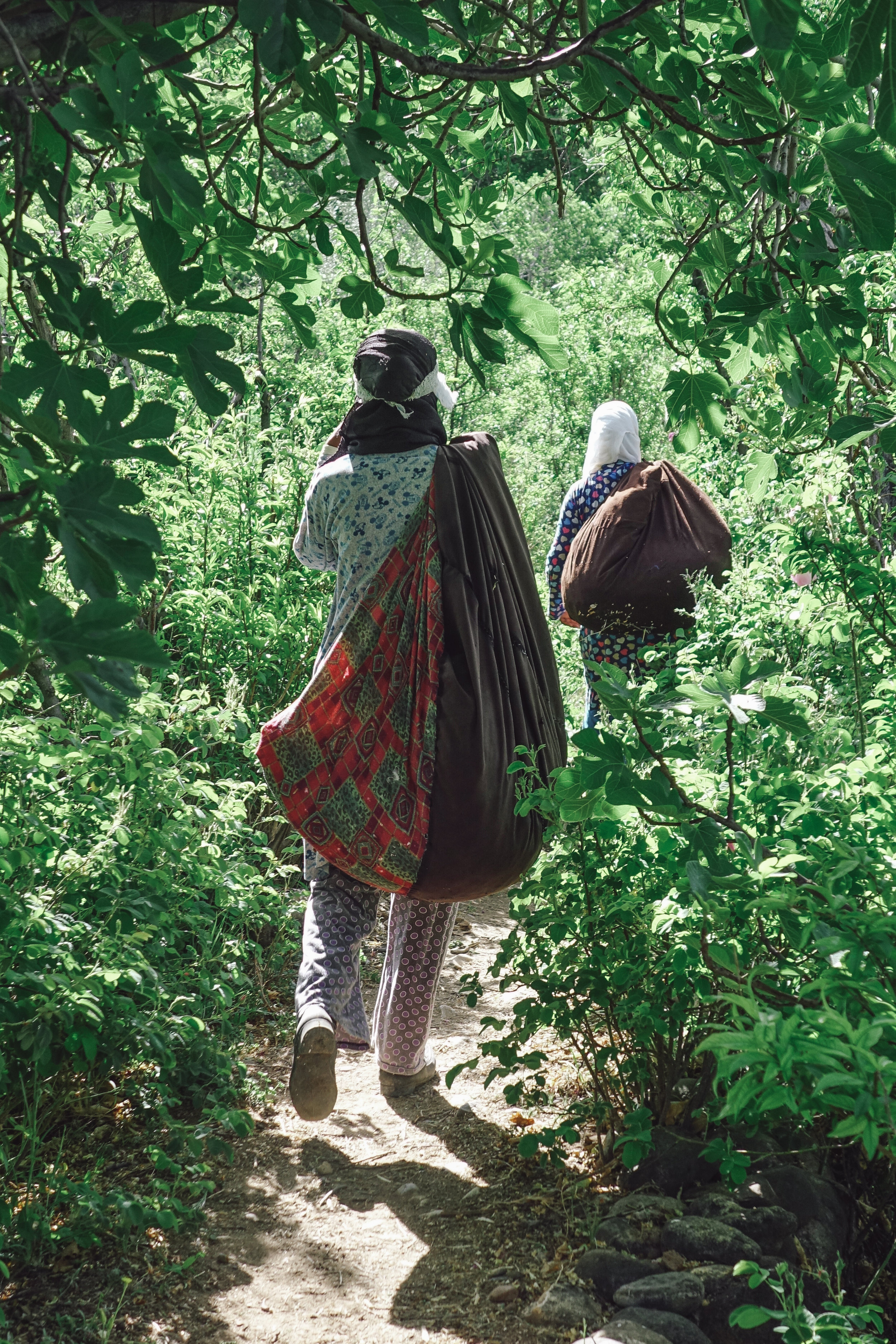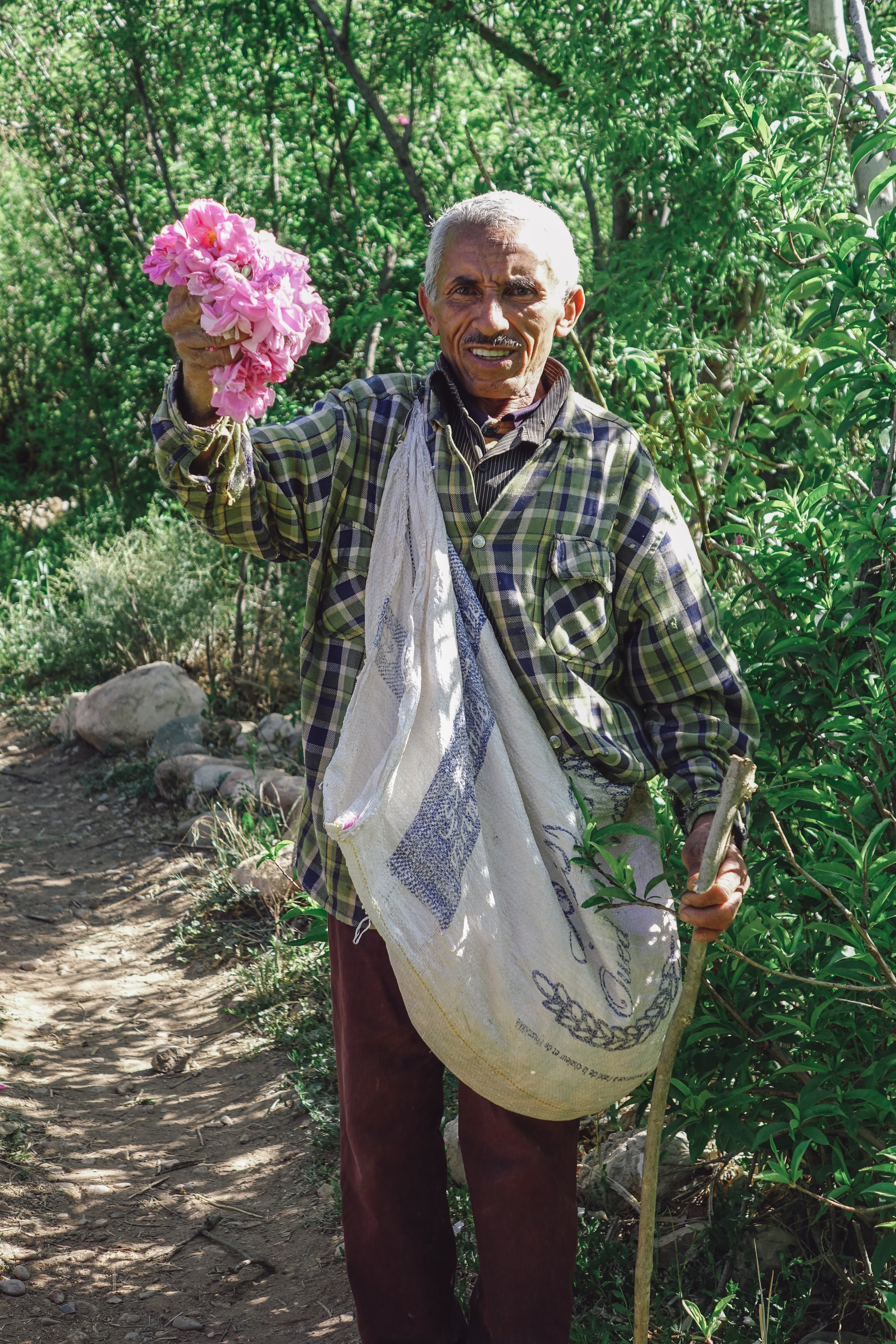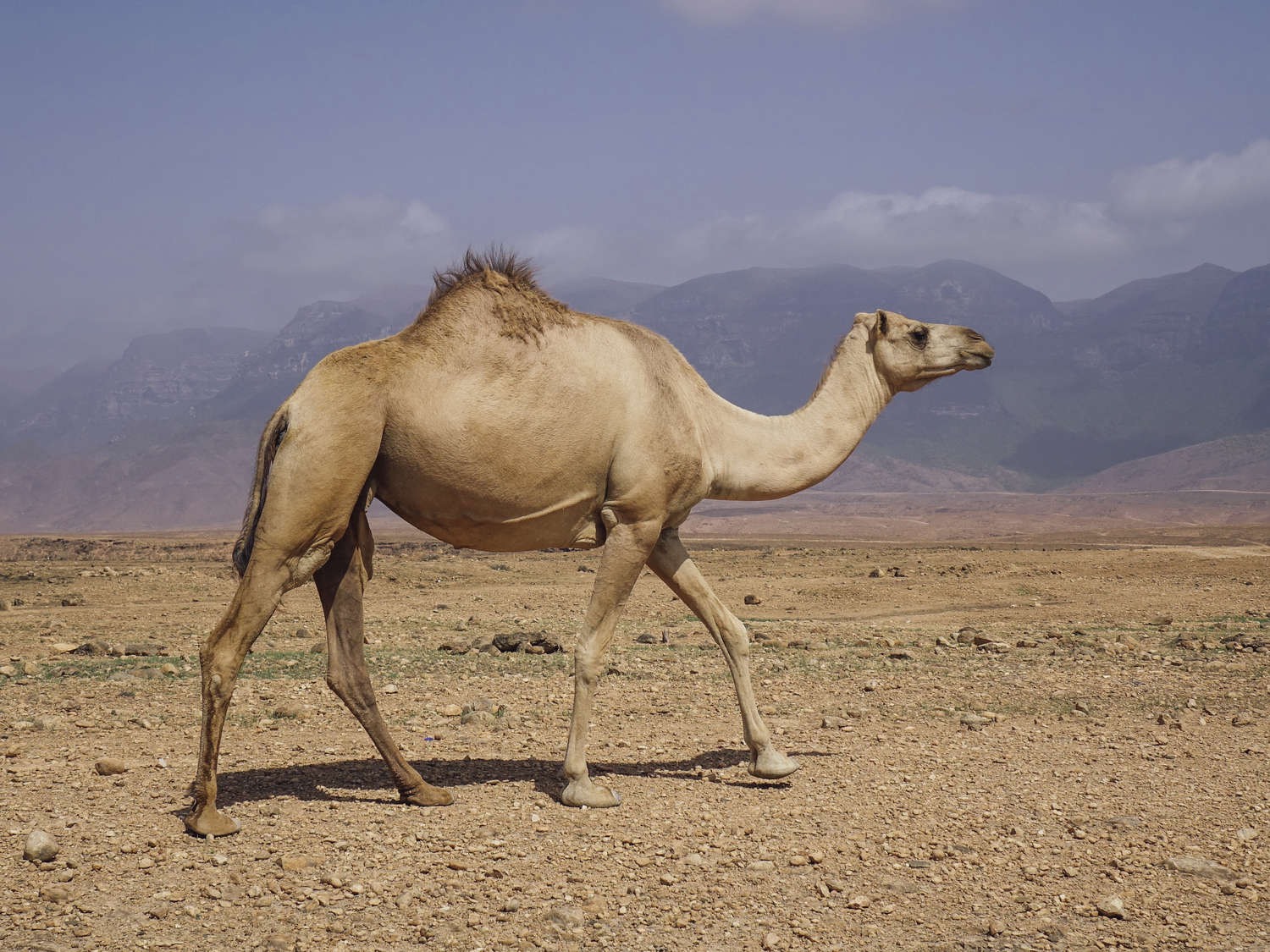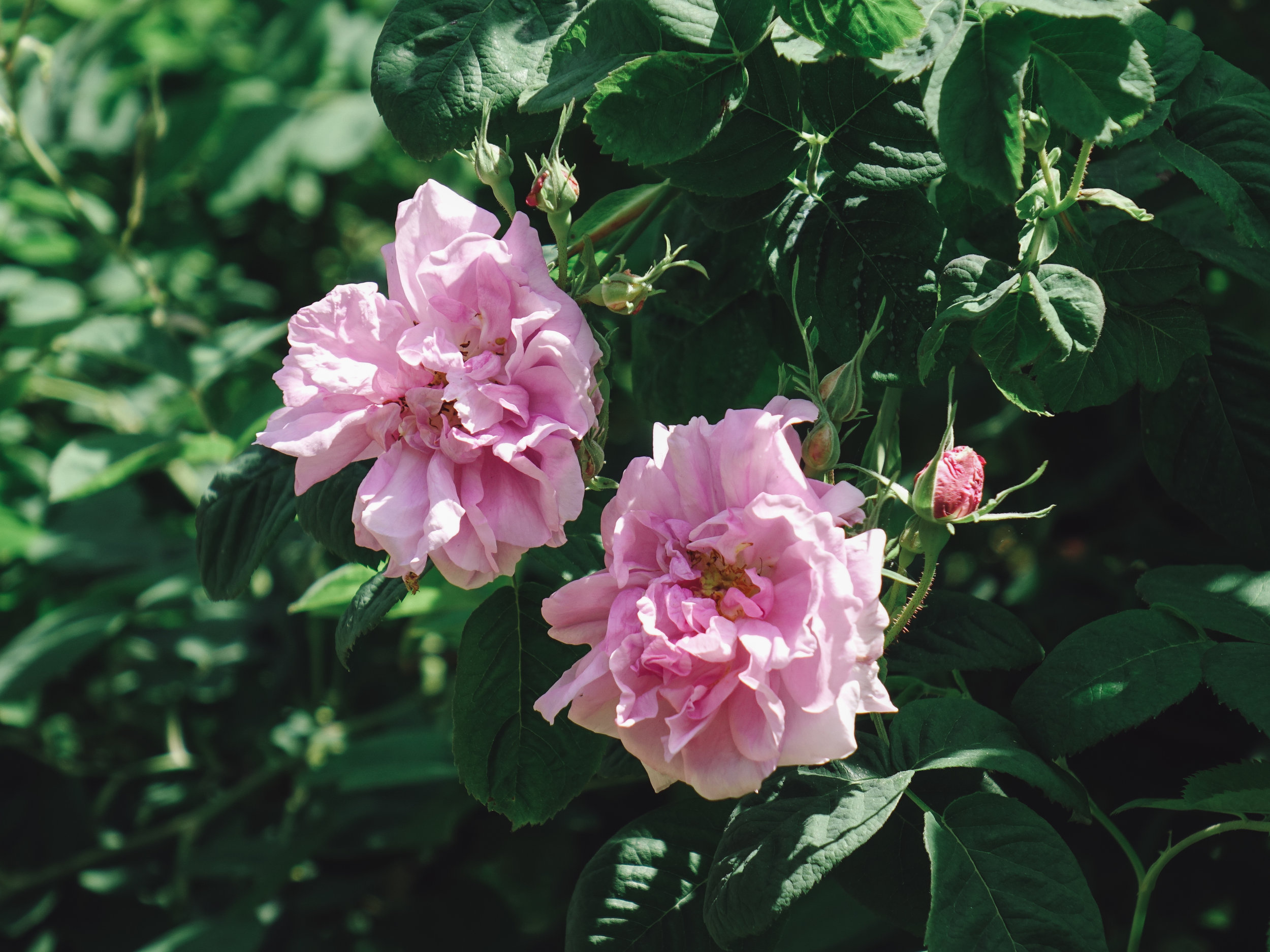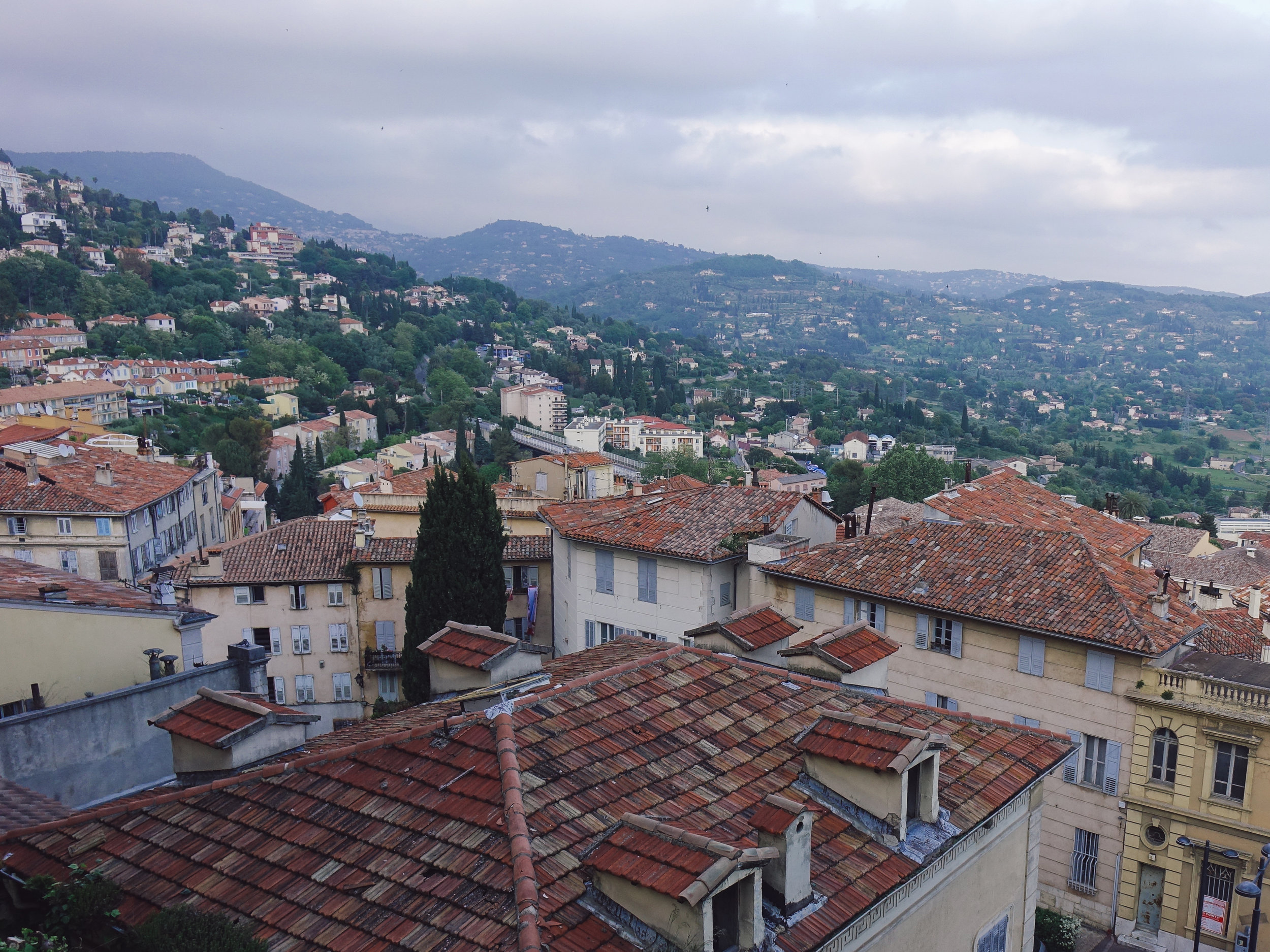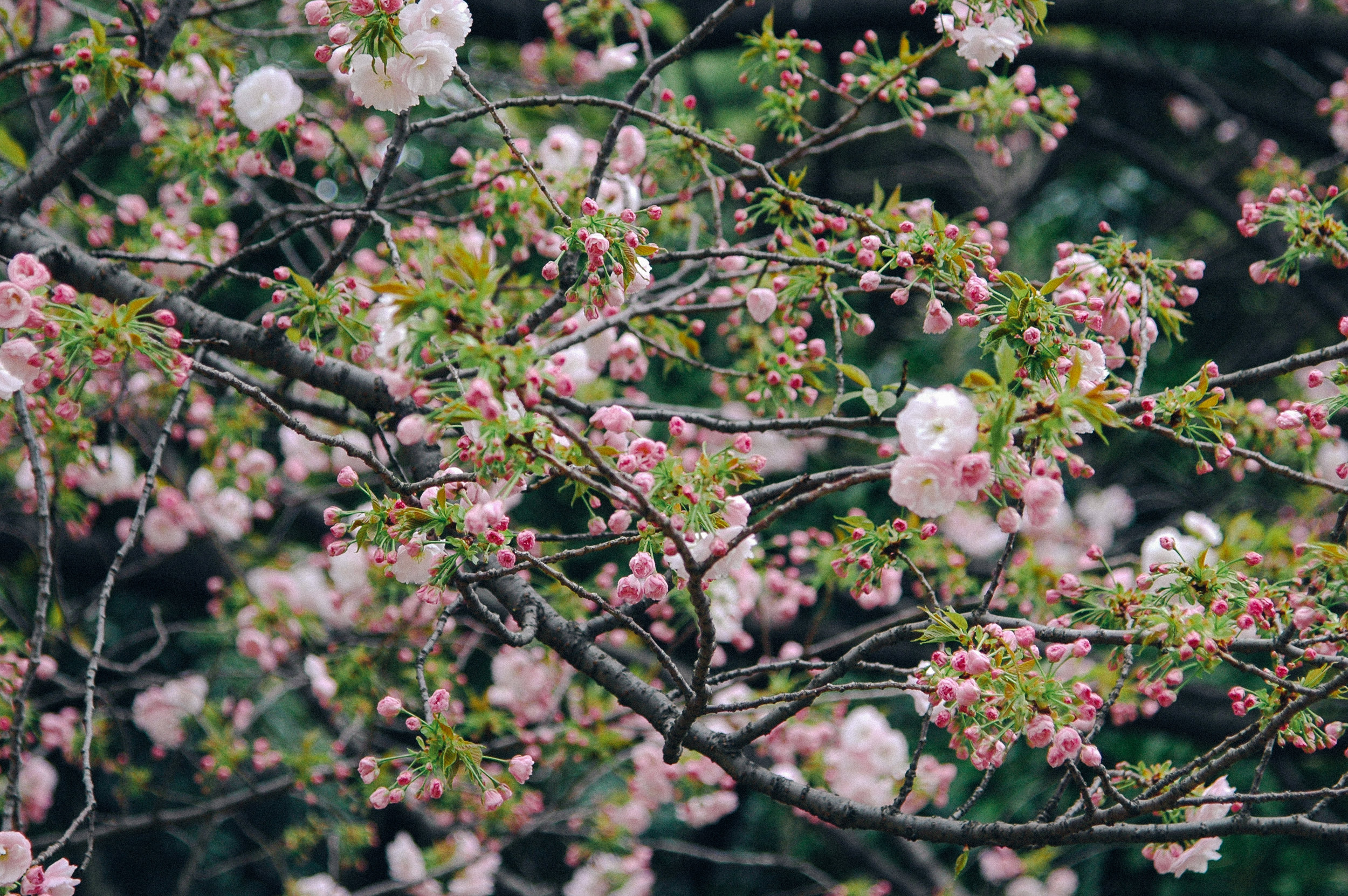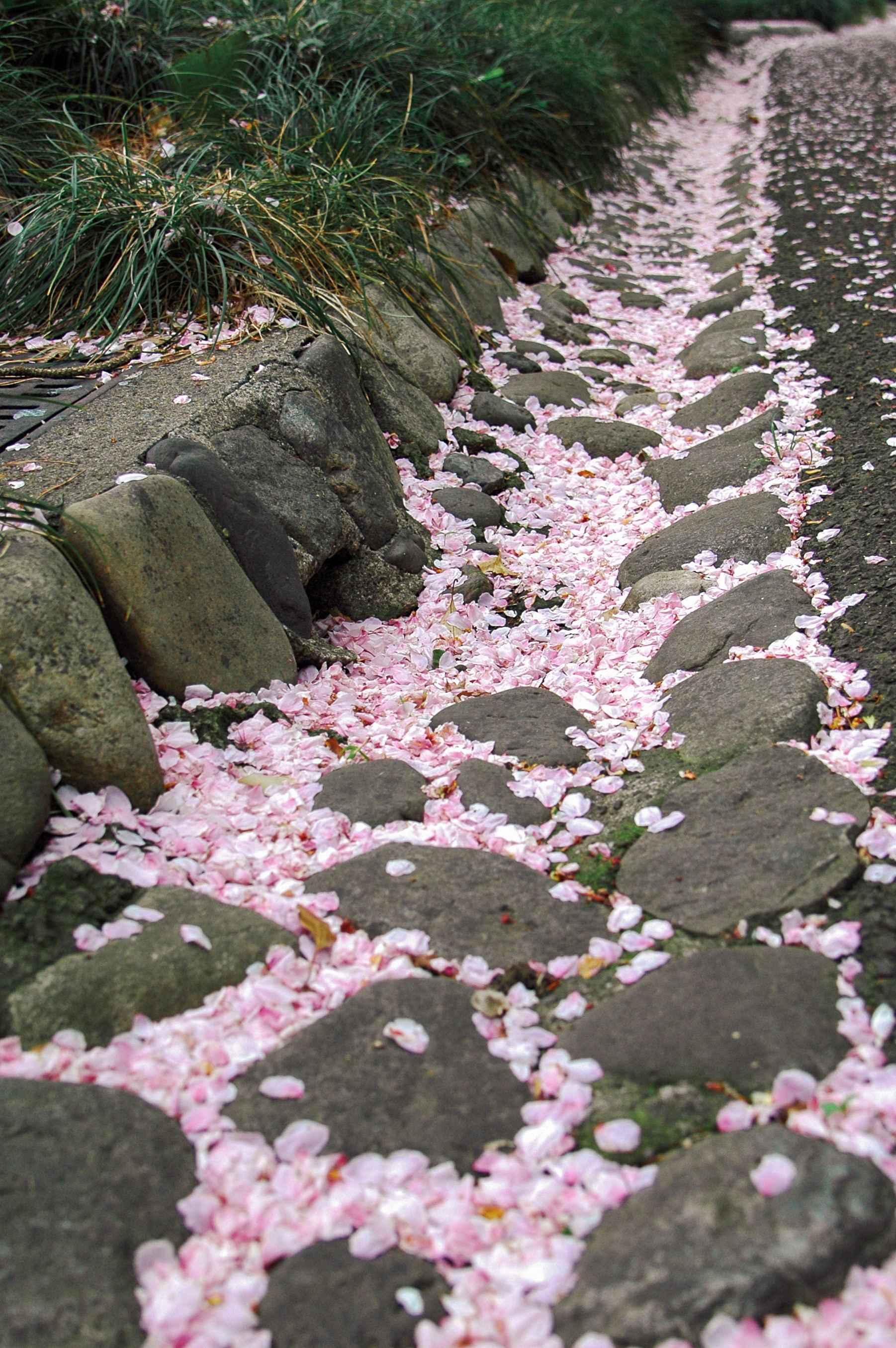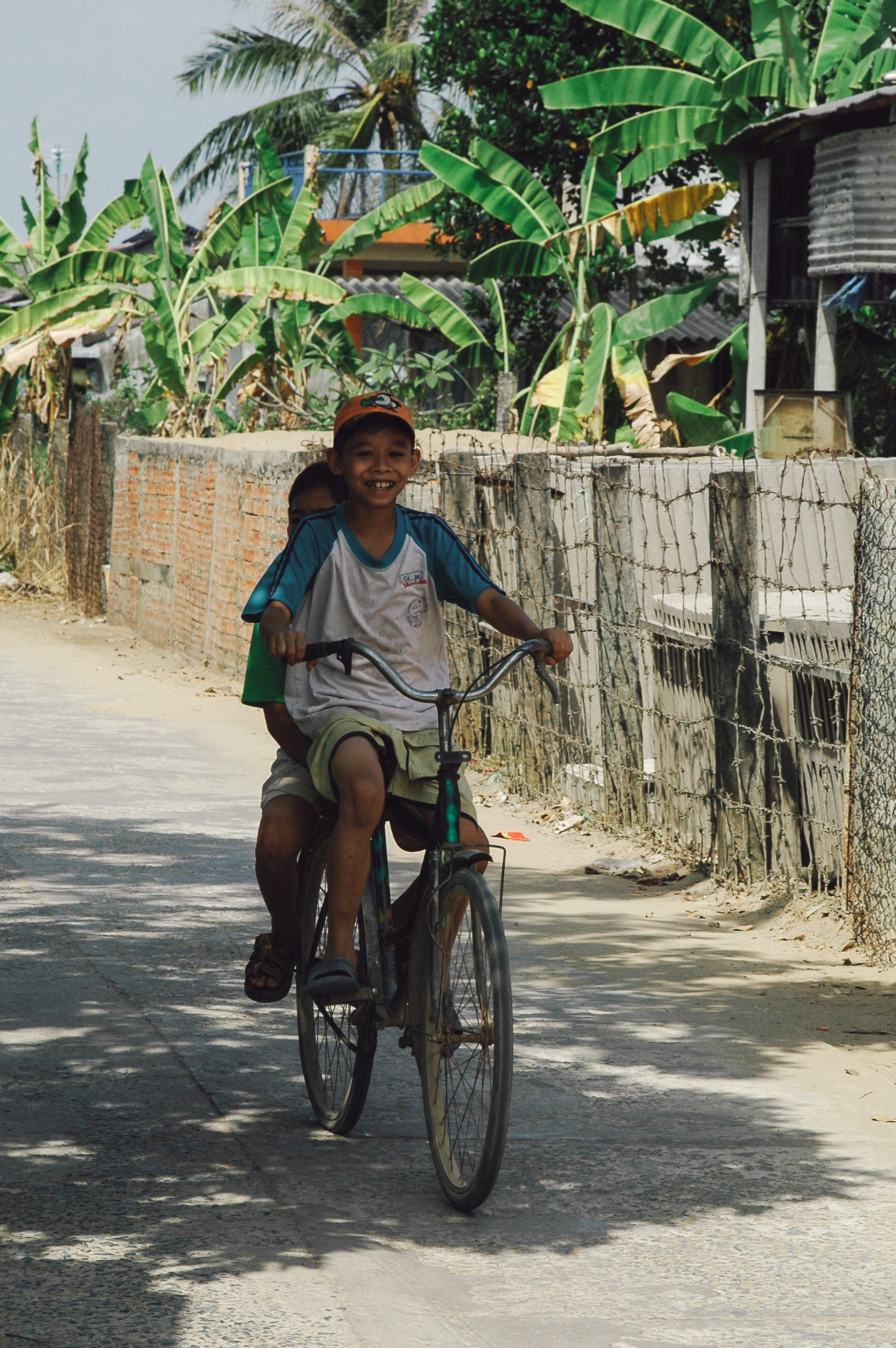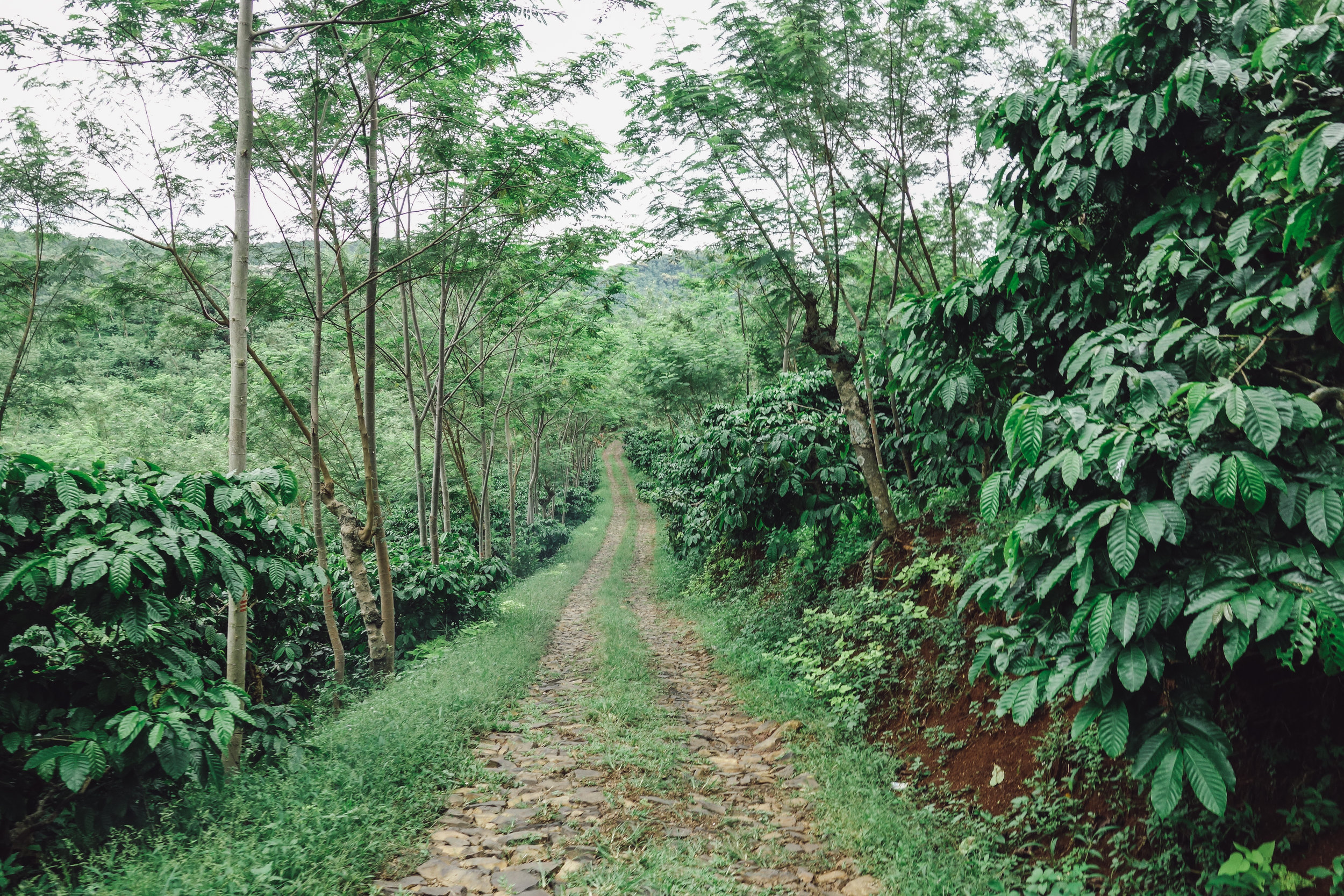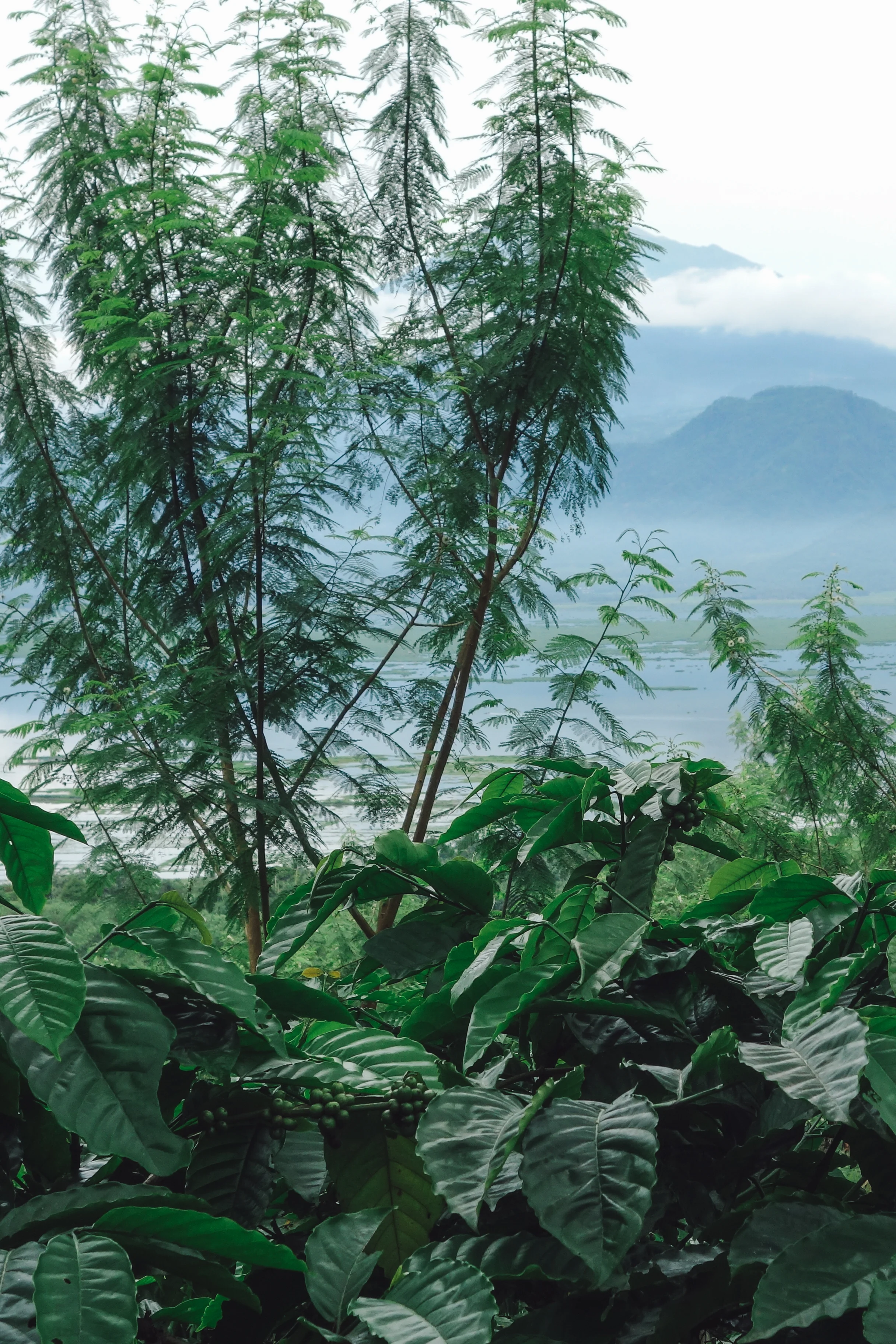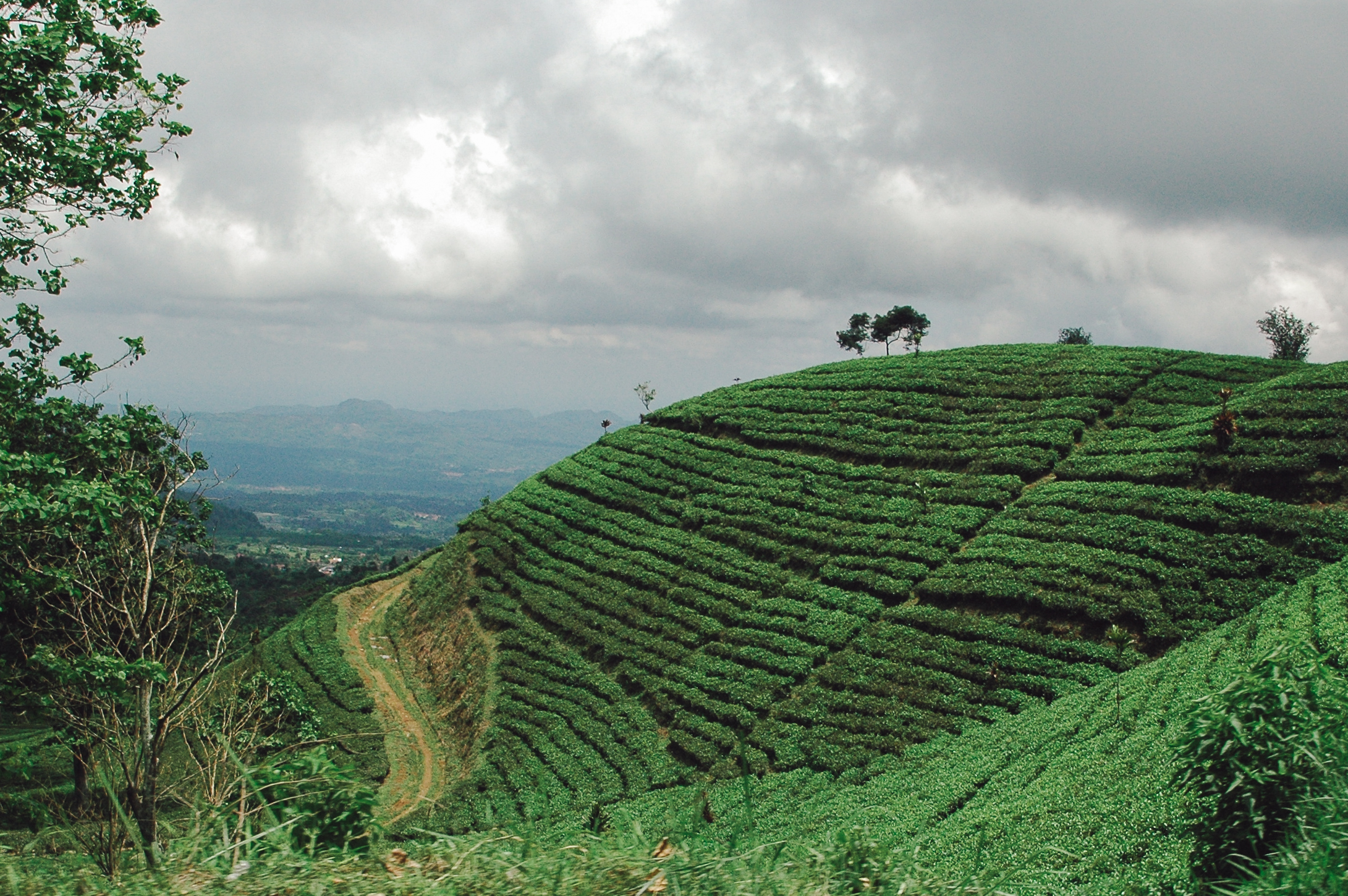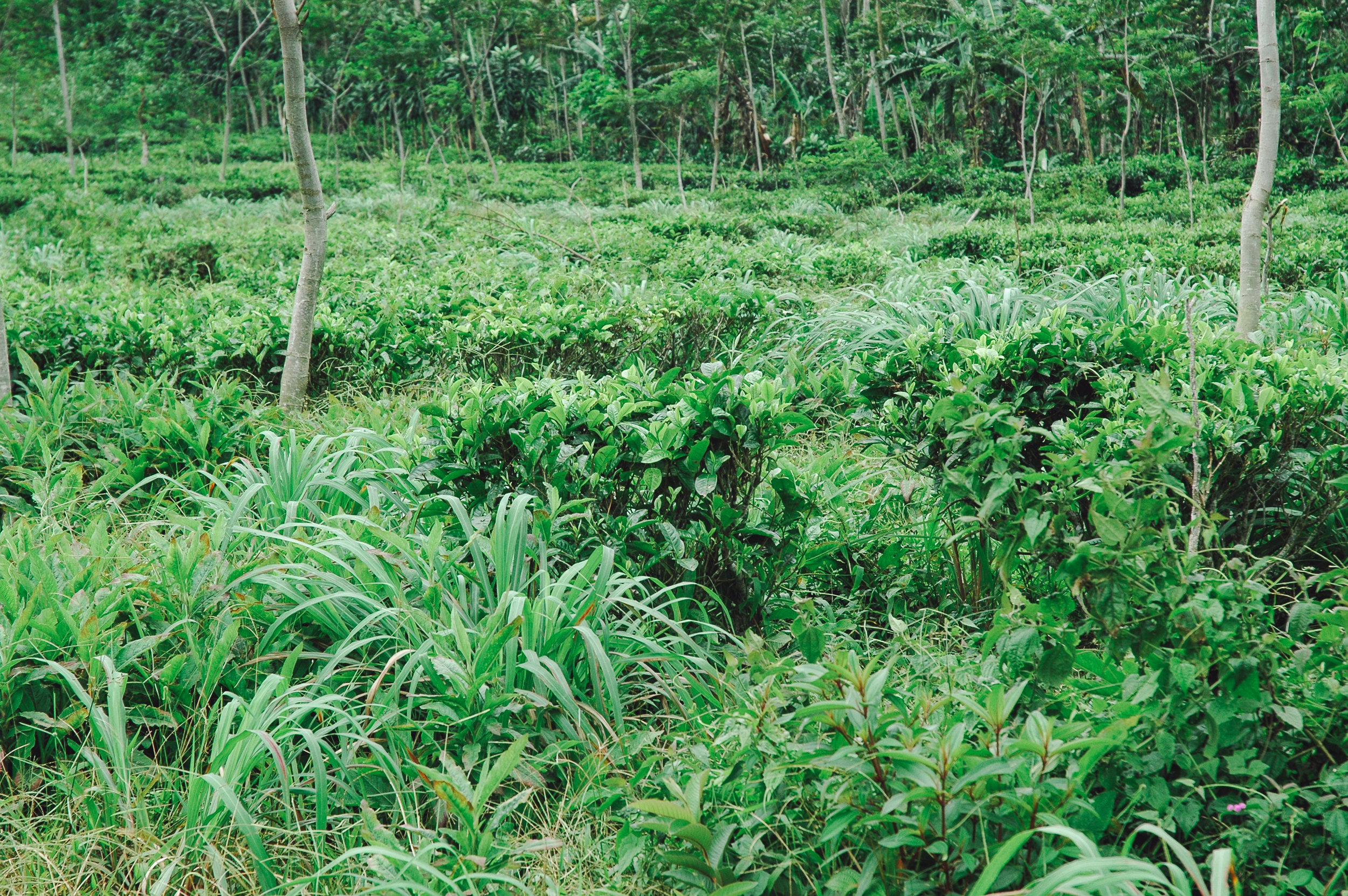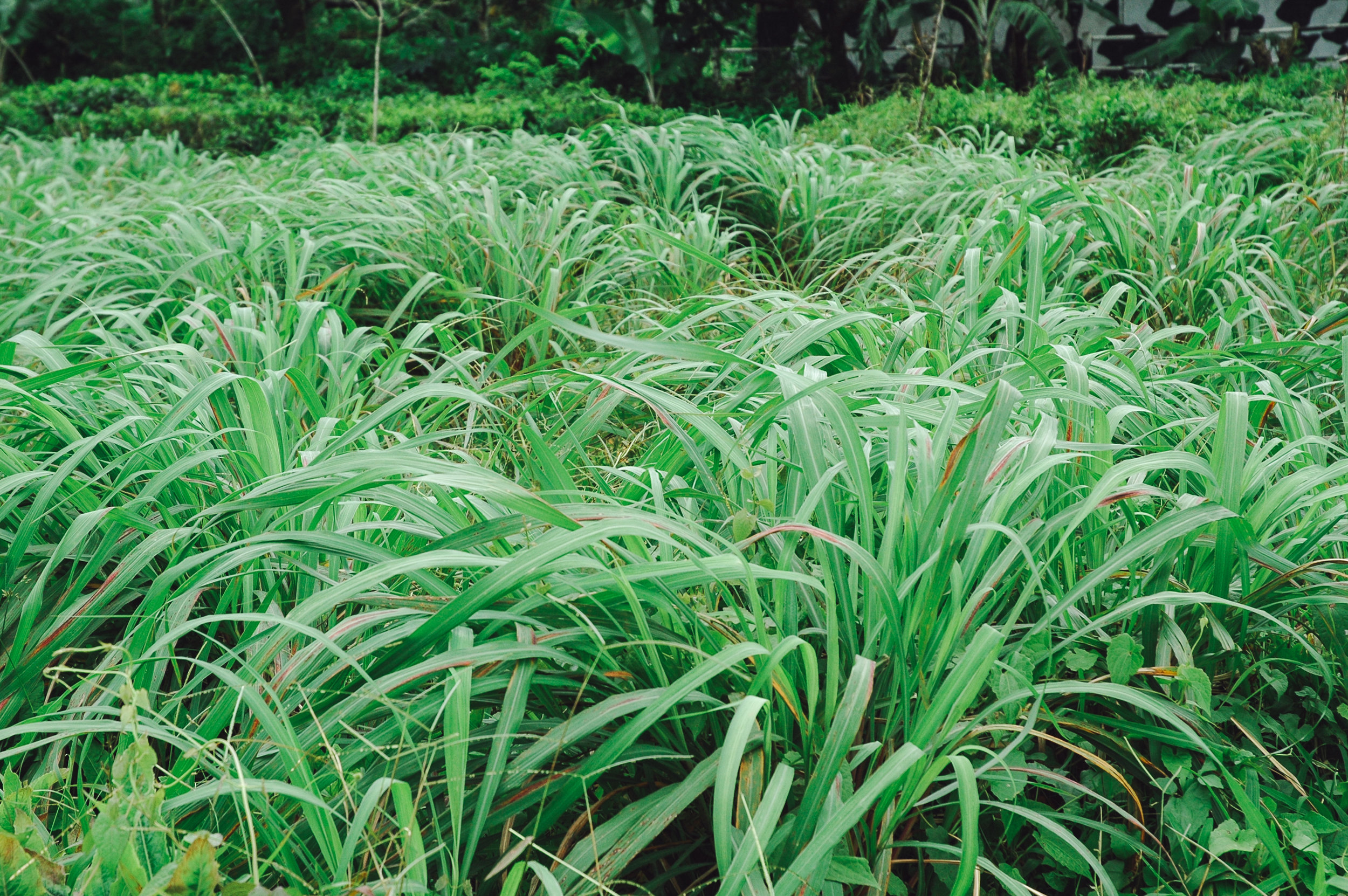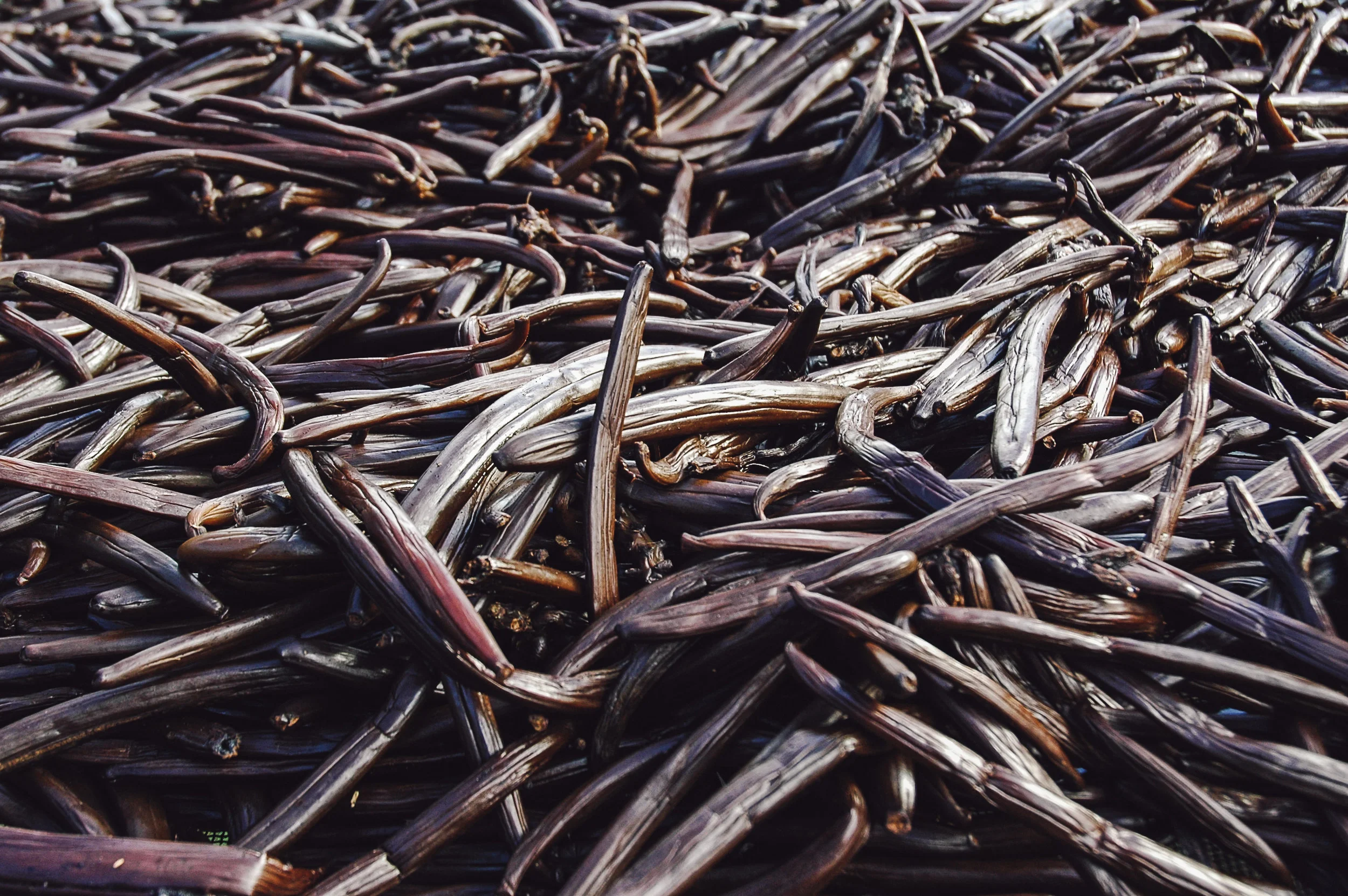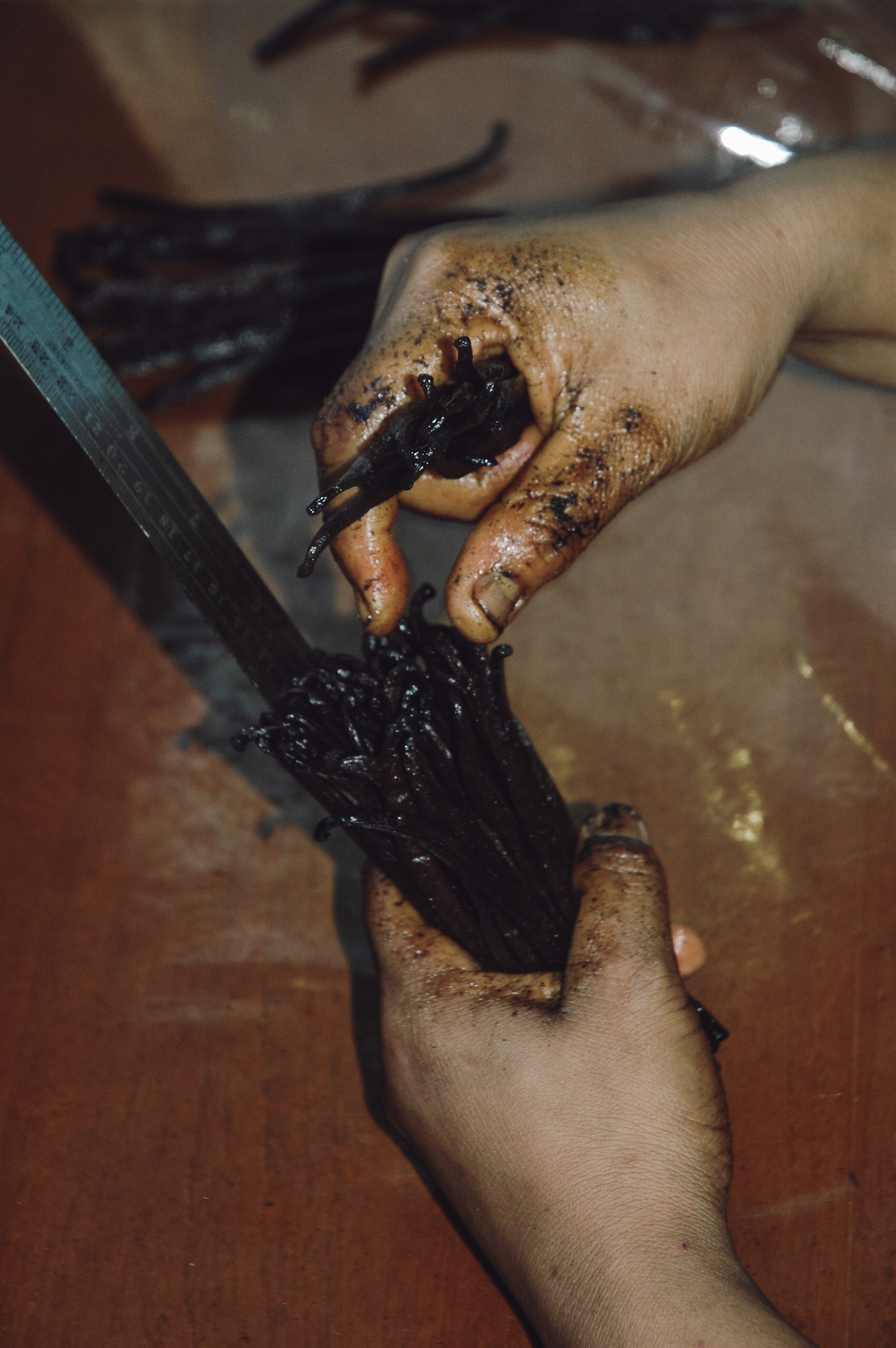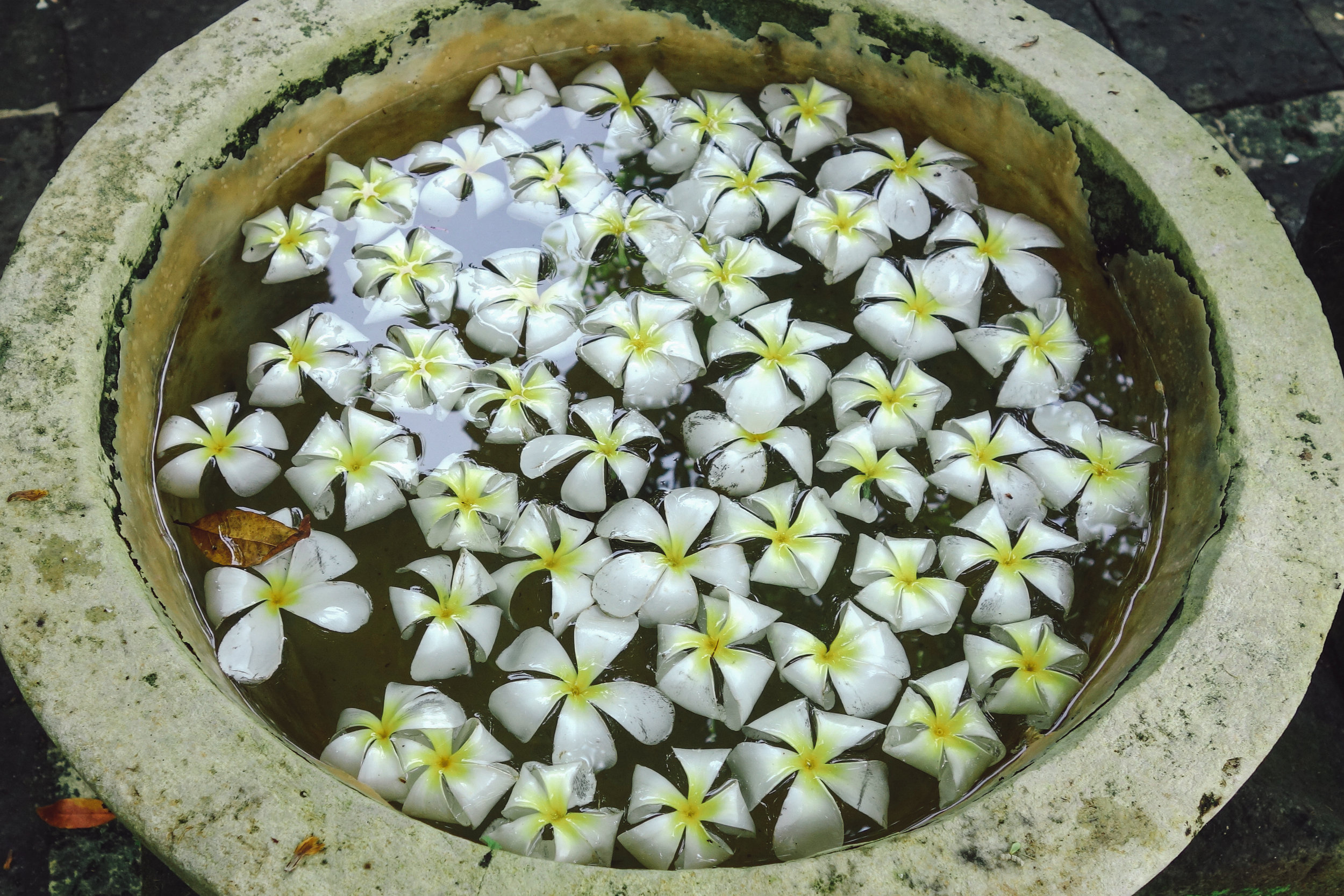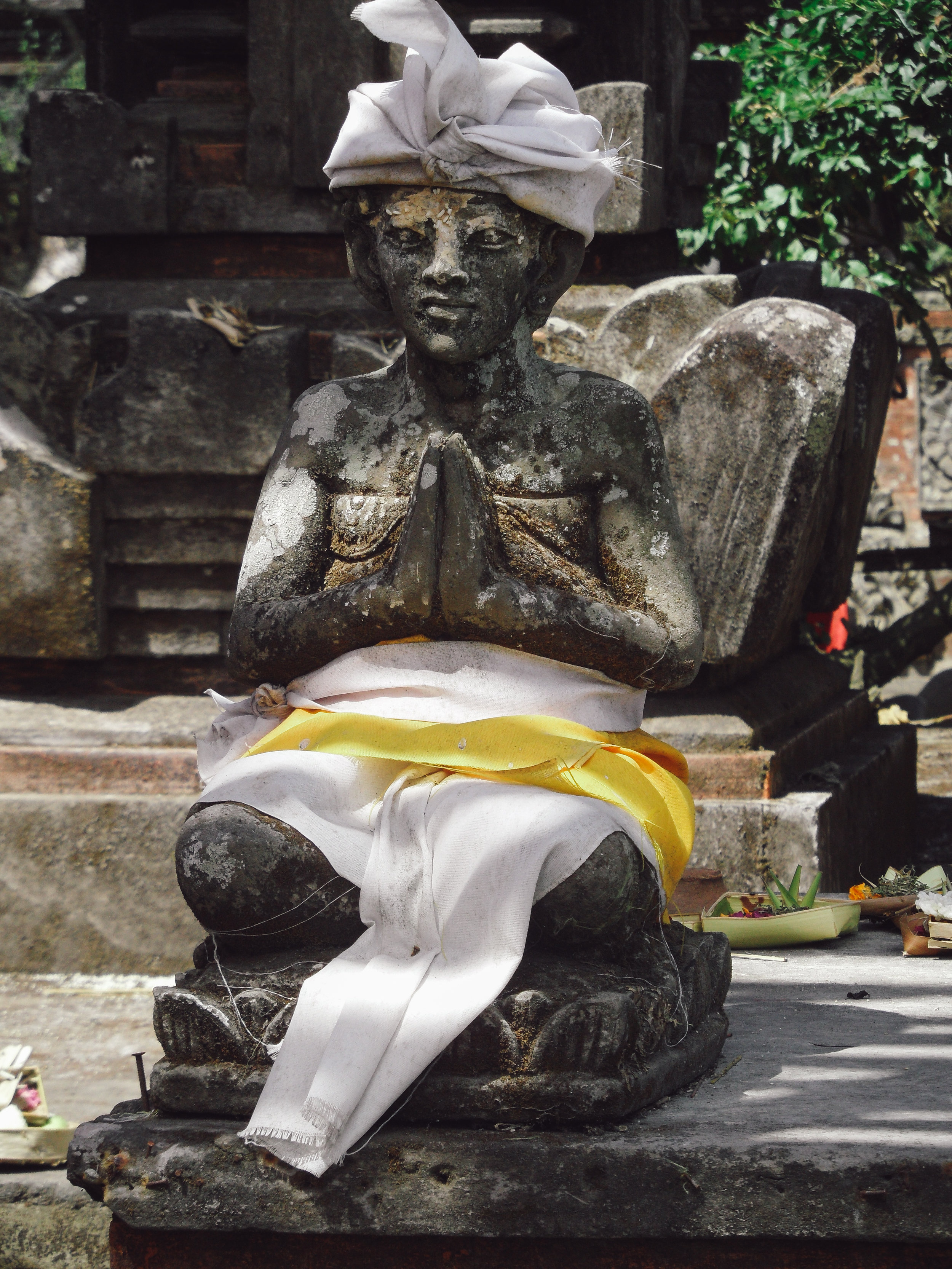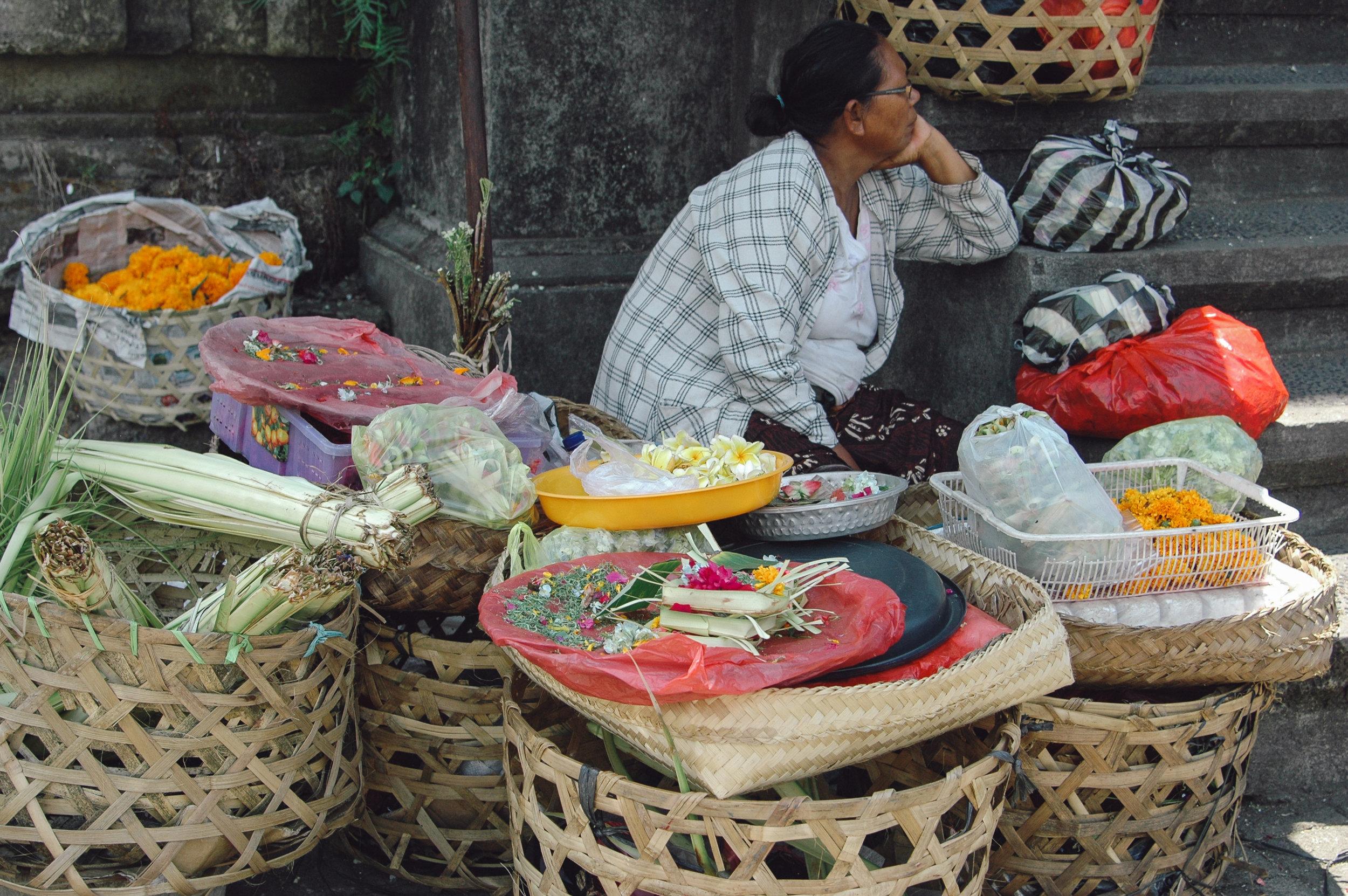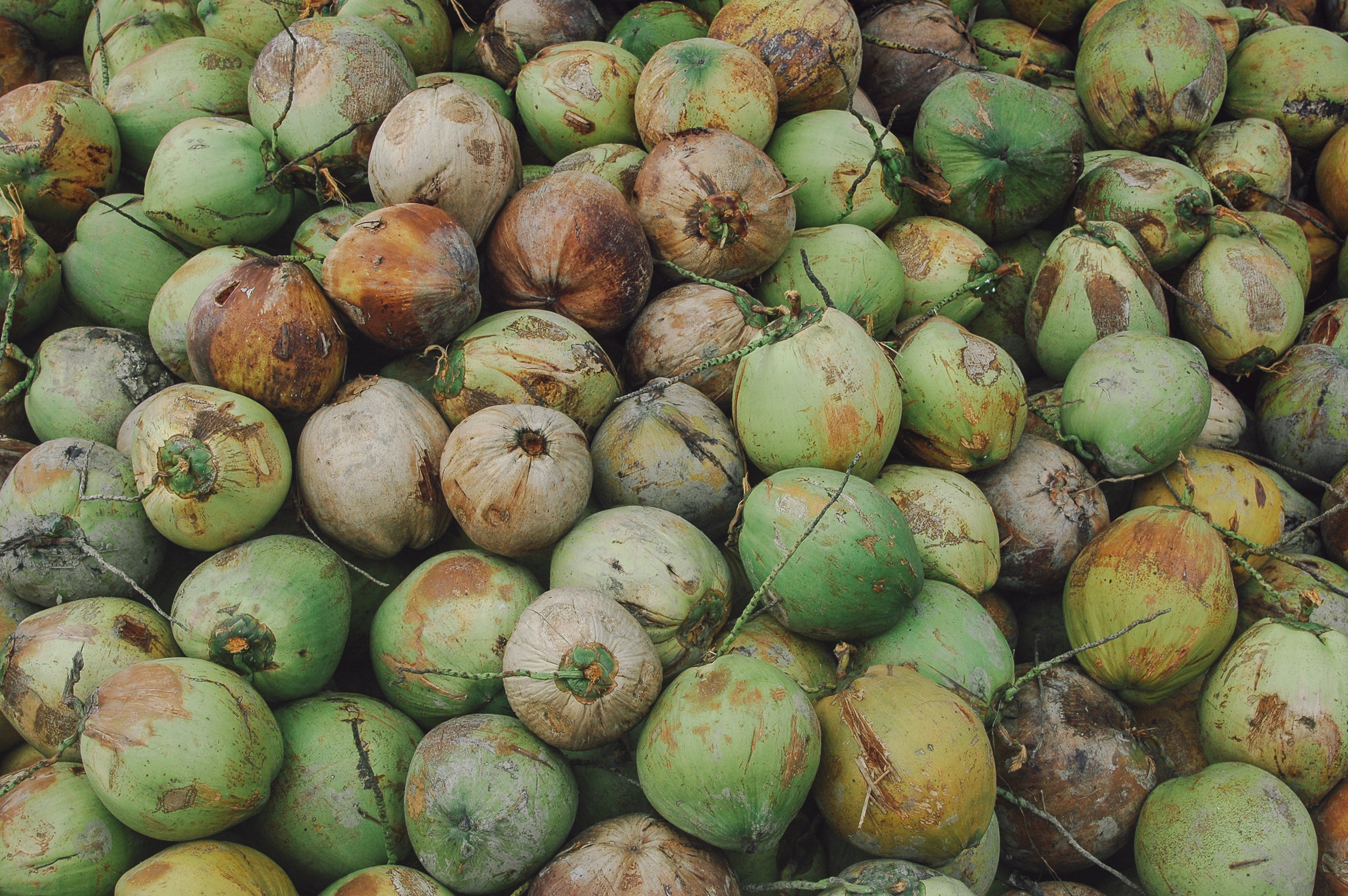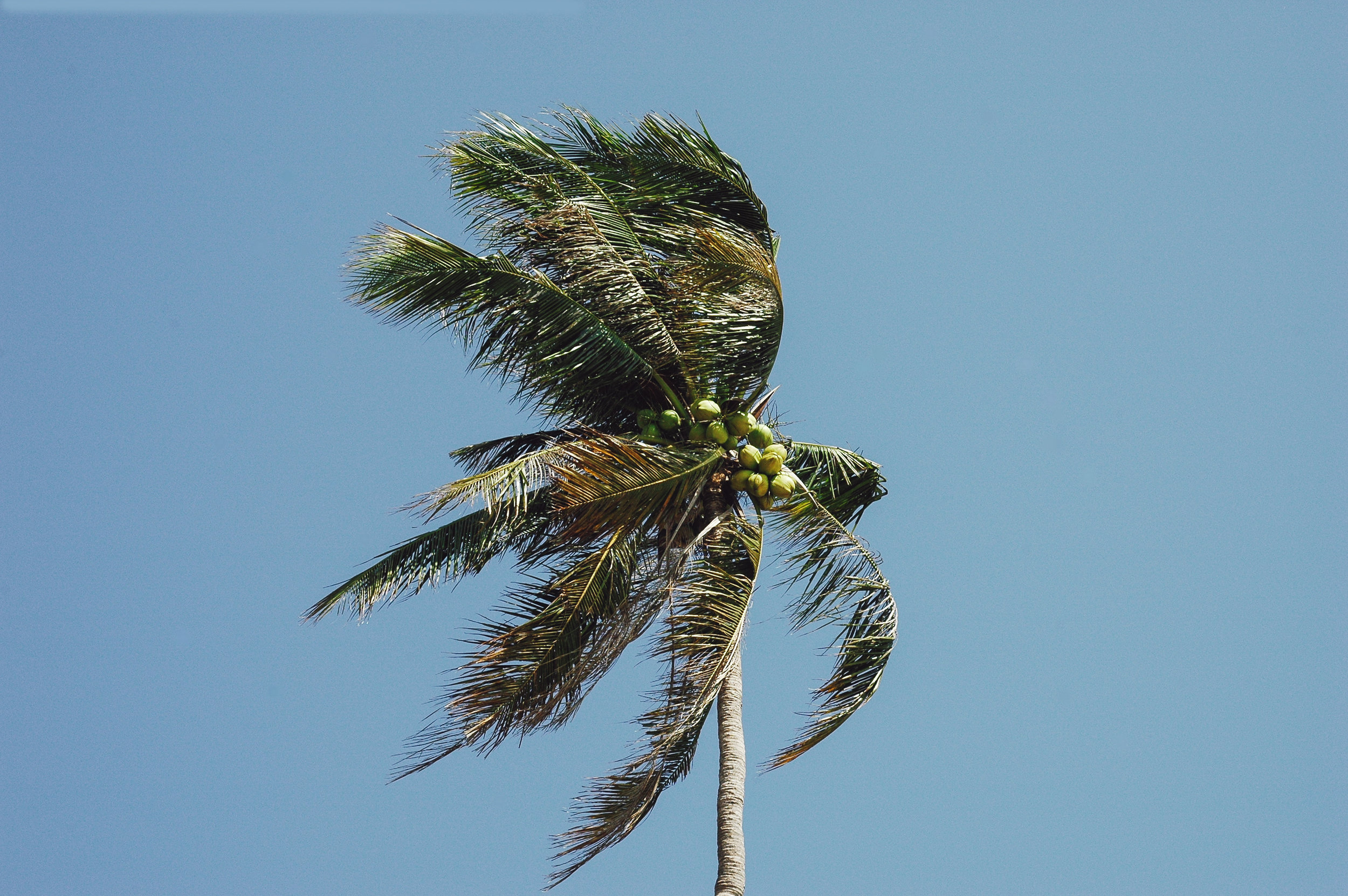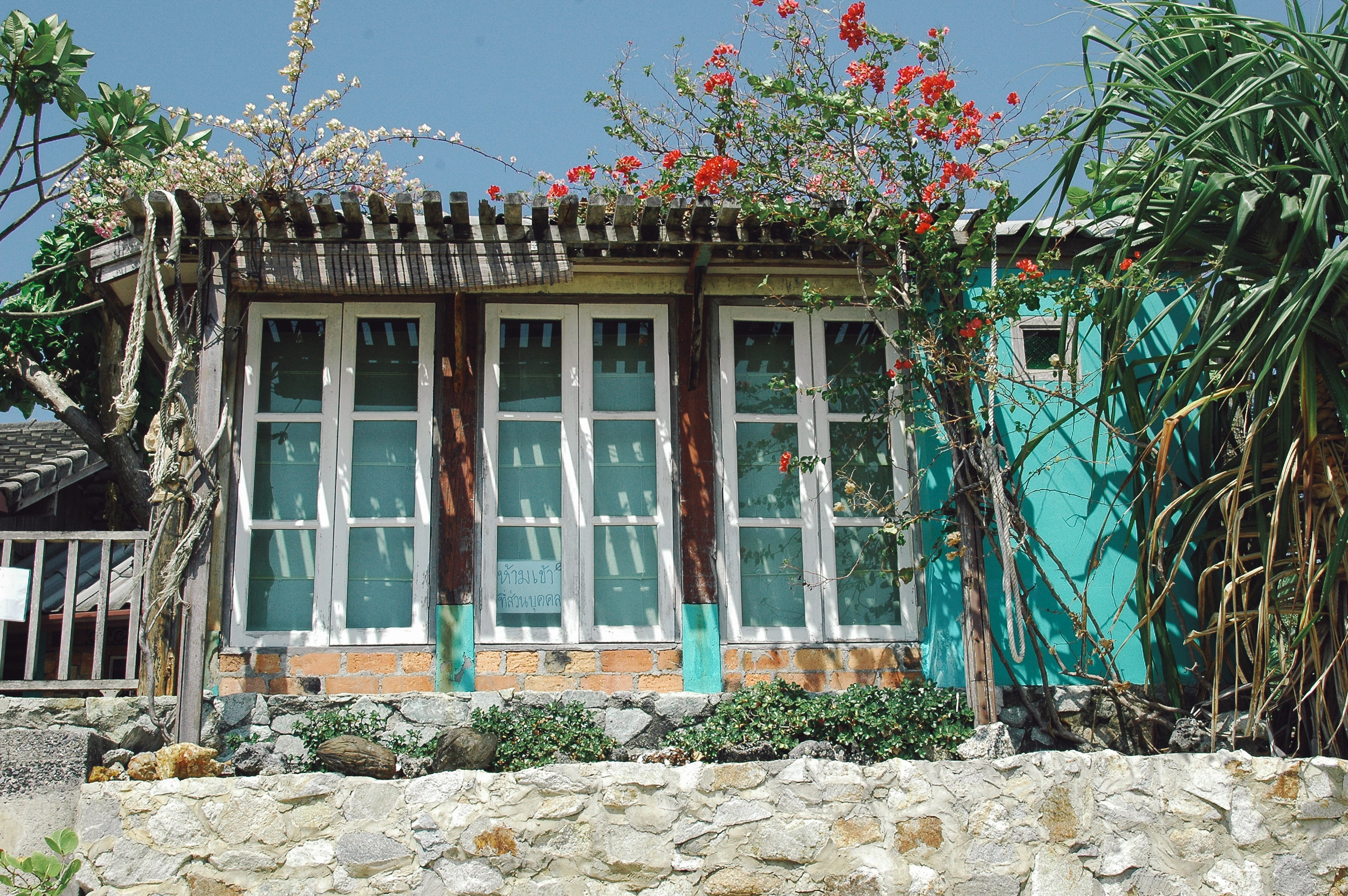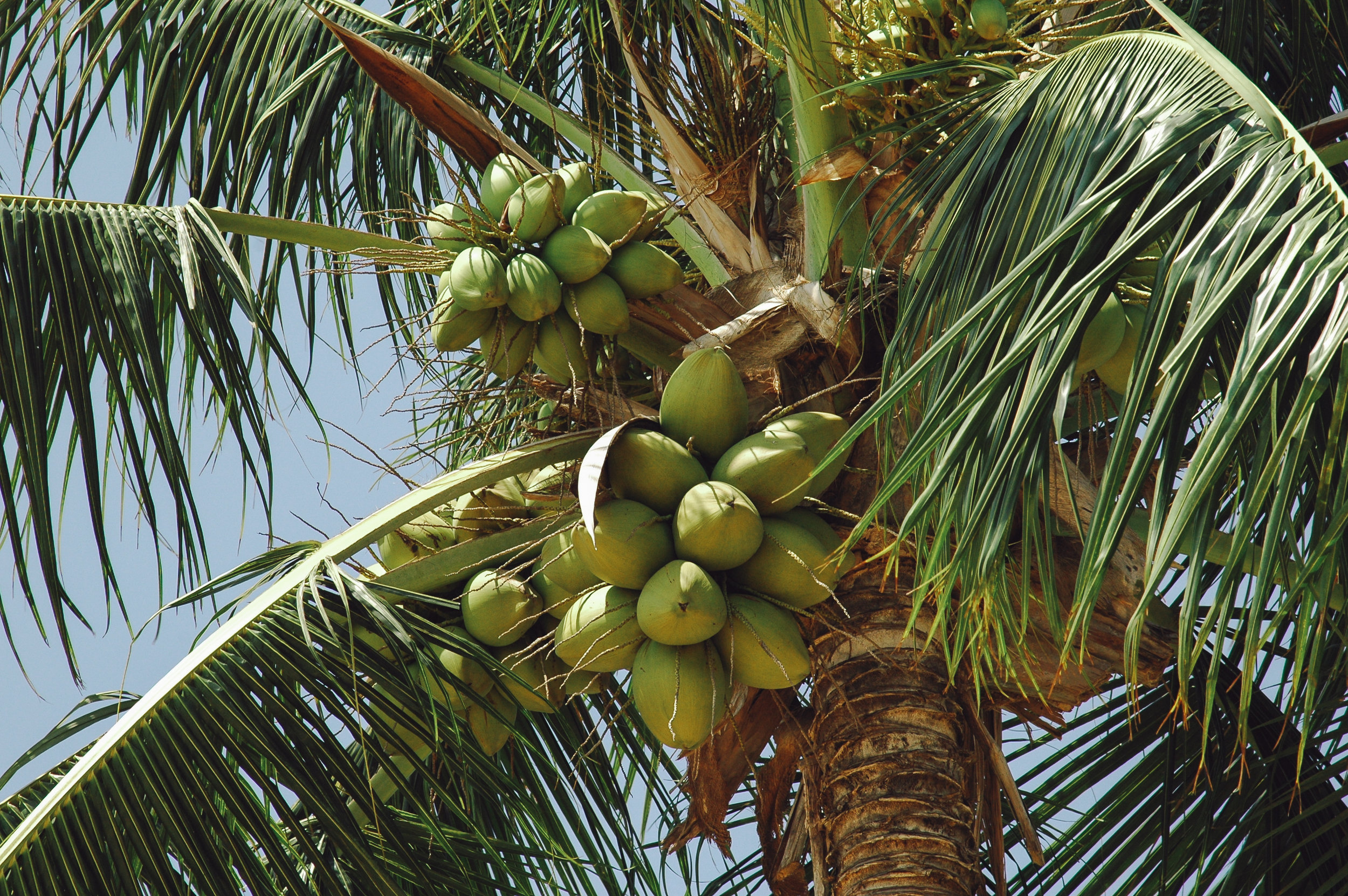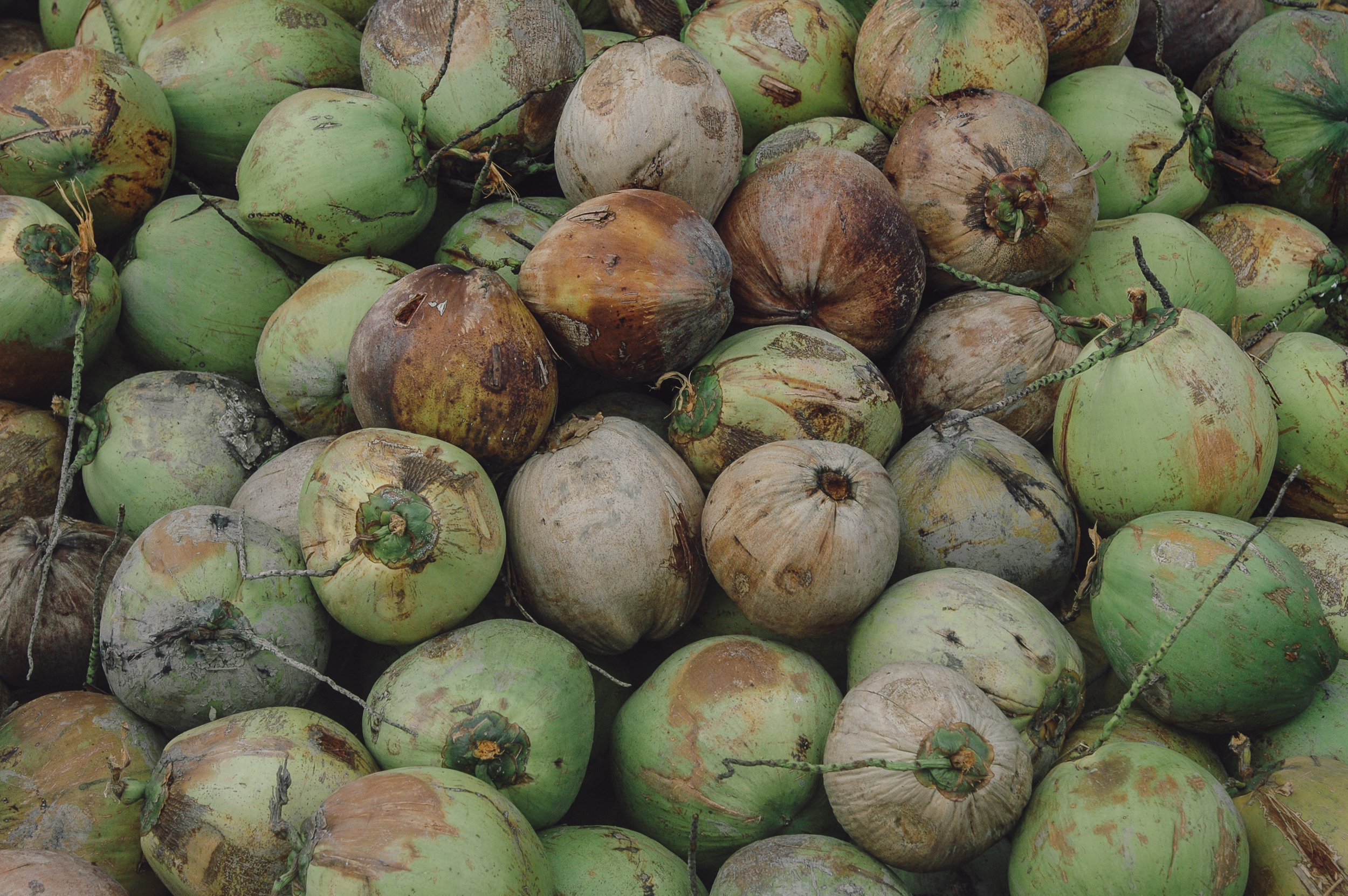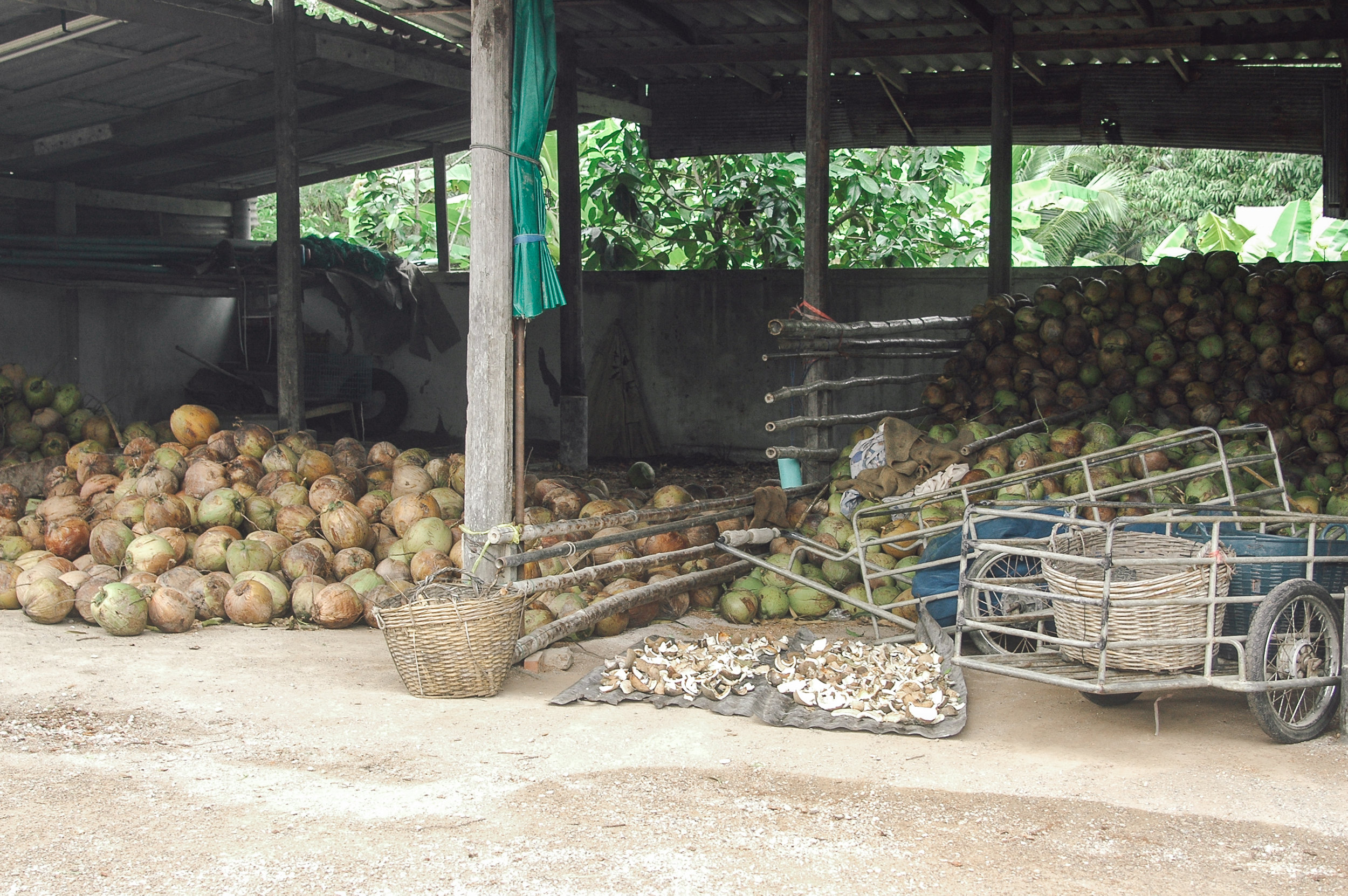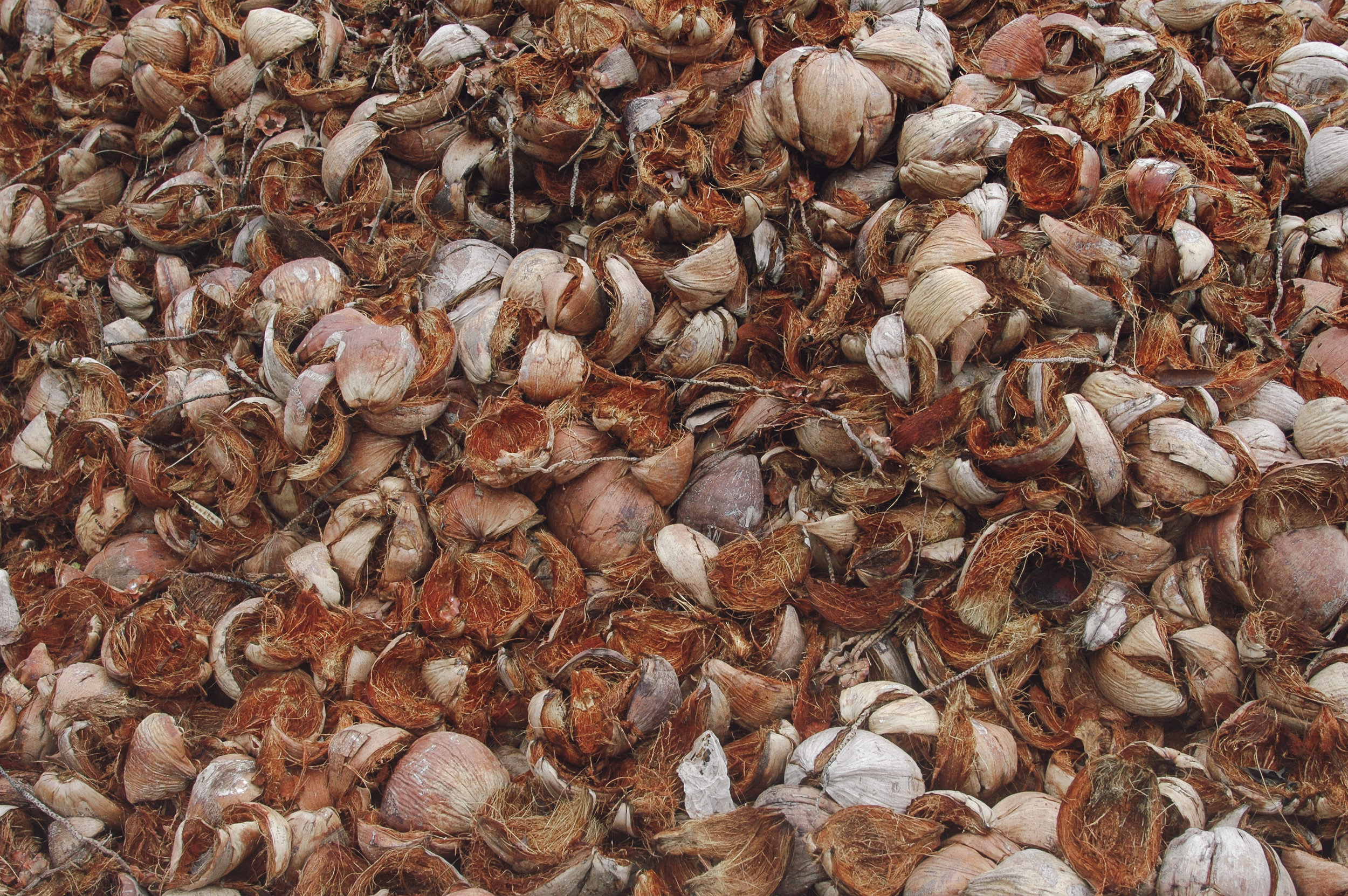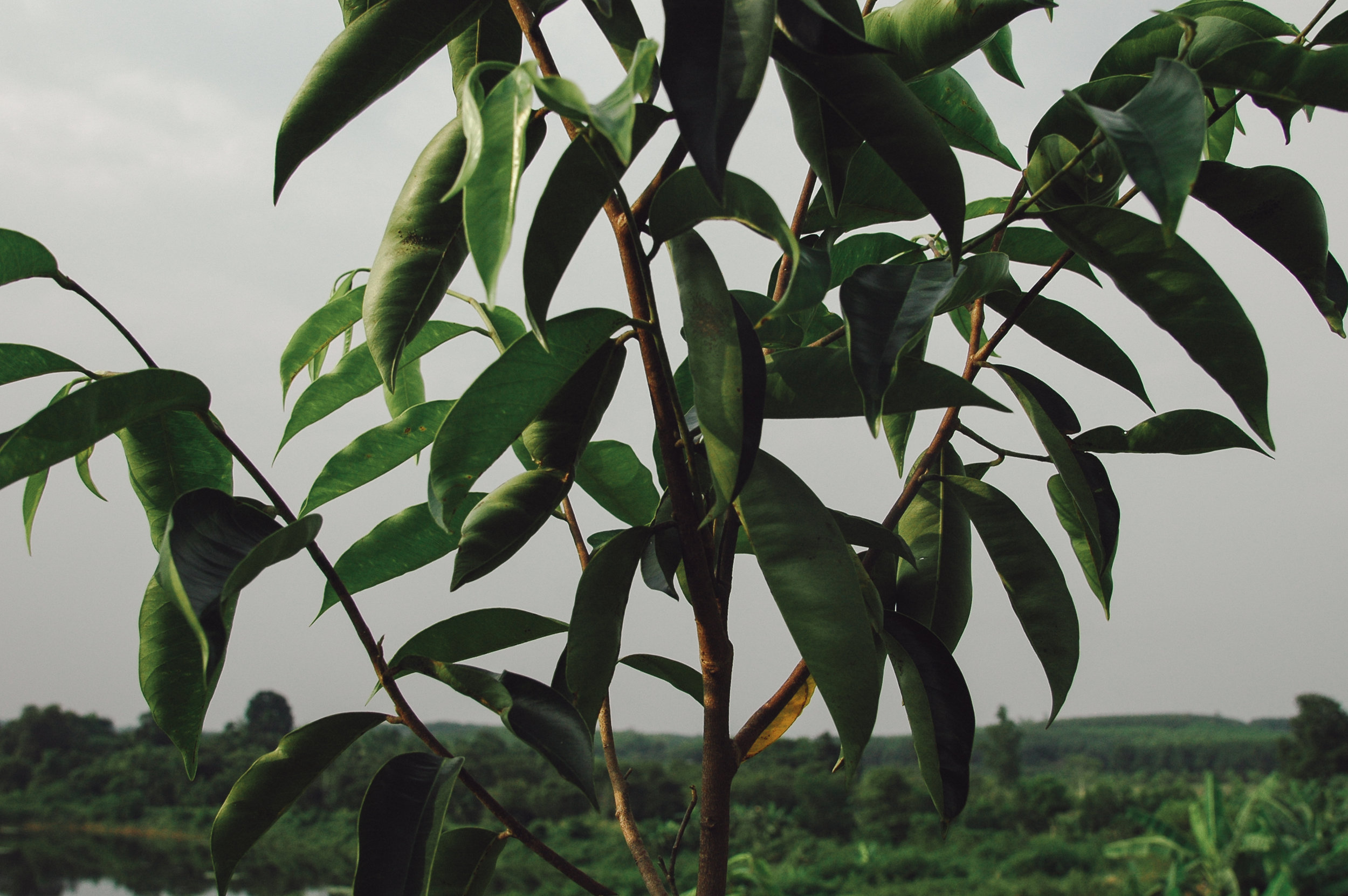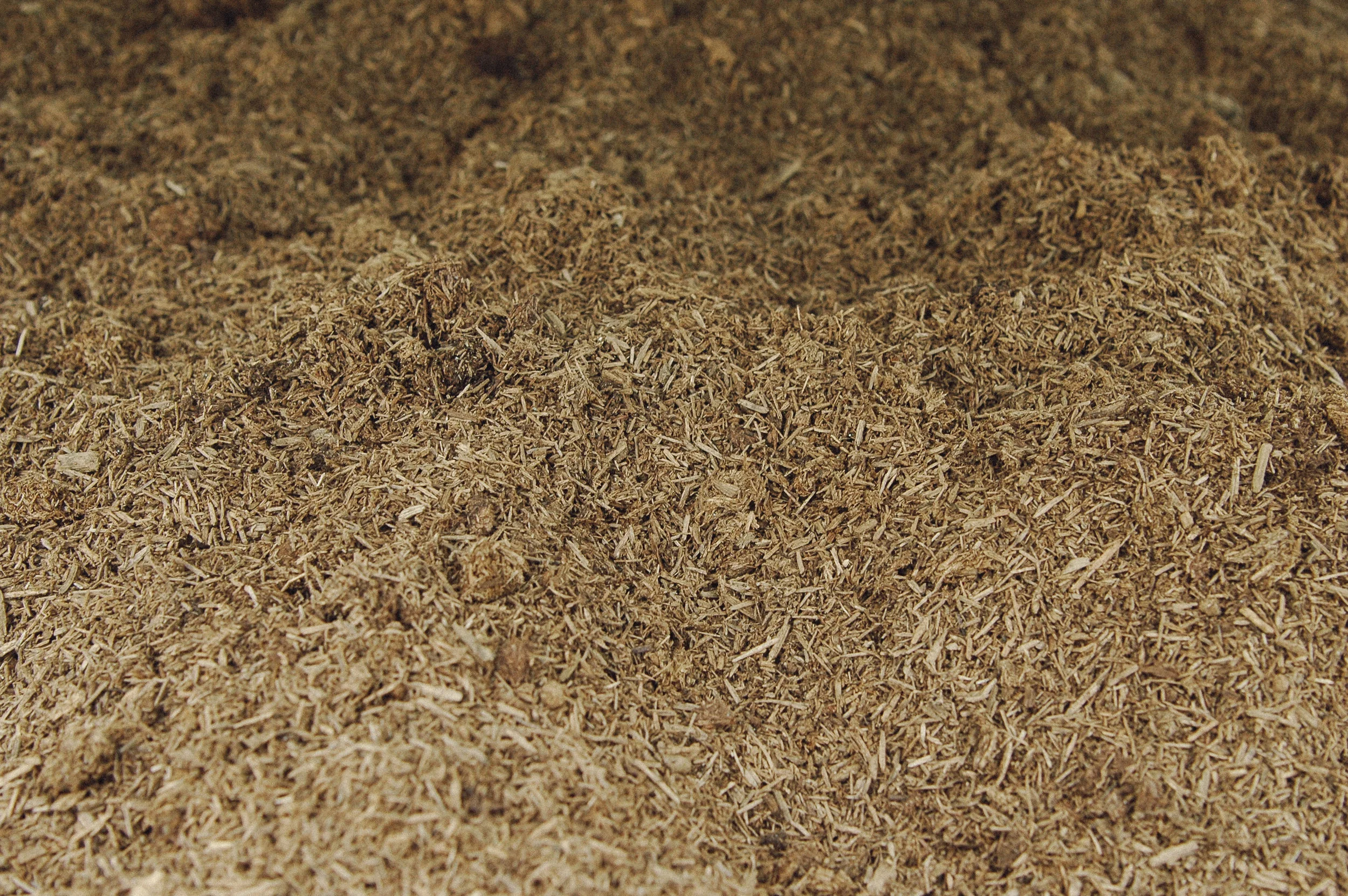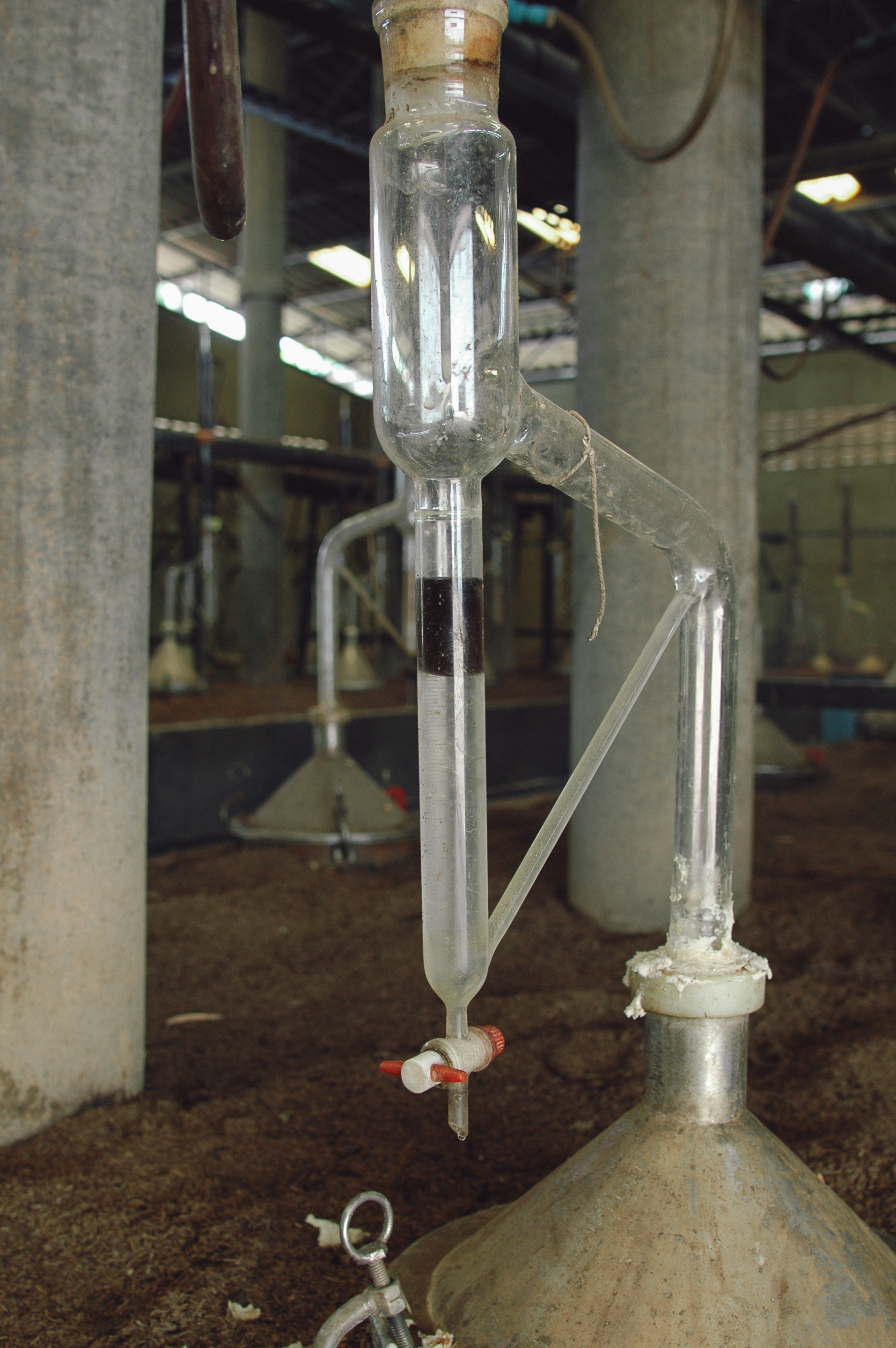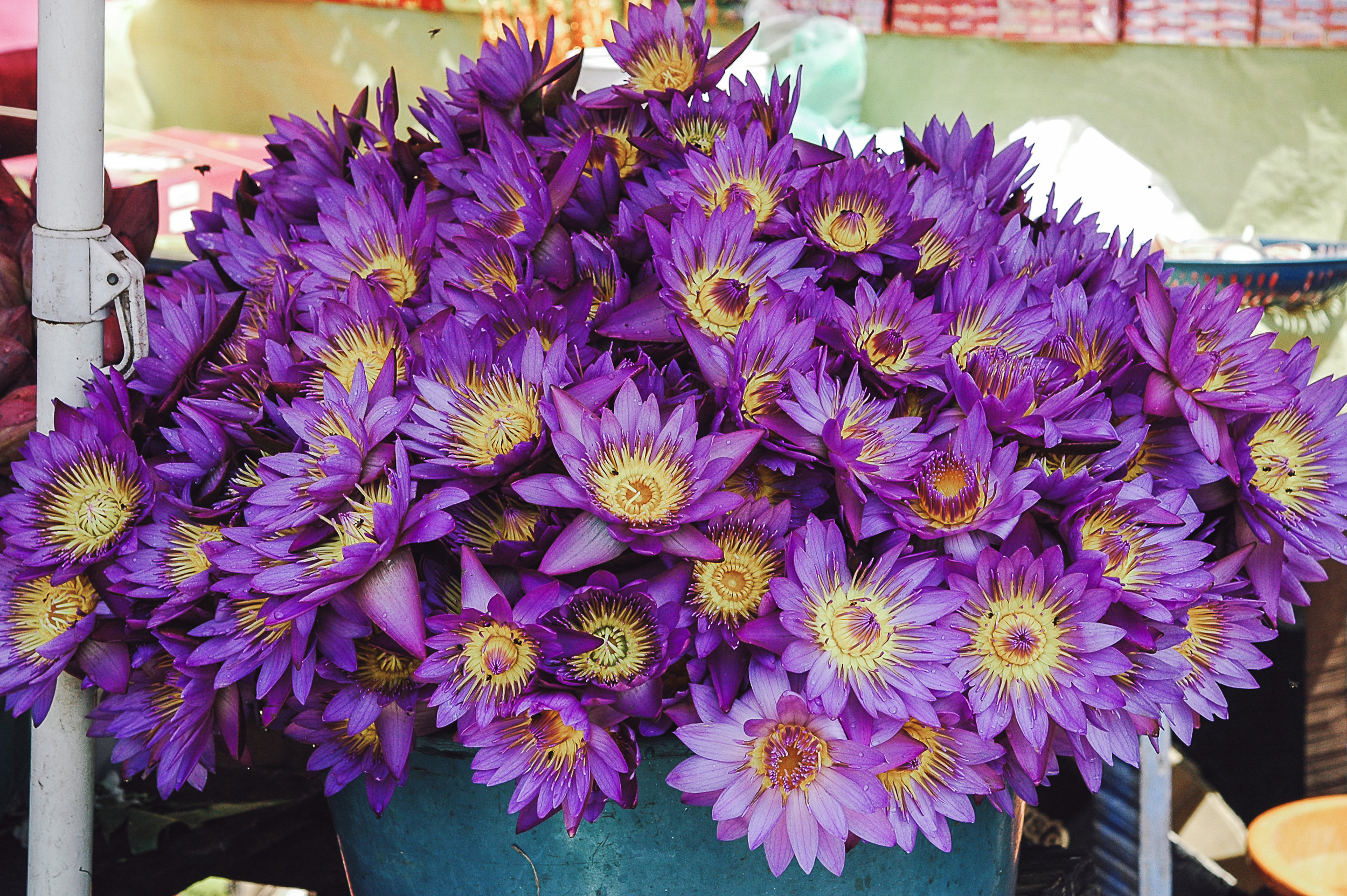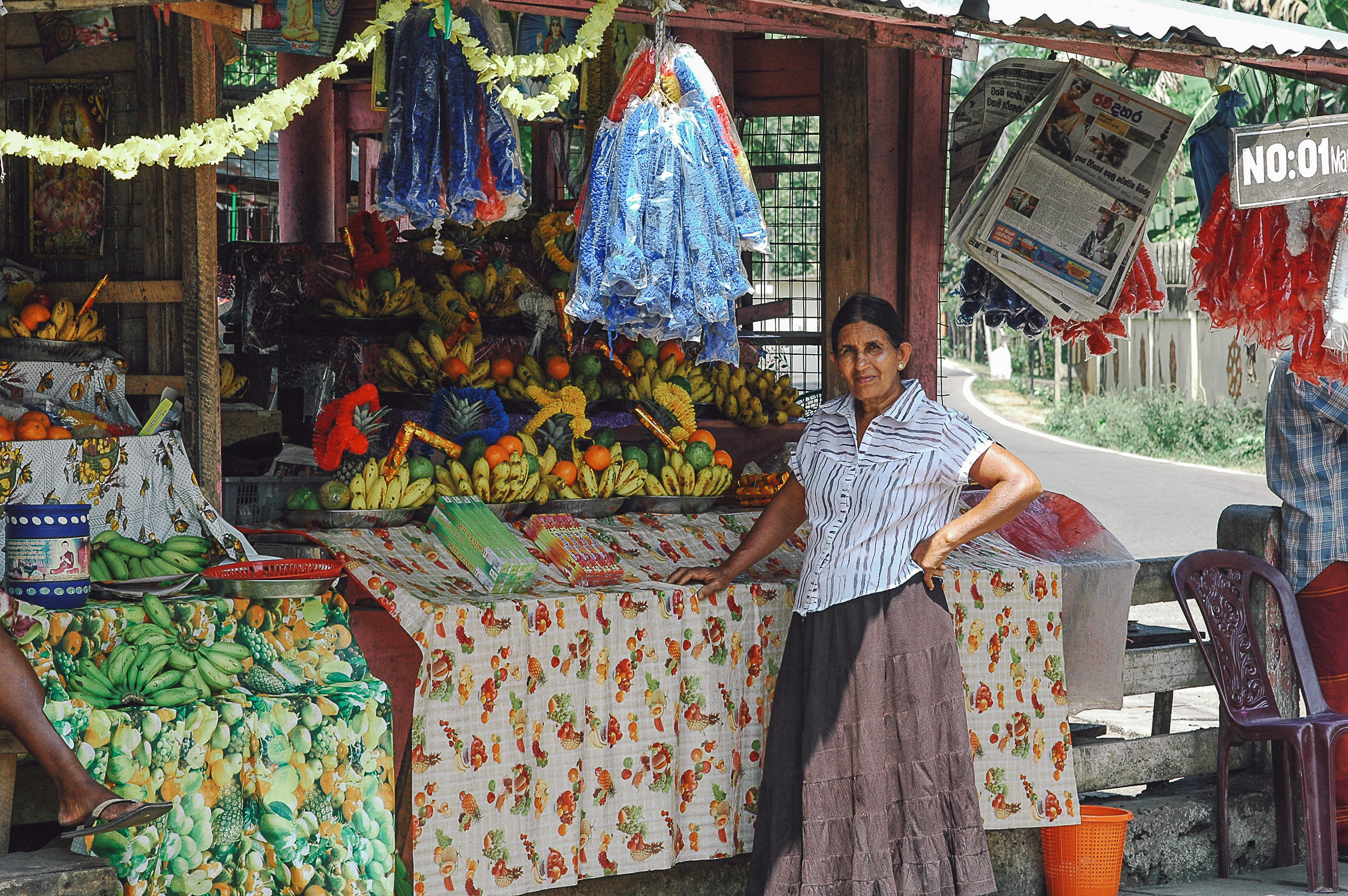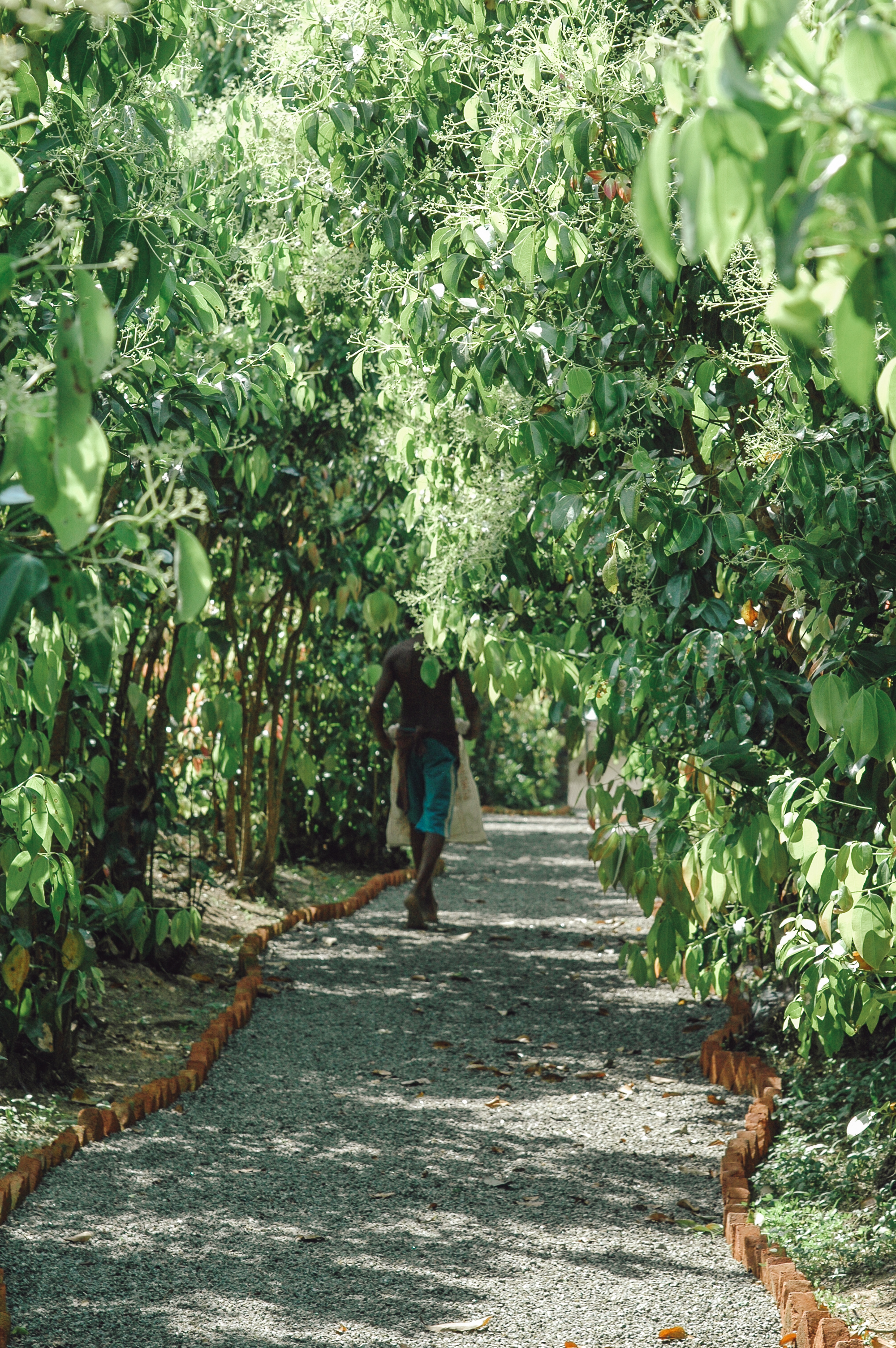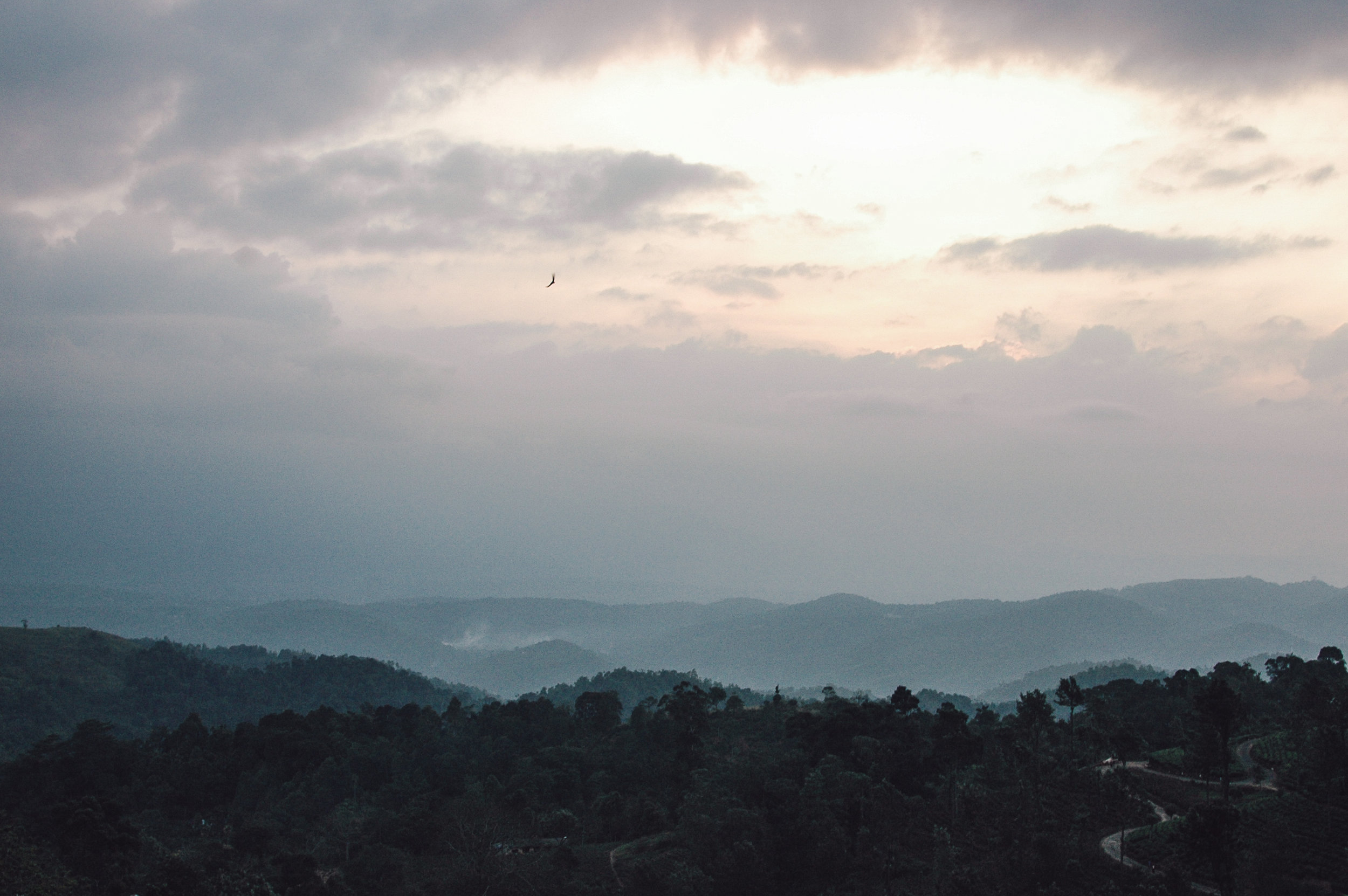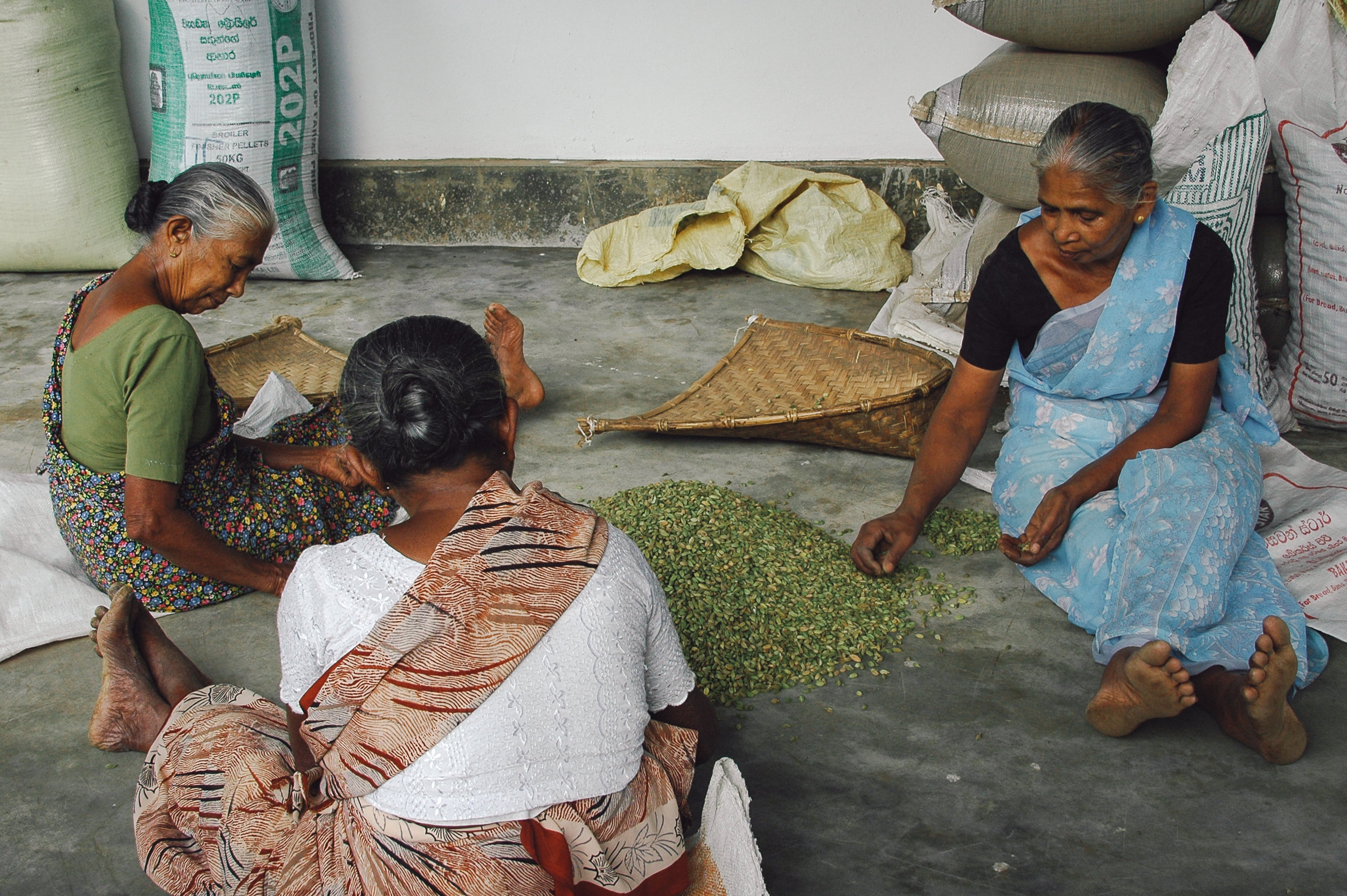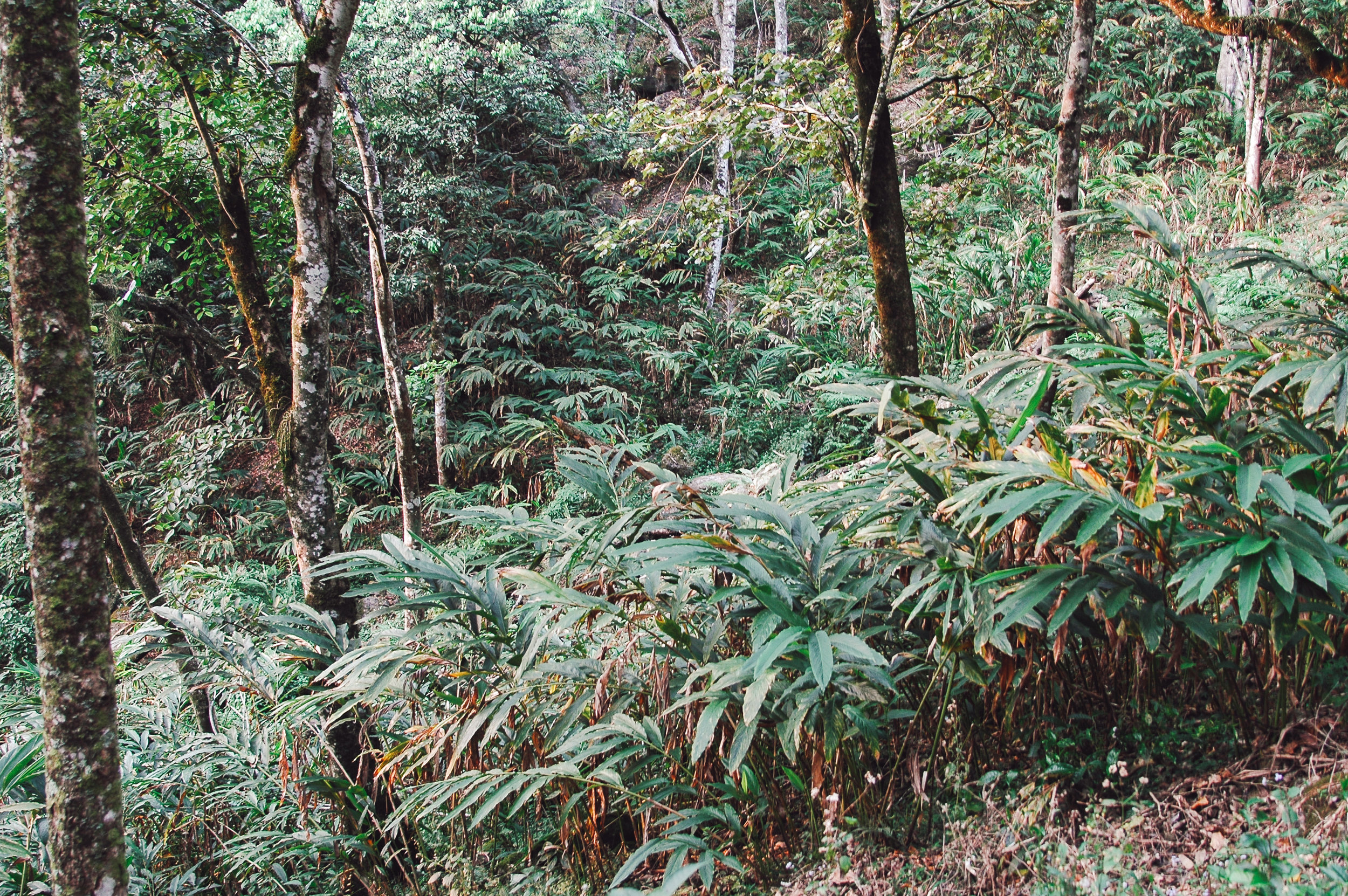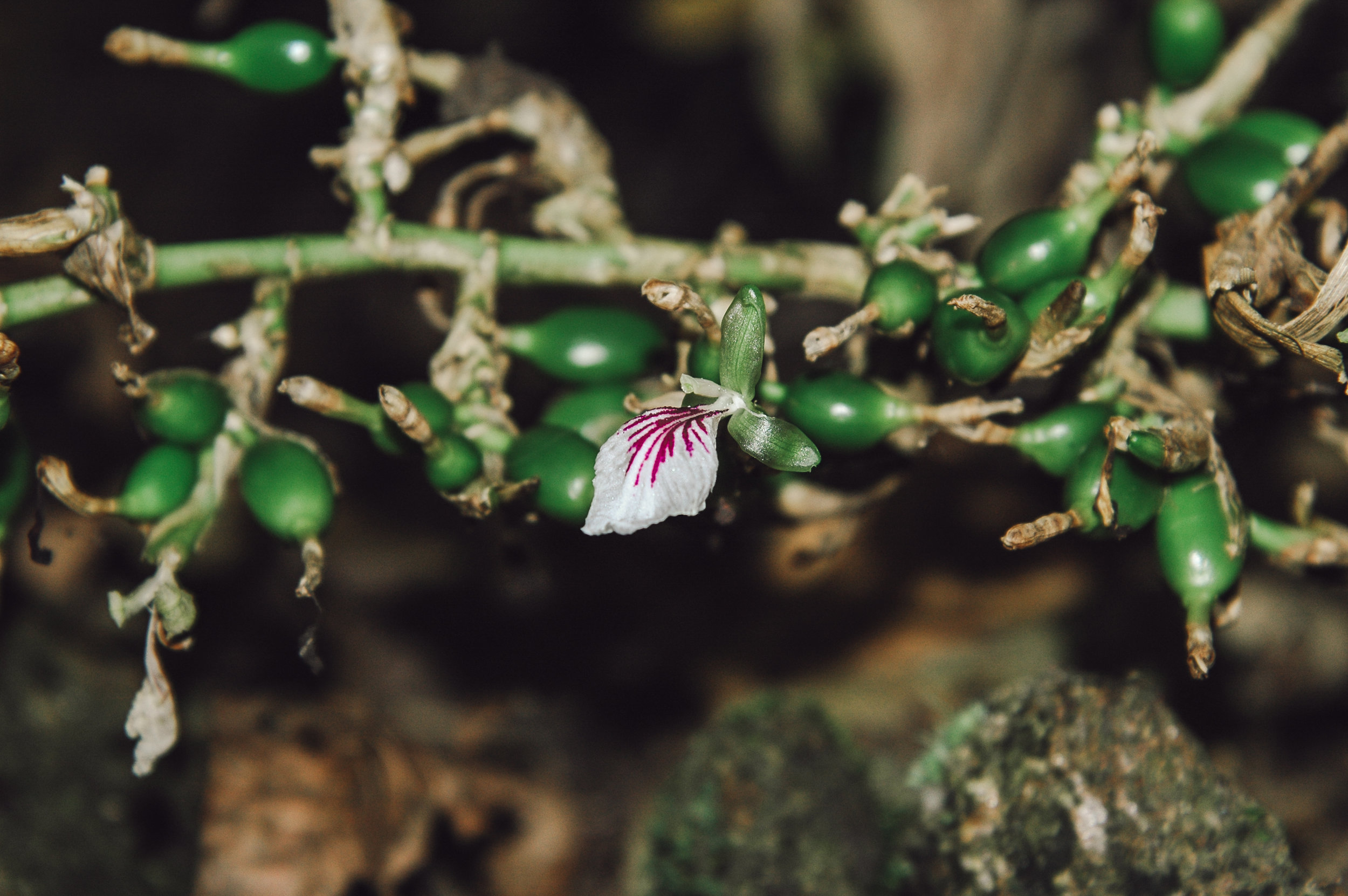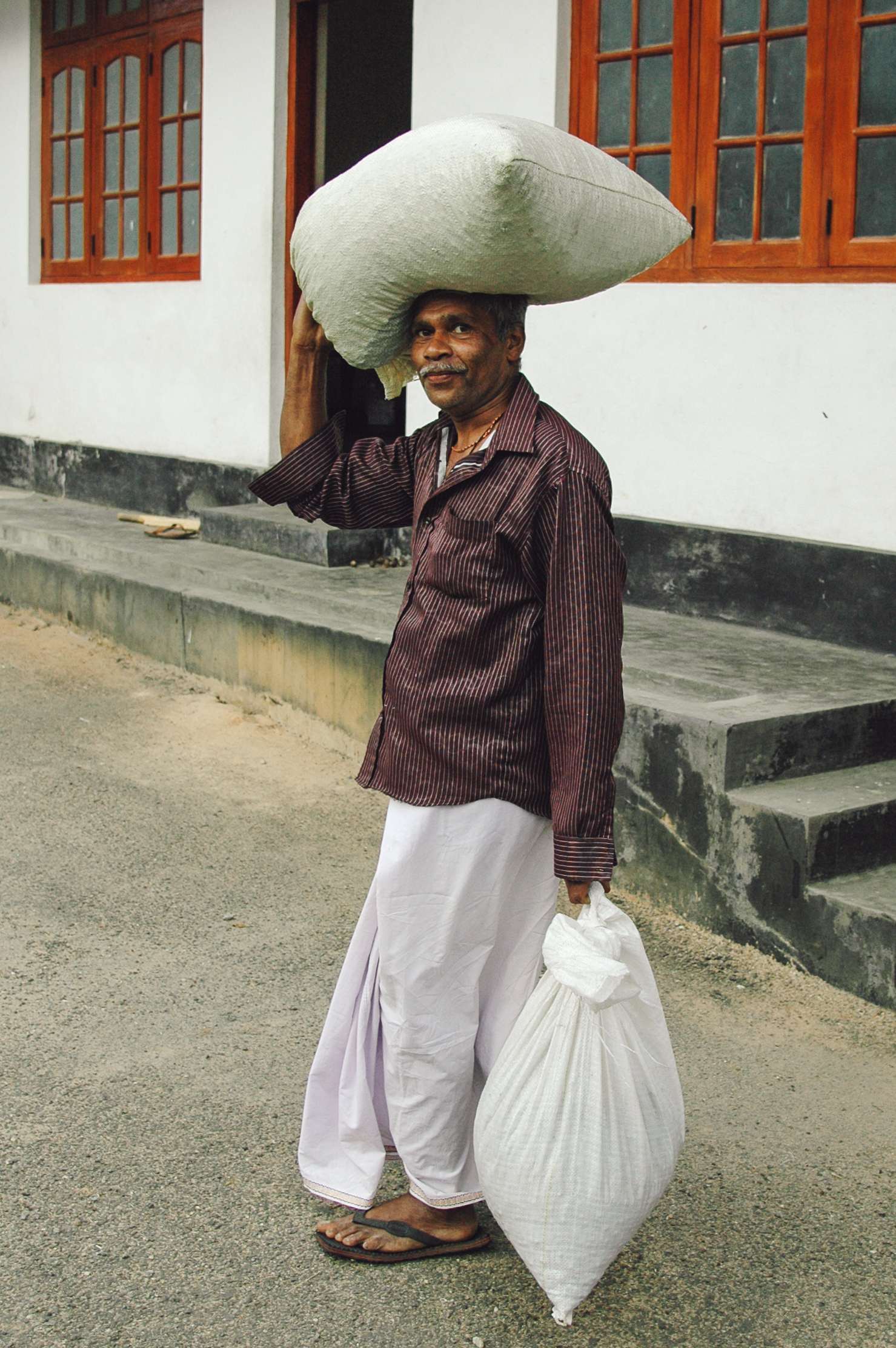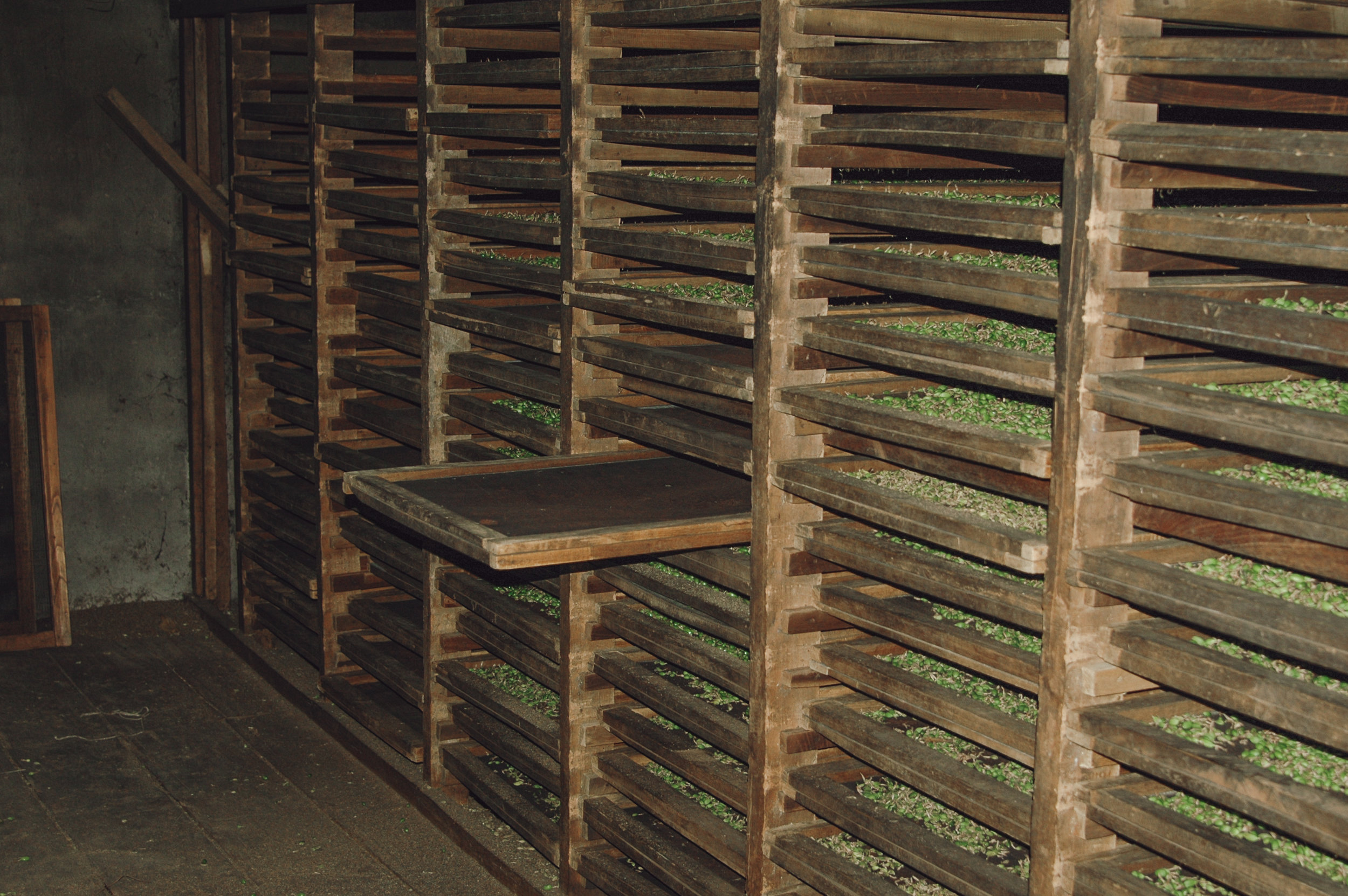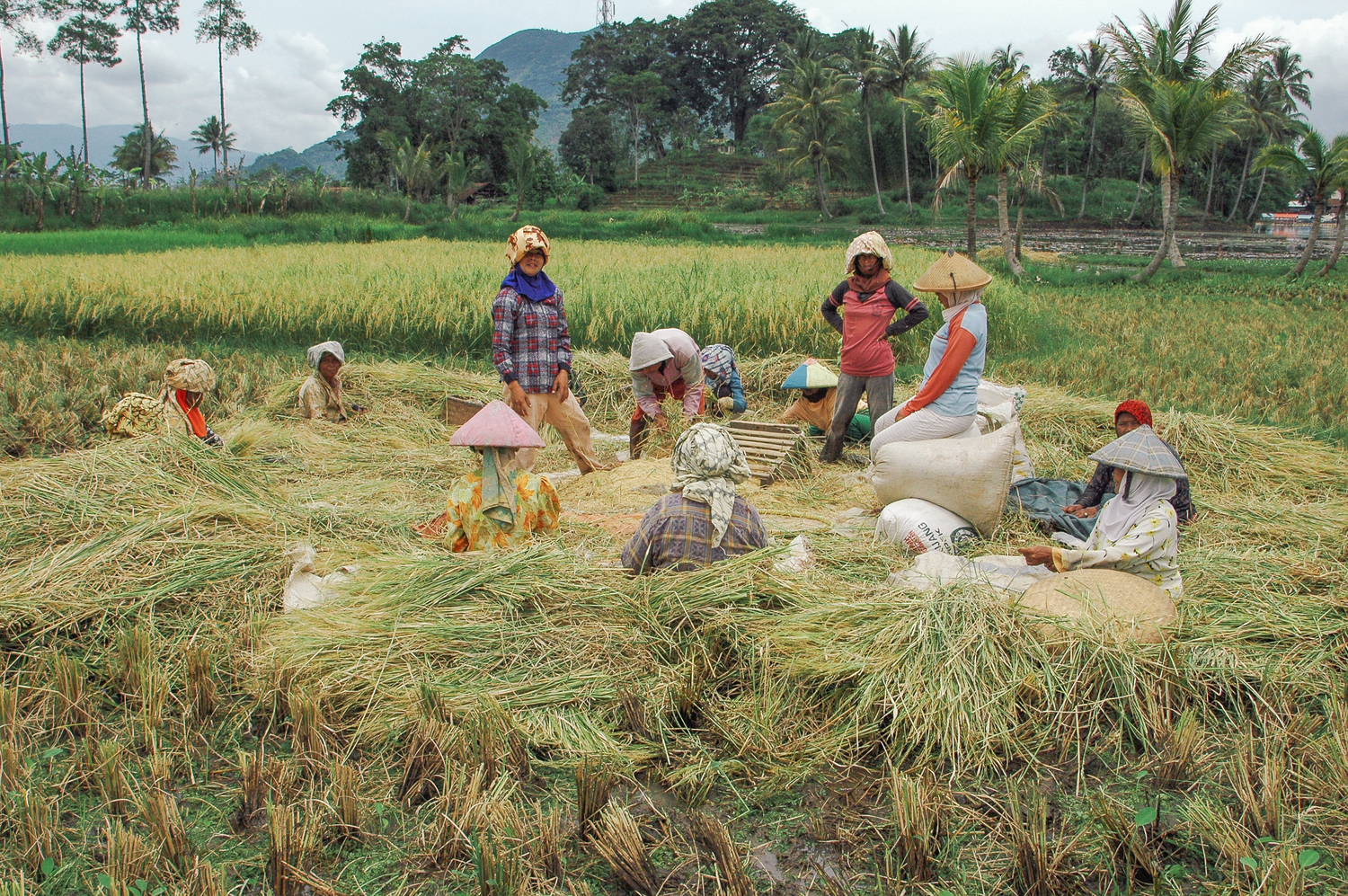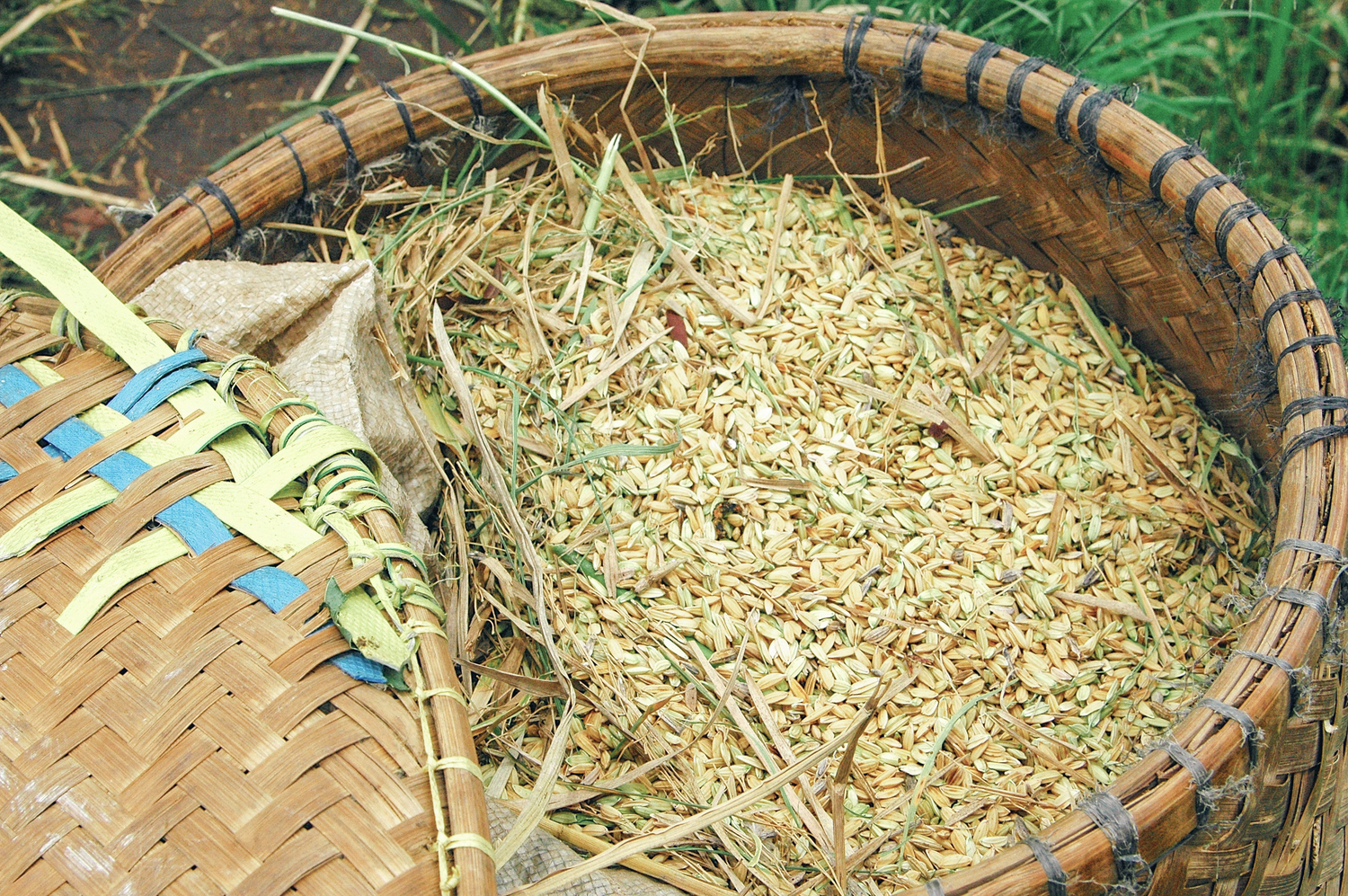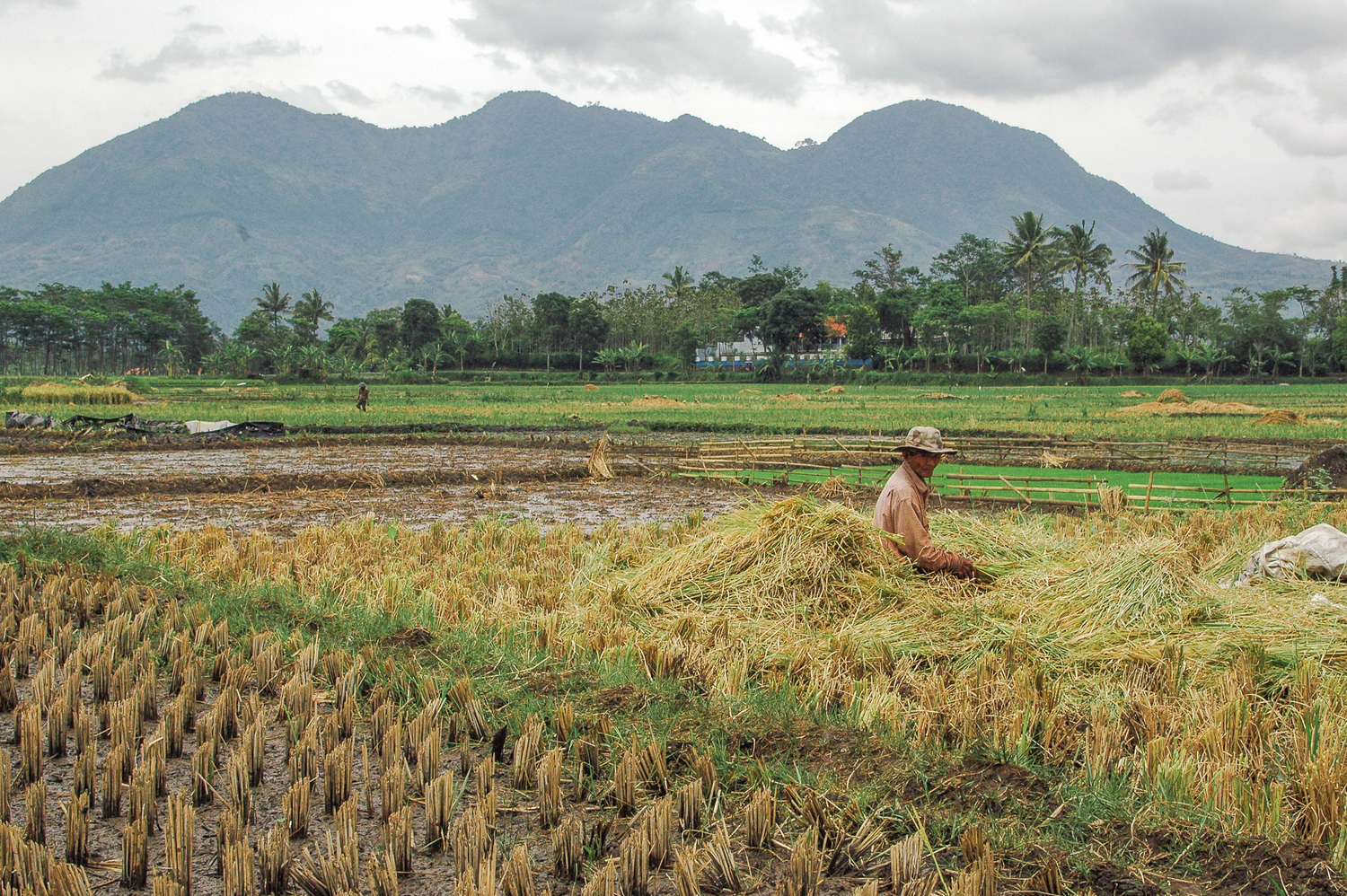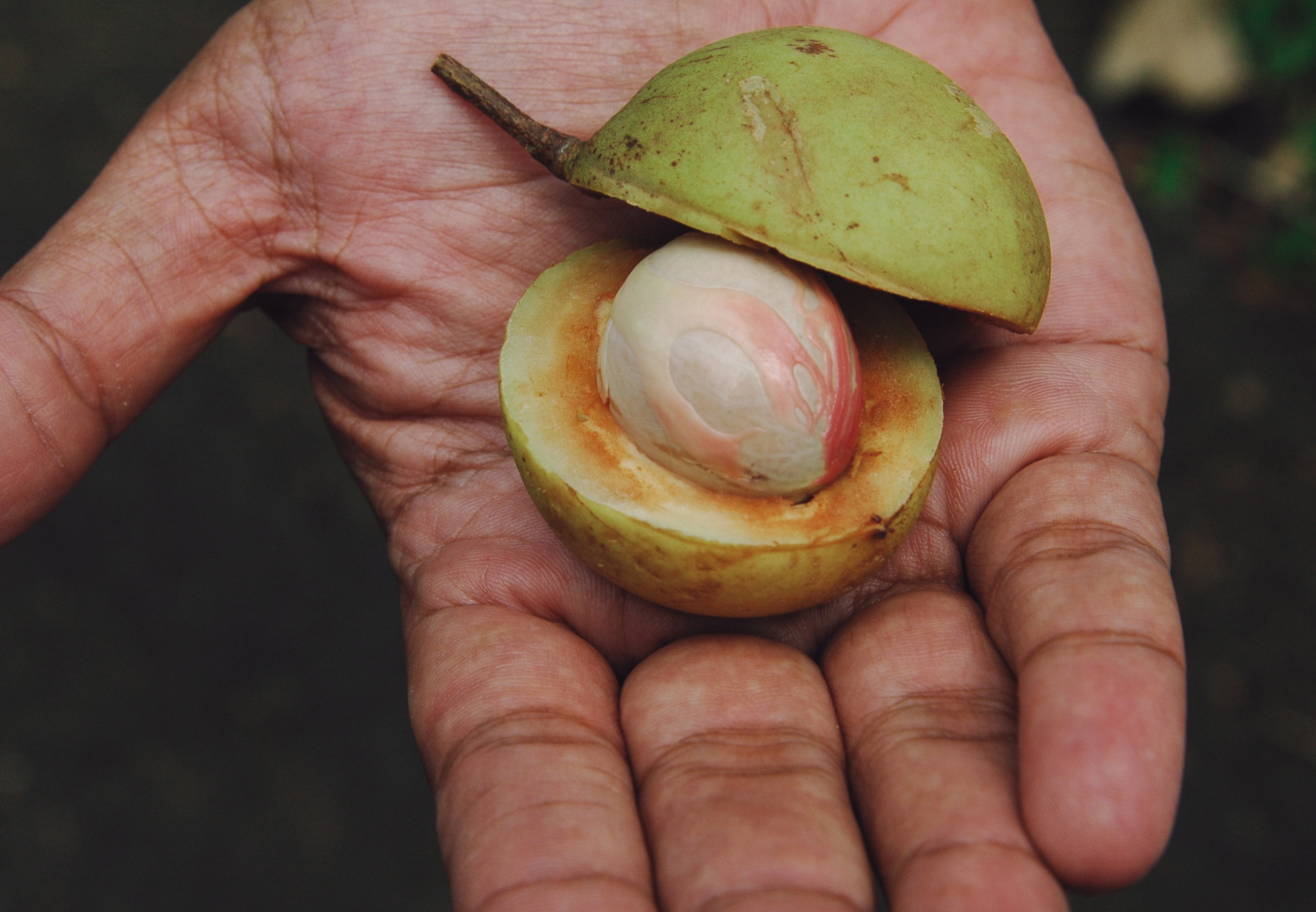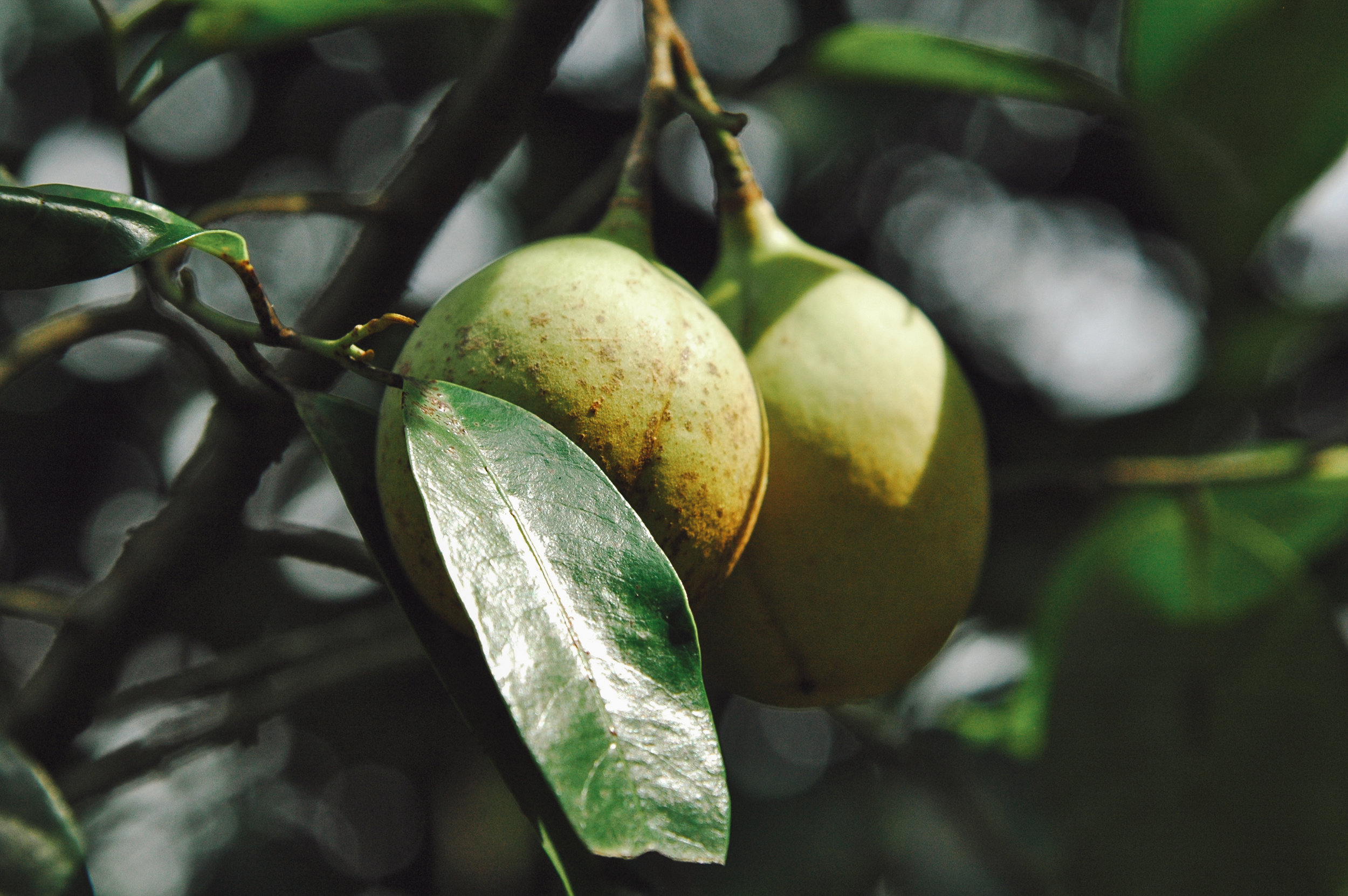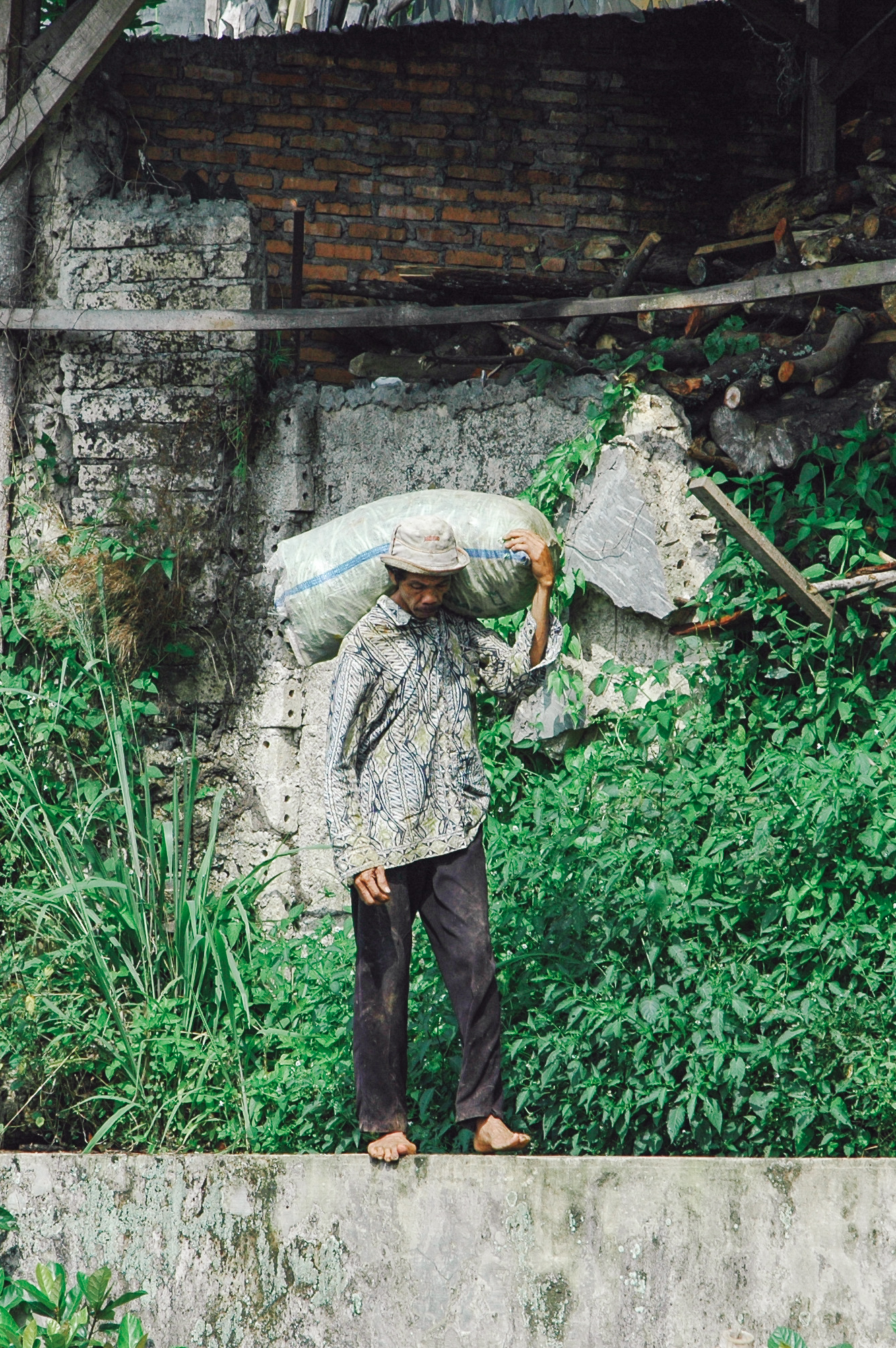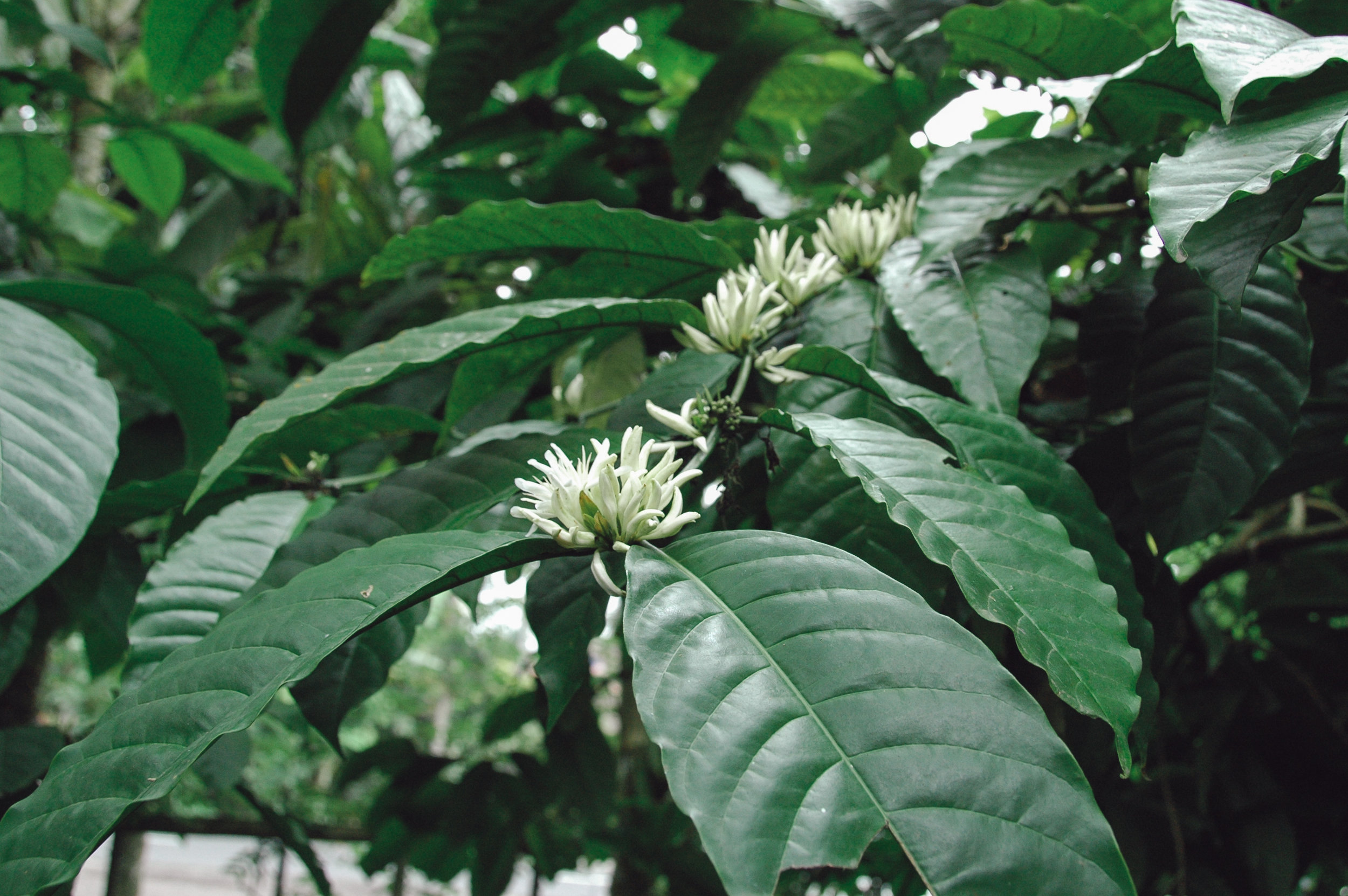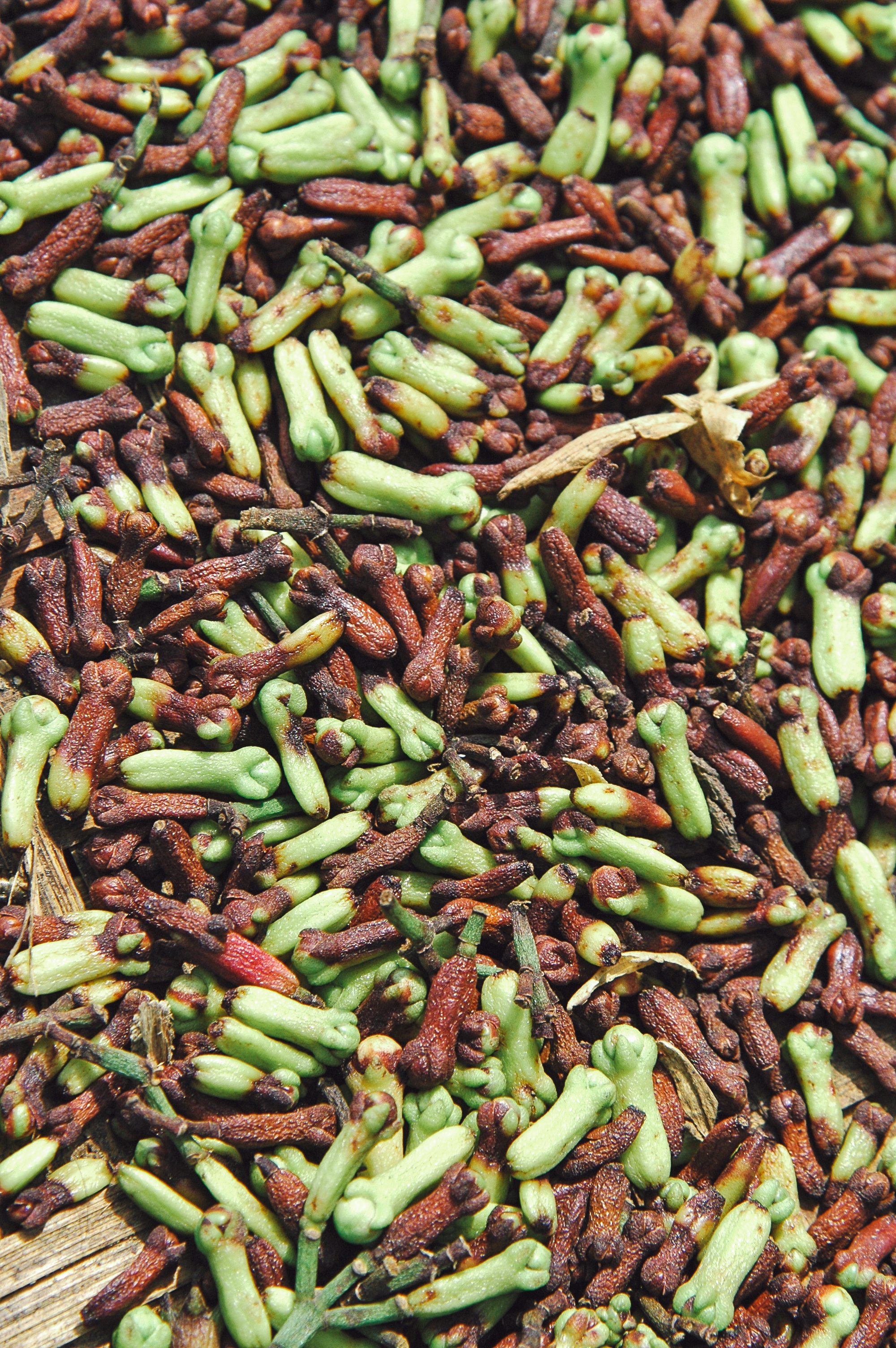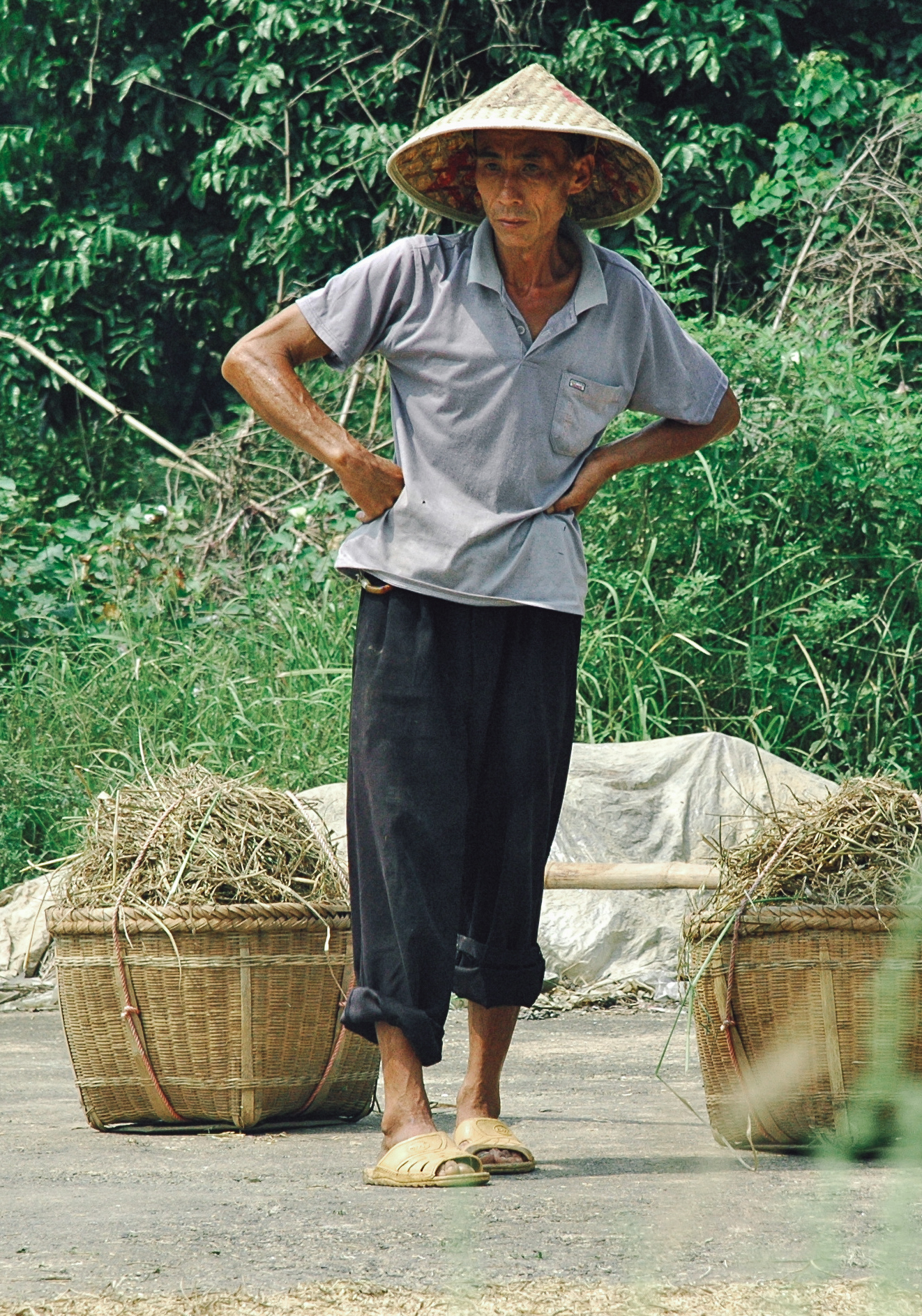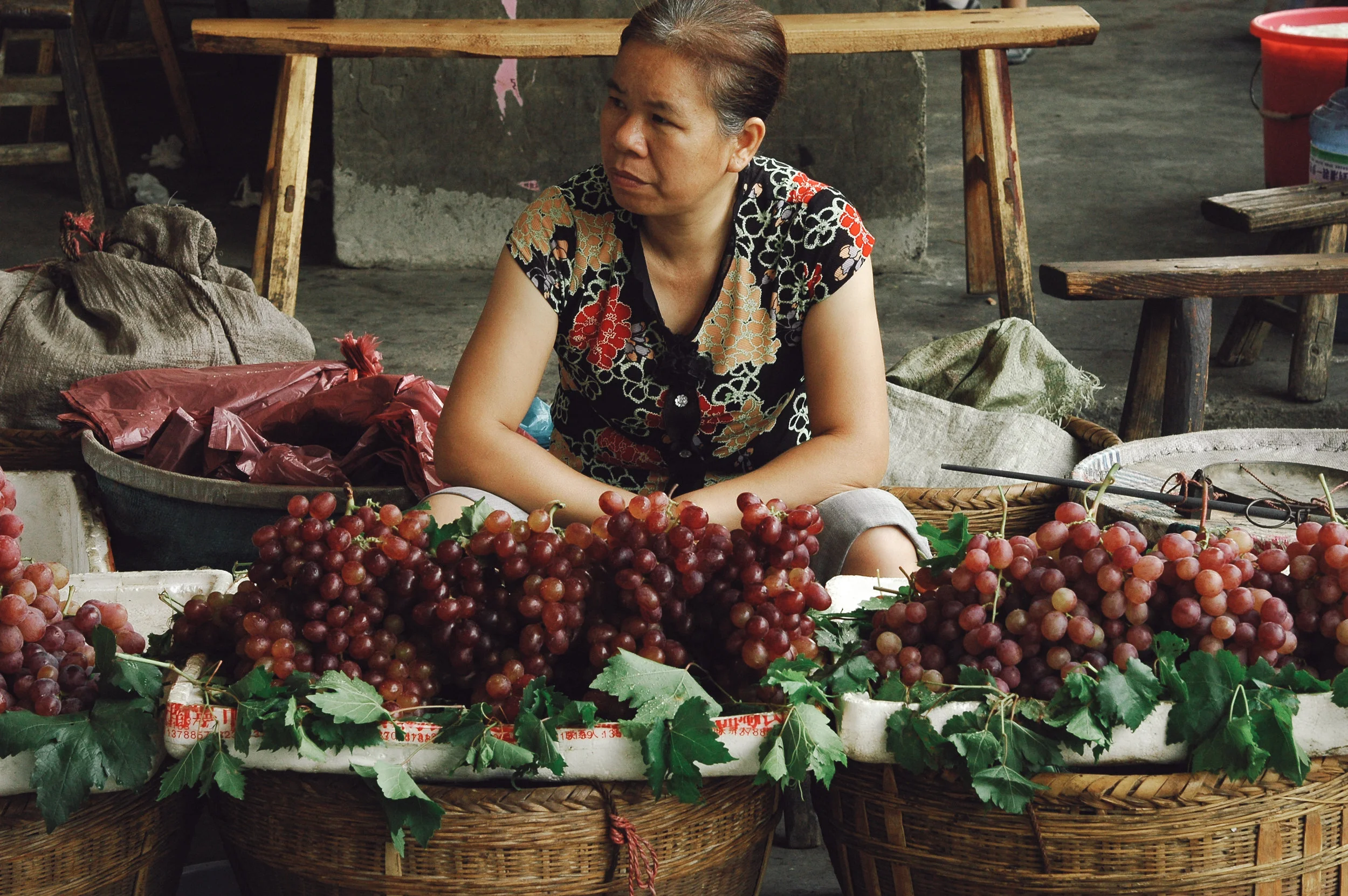Salalah — 17.0507° N, 54.1066° E
.
We have been driving for nearly an hour since we left the center of Salalah. The sinuous and steep road doesn’t stop climbing while the hum in my ears confirms the belief that we are gaining altitude. The landscape becomes more and more desert-like, the few green valleys have transformed into uniform rocks, grey and yellowish, flooded by a sun that seems to shine, every day, a little harder.
We pass a group of wild camels probably migrating to the better-promised lands that we have just left. Along an endless chain of stretched high mountains, I patiently observe kilometer after kilometer a horizon of relentless inertia. Our ascent is suddenly slowed down while we approach a checkpoint. Our proximity to the border of Yemen makes the security checks more frequent, and yet the concerns that jostle our world seem to have no more meaning in the midst of this harsh backdrop.
“The wadi is just a few kilometers away,” explains Mohammed reassuringly. The window half-open, a warm breeze crosses my face while a dry and arid scent runs through my nostrils. This hostile landscape, nevertheless fascinating, doesn’t suggest any sign of life. Overcome by the monotony of this lunar decor my mind goes blank. We leave the road to enter a seemingly invisible track, made of stone on a large area of dry ground. When suddenly, the mountains flatten out and reveal a vast plateau with unexpected green accents. I seem to have penetrated a forbidden kingdom, revealing in its heart the trees that I came to see and which have made the wealth of Oman; frankincense, the incense tree.
Mentioned in ancient history books, this tree that has gained immense fame in the world is known as Boswellia Sacra and grows wildly in the desert of Arabia and the highlands of Somalia. Described as ‘incense territory’, the Dhofar region of the Sultanate of Oman is today registered as a World Heritage site by UNESCO, and it is here that one of the finest quality resin has been collected since the dawn of time.
Mohammed is a young doctor born in Salalah. For several years, he has dedicated his studies to the knowledge of the benefits of frankincense, which he now often integrates in the practice of his profession. With passion and generosity, he introduces me to the wadi while telling me the story of this sacred tree that has helped his region become so renowned.
My olfactory trips have lead me to many parts of the world; while flowers, spices and woods remain in my memory, I realized that I was about to discover a resin in its wild environment for the very first time. In perfumery, frankincense essence possesses a rather heavy structure, undeniably oriental but at the same time very soft, both comforting and enveloping. And yet in the midst of this arid environment, I did not know what to expect anymore, in front of a nature that both welcomes and dominates us simultaneously.
As the track becomes impassable, we henceforth continue our journey on foot. Fascinated, I approach the trees that show a tortuous appearance as eroded by a too vigorous climate. Some leaves have gathered together in clumps at the tips of branches, seemingly trying to find safety in numbers from the harsh atmosphere, and which barely protect me from the oblique light of the late afternoon. The bark has a fine texture like ancient paper, and seems to crumble at every squall, or waves like flags as it is struck by the wind.
My curious nose awakens when I perceive an incision with a few brownish solidified drops of resin, and then the scent grabs me, sumptuous and improbable; a woody scent, quite mineral, with slight spicy accords. Mohammed then starts to bleed the trees, cutting the bark where it is thinnest to let flow a creamy froth, a milky sap that in a few seconds thickens, and coagulates upon contact with air and releases a simply wonderful fragrance... Just incised, the bark emits balsamic aromas, fresh, terpenic with a tenacious green note. I become intoxicated with the scents that surround me, comparing them from one tree to another, before realizing that it is actually the entire air of the wadi that is saturated with this delightful aroma.
The secretions of resin will actually be collected by hand three weeks later. Mohammed explains that the purest incense, white in color, is harvested in the autumn following the burning heat of the summer; as opposed to the red incense, which is gathered in the spring after winter incisions. Translucent drops will then be sorted following very strict quality control checks and criteria. There are four varieties of resin: hujari, najdi, shazri, shaabi; ranked similar to the manner of precious stones, according to their color and purity.
This aromatic resin emits, while burnt, a strong and pleasant fragrance that various religions from the Middle East and the Mediterranean basin have made great use of since Antiquity. Then considered as a vital element for the worship of gods, and exchanged for the same price of gold, part of the resin production was exported by caravans through Yemen and Saudi Arabia or by boat along the Red Sea. For centuries the incense routes have linked Dhofar to the rest of the world, and this trade has contributed to the grandeur and wealth of the region.
Over time, the roads have vanished into the sands of the desert and into the froth of the ocean, but it doesn’t matter in Oman, frankincense and the Boswellia Sacra, are part of the core identity of the country. Ever since man first discovered the frankincense tree, between them there has been an indelible link. Just like Mohammed, to the Dhofar inhabitant, this tree is a symbol that represents life. Because it is not just a tree, but a symbol of a history, a society and a geography. Thanks to this tree cities have emerged and civilizations have flourished throughout the centuries.
With a few drops of sticky resin in the palm of my hand, the nose fulfilled, my eyes are getting lost in the horizon. The silence in the desert, both beautiful and terrifying, starts playing with me, and amplifies the meandering thoughts in my head that want to defy any kind of chronology. Thinking of the former glory of this region then known as the ‘Happy Arabia’, I am imagining caravans, laden with scented treasures, which converge upon Mecca, Petra, Palmyra and Damascus... Coming here, walking on the incense route, it is raising the curls of a myth; one of a universal land representative of our origins, whose mystical scent never ceases to feed our souls.
*
Nous roulons depuis près d’une heure après avoir quitté le centre de Salalah. La route sinueuse et pentue ne cesse de grimper et le bourdonnement perceptible dans mes oreilles confirme que nous prenons de l’altitude. Le paysage lui se veut de plus en plus désert, les quelques vallées verdoyantes ont laissé place à une roche grise, jaunâtre et uniforme, inondée par un soleil qui nous semble rayonner chaque jour un peu plus fort.
Nous croisons une caravane de chameaux sauvages migrants probablement vers les terres plus promises que nous venons de dépasser. Le long d’une interminable chaîne de hautes montagnes étirées, j’observe patiemment, kilomètres après kilomètres, un horizon implacable d’inertie. Notre ascension se trouve soudainement ralentie à l’approche d’un check-point. Notre proximité avec la frontière du Yémen rend les contrôles de sécurité de plus en plus fréquents, et pourtant les préoccupations qui bousculent notre monde me semblent n’avoir plus aucun sens au milieu de cet affront d’horizons.
“Le wadi n’est plus qu’à quelques kilomètres” me lance Mohammed d’un air rassurant. La fenêtre entrouverte une brise chaude m’éclabousse le visage tandis qu’un parfum sec et aride parcourt mes narines. Ce paysage hostile, et néanmoins fascinant, ne laisse présager le moindre signe de vie. Gagnée par la monotonie d’un décor lunaire mon esprit se vide. Nous quittons alors la route pour nous enfoncer sur une piste invisible, là où tout n’est qu’étendue de pierres sur une terre asséchée. Quand soudain, les montagnes s’aplatissent et dévoilent un vaste plateau aux touches de vert inespérées. Il me semble avoir pénétré un royaume interdit révélant en son cœur les arbres que je suis venue voir et qui ont fait la richesse d’Oman: le frankincense, l’arbre à encens.
Mentionné dans les plus anciens livres d’Histoire, cet arbre qui a acquis une immense renommée dans le monde entier est connu sous le nom de Boswellia sacra et pousse à l’état sauvage dans le désert d’Arabie et sur les hauts plateaux de Somalie. Qualifiée de “Territoire de l’encens”, la région du Dhofar du sultanat d’Oman est aujourd’hui inscrite au patrimoine mondial de l’UNESCO et c’est ici qu’on recueille, pour ainsi dire depuis la nuit des temps, l’une des plus belles qualités de résine.
Mohammed est un jeune médecin né à Salalah. Durant plusieurs années, il dédia ses études à la connaissance des bienfaits de l’encens, qu’il intègre aujourd’hui aisément dans la pratique de sa profession. Avec passion et générosité, il se plait à me faire découvrir le wadi tout en me racontant l’histoire de cet arbre sacré qui a fait la renommée de son pays.
La piste devenue impraticable, nous avançons désormais à pied. Littéralement fascinée, je m’approche de ces arbres à l’allure tortueuse qui semblent rongés par un climat trop rigoureux. Quelques feuilles rassemblées en touffes au bout des branches me protègent à peine de la lumière rasante de l’après-midi avancé. L’écorce à la texture fine comme du papier, semble s’effriter à chaque bourrasque et ondule comme des drapeaux frappés par le vent.
Mon nez curieux s’émoustille alors que j’aperçois une incision d’où perlent quelques gouttes de résine brunâtre solidifiée, et soudain le parfum me saisit, somptueux et improbable. Une odeur boisée, assez minérale, aux aspects légèrement épicés. Mohammed s’attèle alors à faire saigner les arbres, trancher l’écorce là où elle est la plus mince pour laisser jaillir une écume onctueuse, une sève laiteuse qui en quelques
secondes, s’épaissit, coagule au contact de l’air et libère un parfum merveilleux... Tout juste incisée, l’écorce dégage des effluves balsamiques, fraîches, terpéniques avec une note verte tenace. Je me saoule des odeurs qui m’entourent, les comparant d’un arbre à un autre, avant de réaliser que désormais c’est l’air du wadi tout entier qui est saturé.
Les sécrétions de résine seront collectées à la main trois semaines plus tard. Il m’explique que l’encens le plus pur, de couleur blanche, est récolté en automne, après les ardentes chaleurs de l’été; par opposition à l’encens roux, recueilli au printemps à la suite des incisions hivernales. Les gouttes translucides seront alors triées selon des critères de qualité très stricts. Il existe quatre variétés de résine: hujari, najdi, shazri, shaabi, que l’on classe, à la manière des pierres précieuses, en fonction de leur couleur et de leur pureté.
La résine aromatique dégage lorsqu’on la brûle un parfum fort et agréable, dont les diverses religions du Moyen-Orient et du bassin méditerranéen ont fait grand usage depuis l’Antiquité. Considérée alors comme un élément indispensable pour le culte des dieux et échangée pour le même prix que l’or, une partie de la production de résine était exportée par caravane à travers le Yémen et l’Arabie Saoudite ou par bateau le long de la mer Rouge. Pendant des siècles les routes de l’encens relièrent le Dhofar au reste du monde et ce commerce contribua à la grandeur et à la fortune de la région.
Au fil du temps, les routes se sont évanouies dans les sables du désert et dans l’écume de l’océan, mais qu’importe à Oman, l’encens et sa source, le Boswellia Sacra, font partie de l’identité même du pays. Depuis toujours, l’homme a connu l’arbre à encens et, entre eux, s’est noué un lien particulier. A l’image de Mohammed, pour l’habitant du Dhofar, cet arbre est un symbole qui représente la vie. Car il ne s’agit pas simplement d’un arbre, mais d’une histoire, d’une société et d’une géographie. Grâce à lui des villes ont vu le jour et des civilisations ont prospéré au long des siècles.
Quelques gouttes de résine collante au creux de la main, le nez comblé, mes yeux se perdent alors à l’horizon. Le silence du désert, magnifique et terrifiant, commence à se jouer de moi et amplifie l’engouement de mes pensées qui semblent vouloir défier toute chronologie. Songeant au lustre d’antan de cette région qu’on surnommait alors « l’Arabie heureuse », je me plait à imaginer au loin des caravanes, chargées d’aromates, qui convergent vers La Mecque, Petra, Palmyre et Damas... Venir ici, marcher sur la route de l’encens c’est soulever les volutes d’un mythe ; celui d’une terre universelle représentative de nos origines et dont le parfum mystique n’a jamais cessé de nourrir nos âmes.
*
HARVEST SEASON | September to June
SHOP | Al-Husn Souq, Salalah
WEAR | Incense & Cedrat Cologne, Jo Malone
